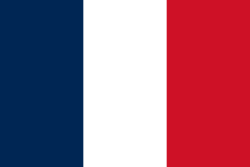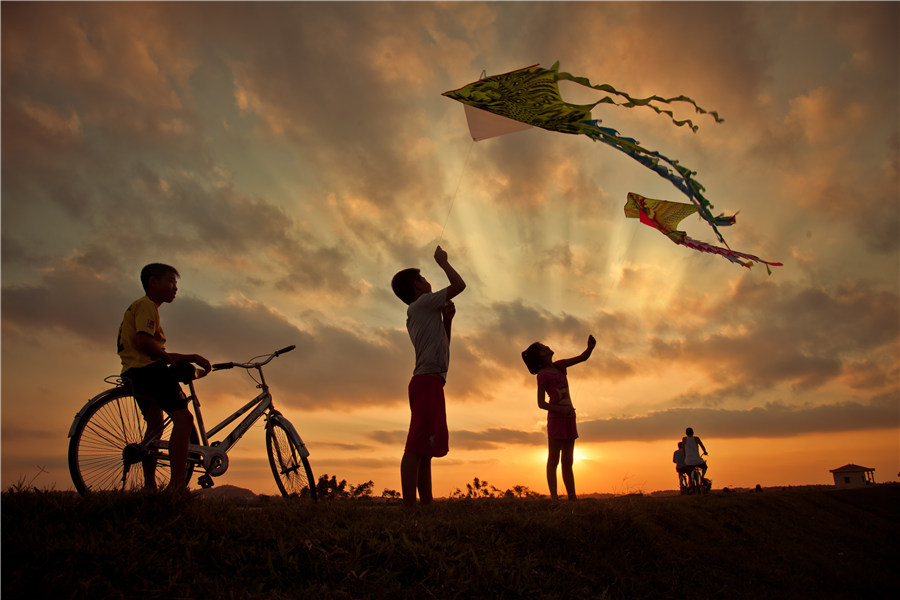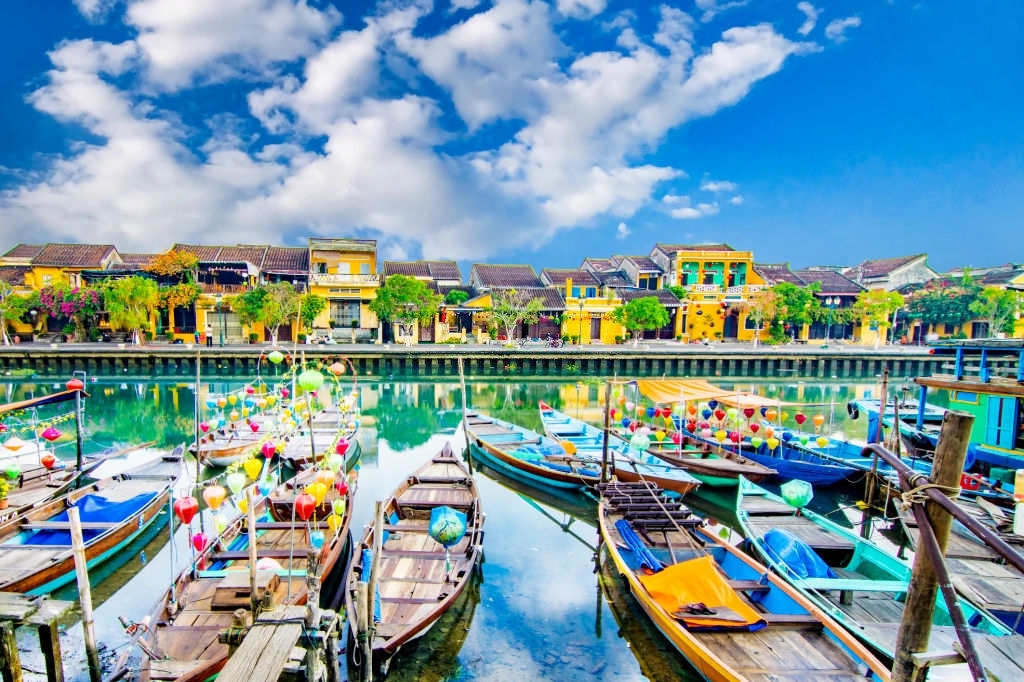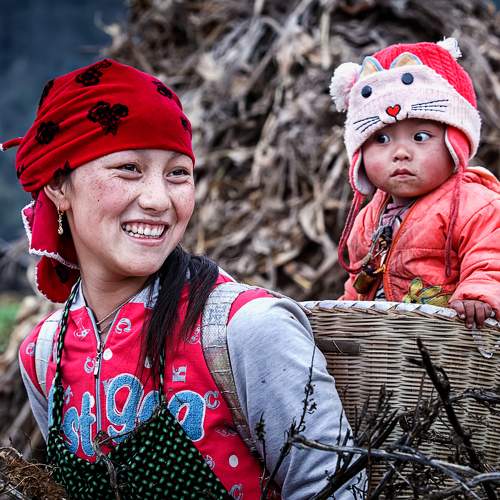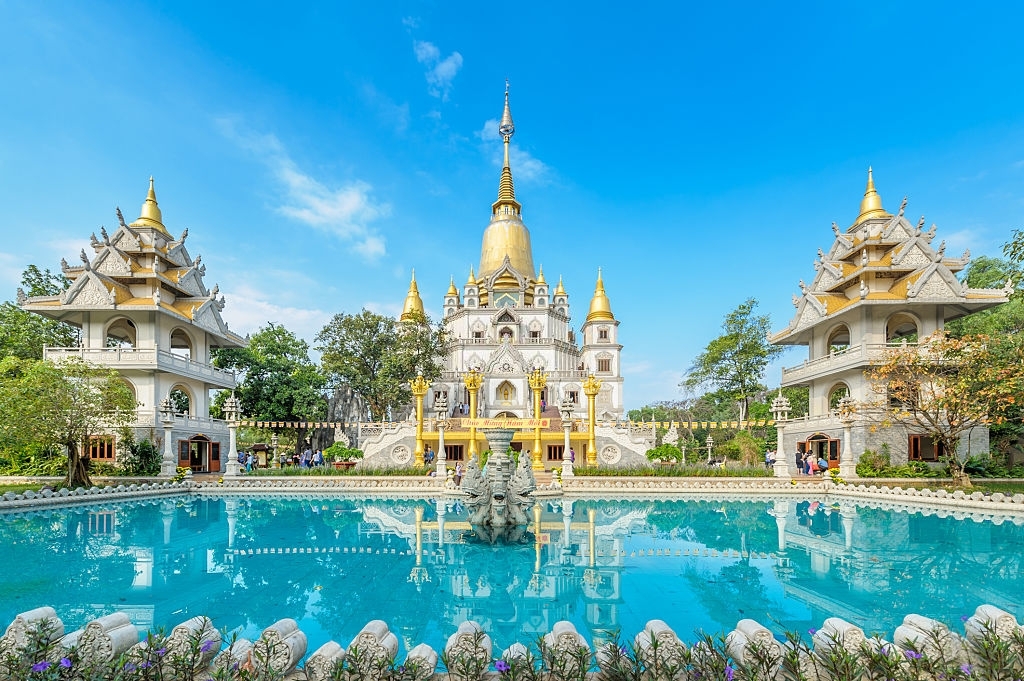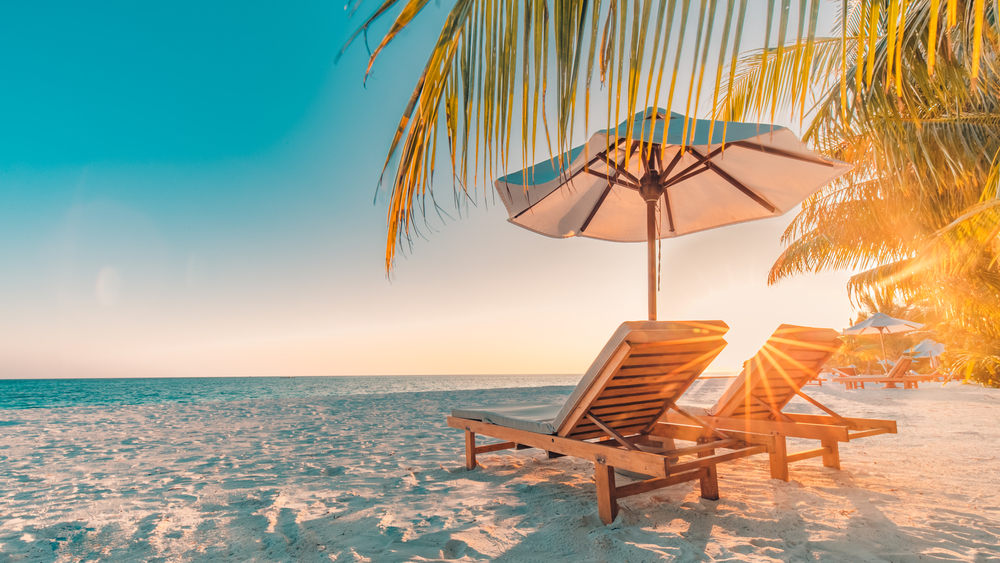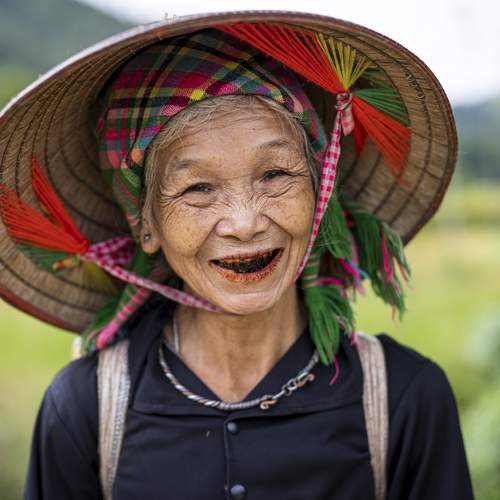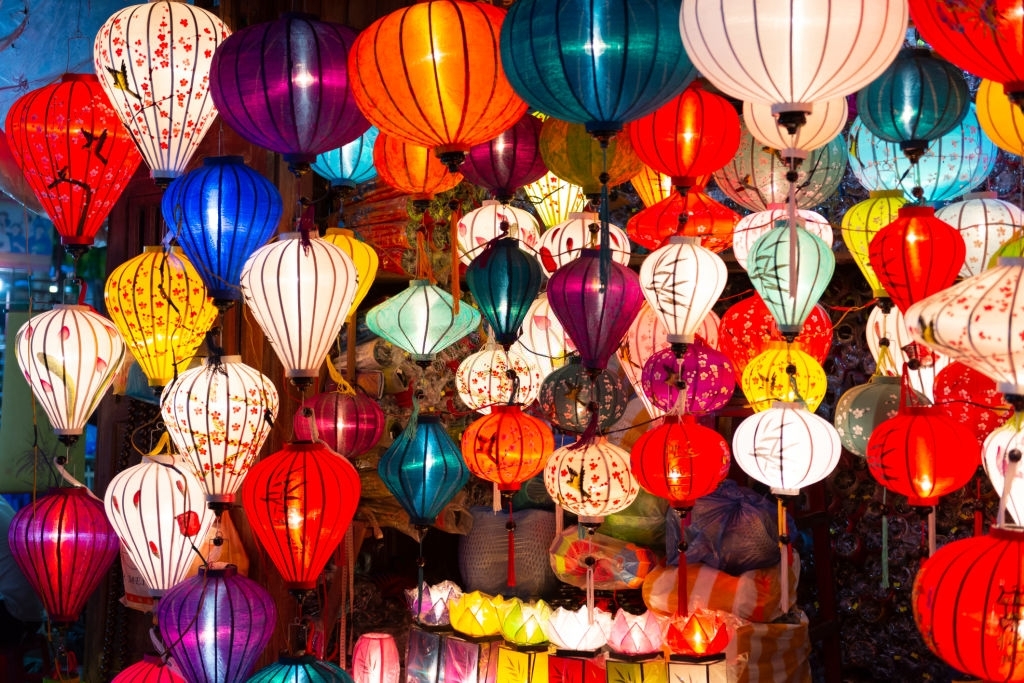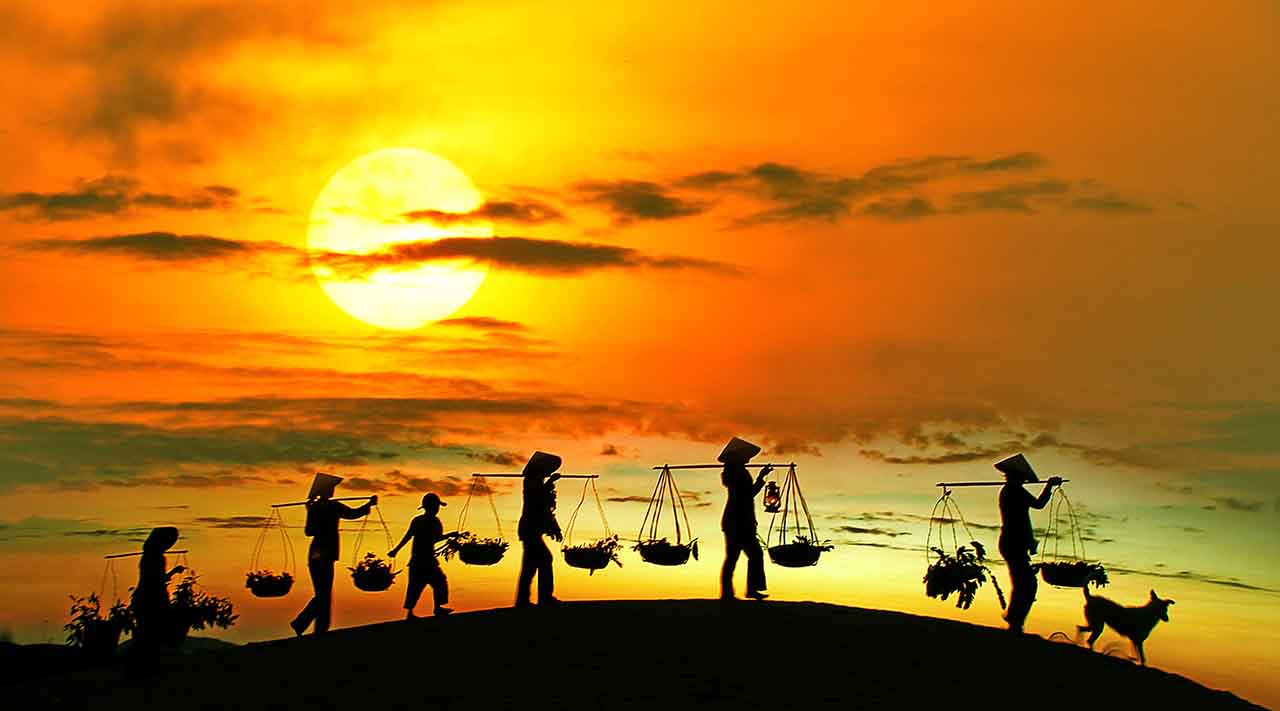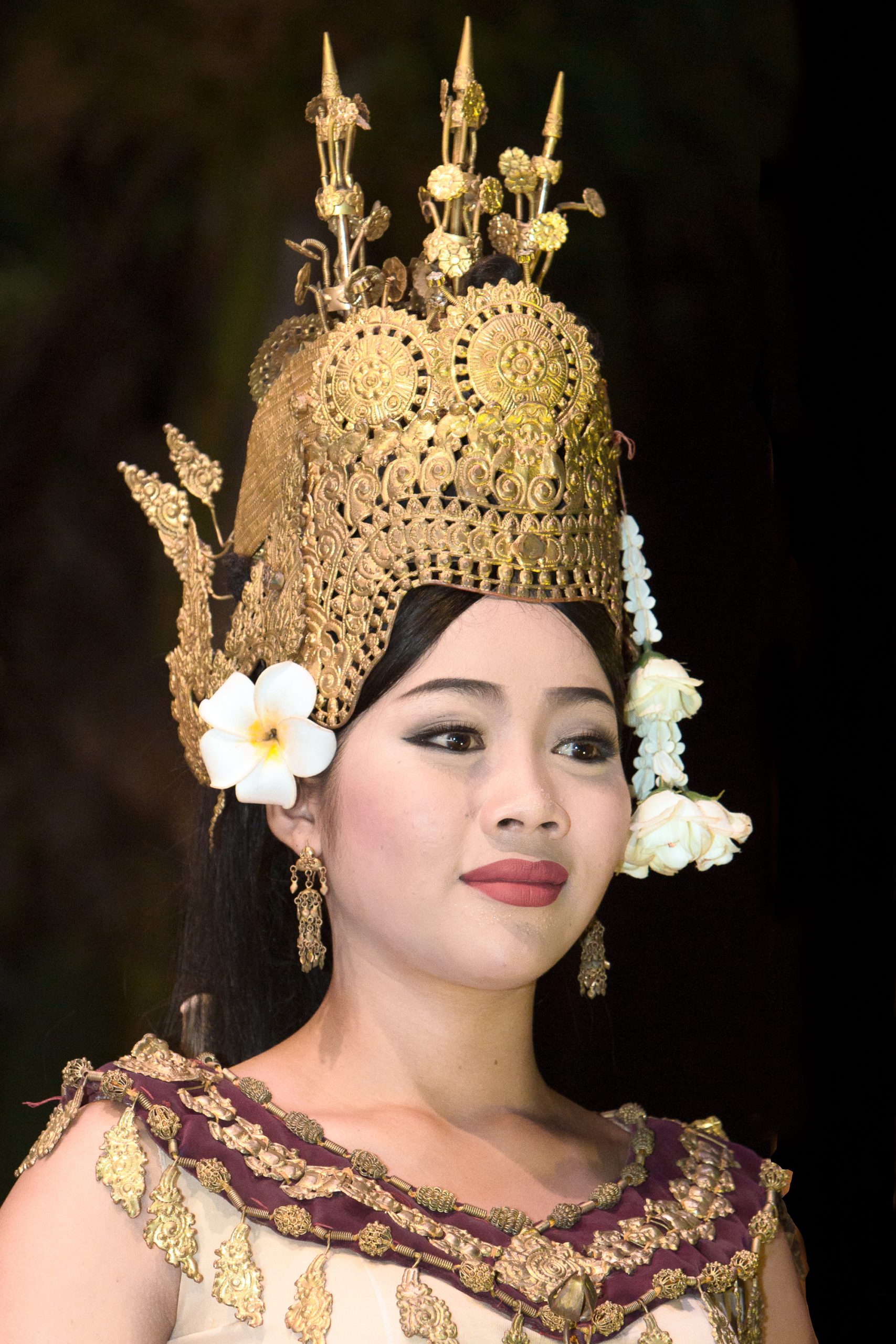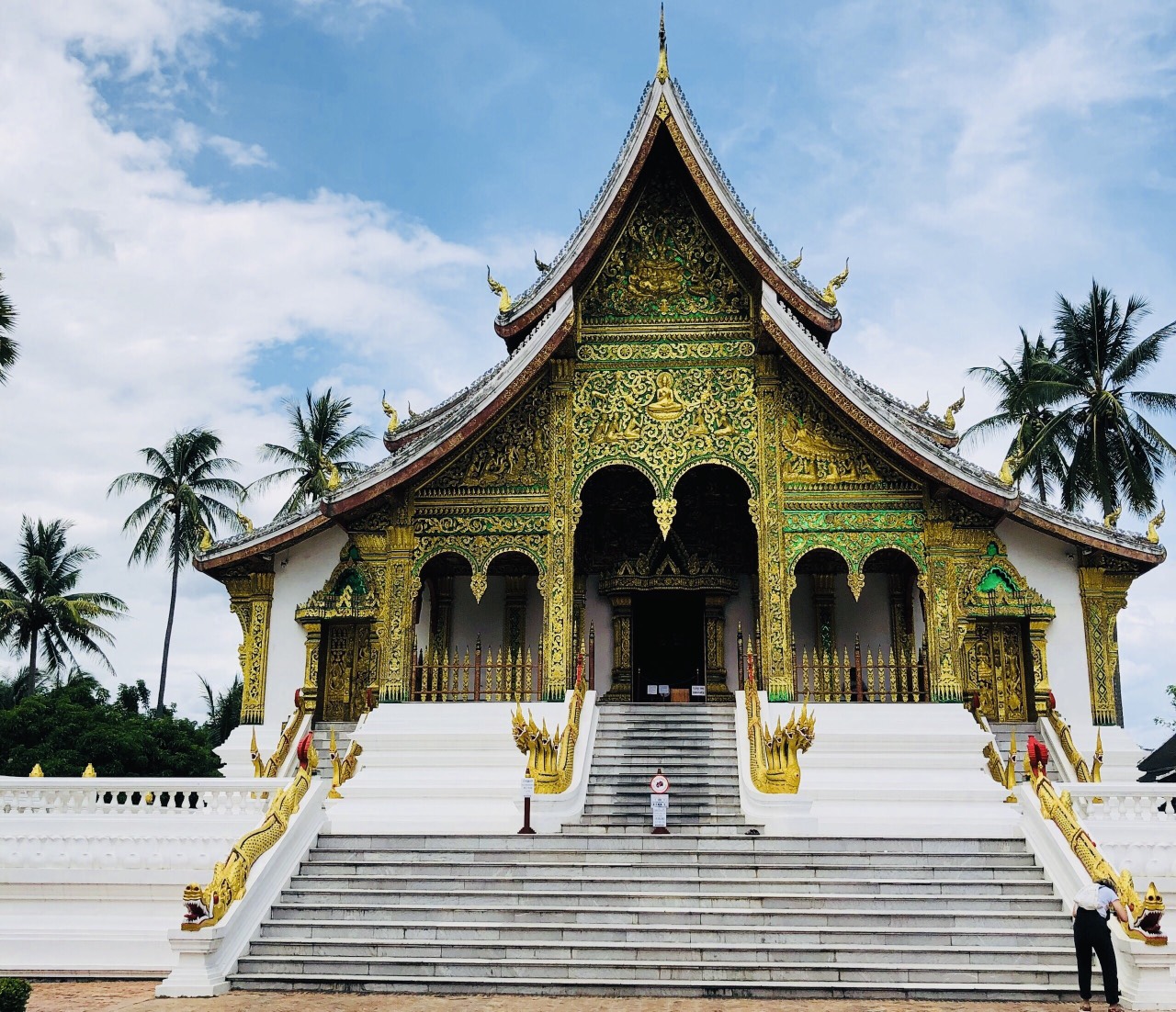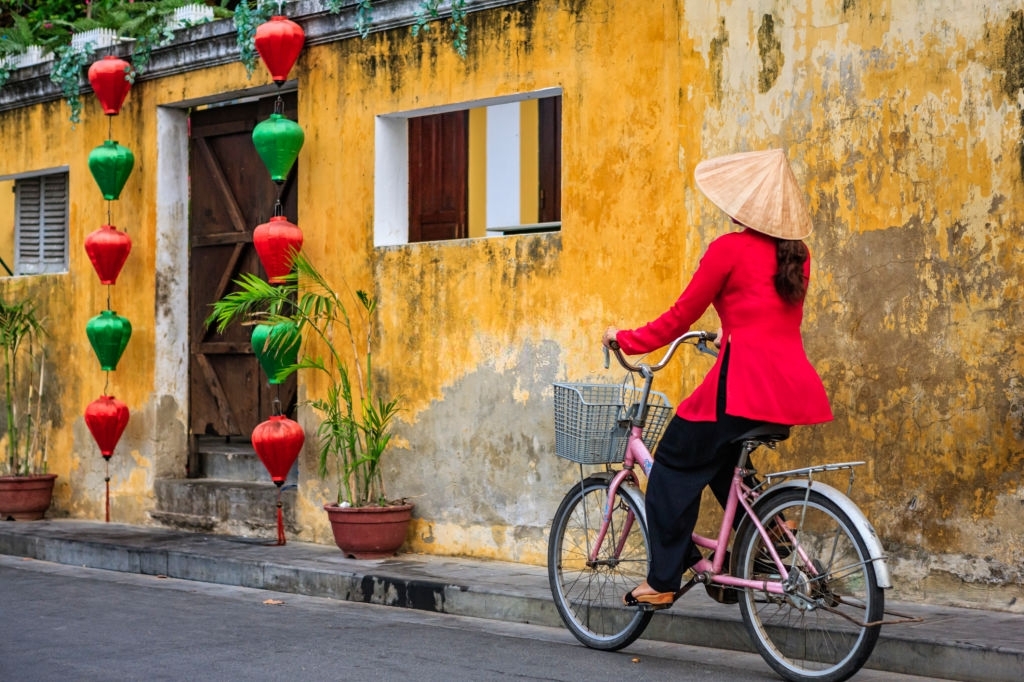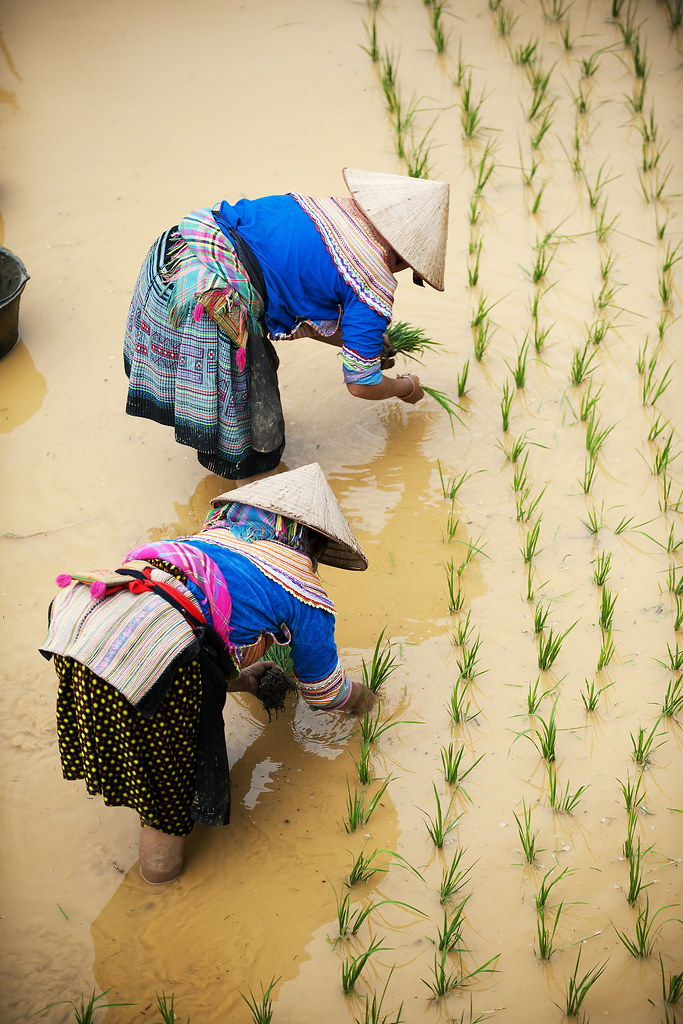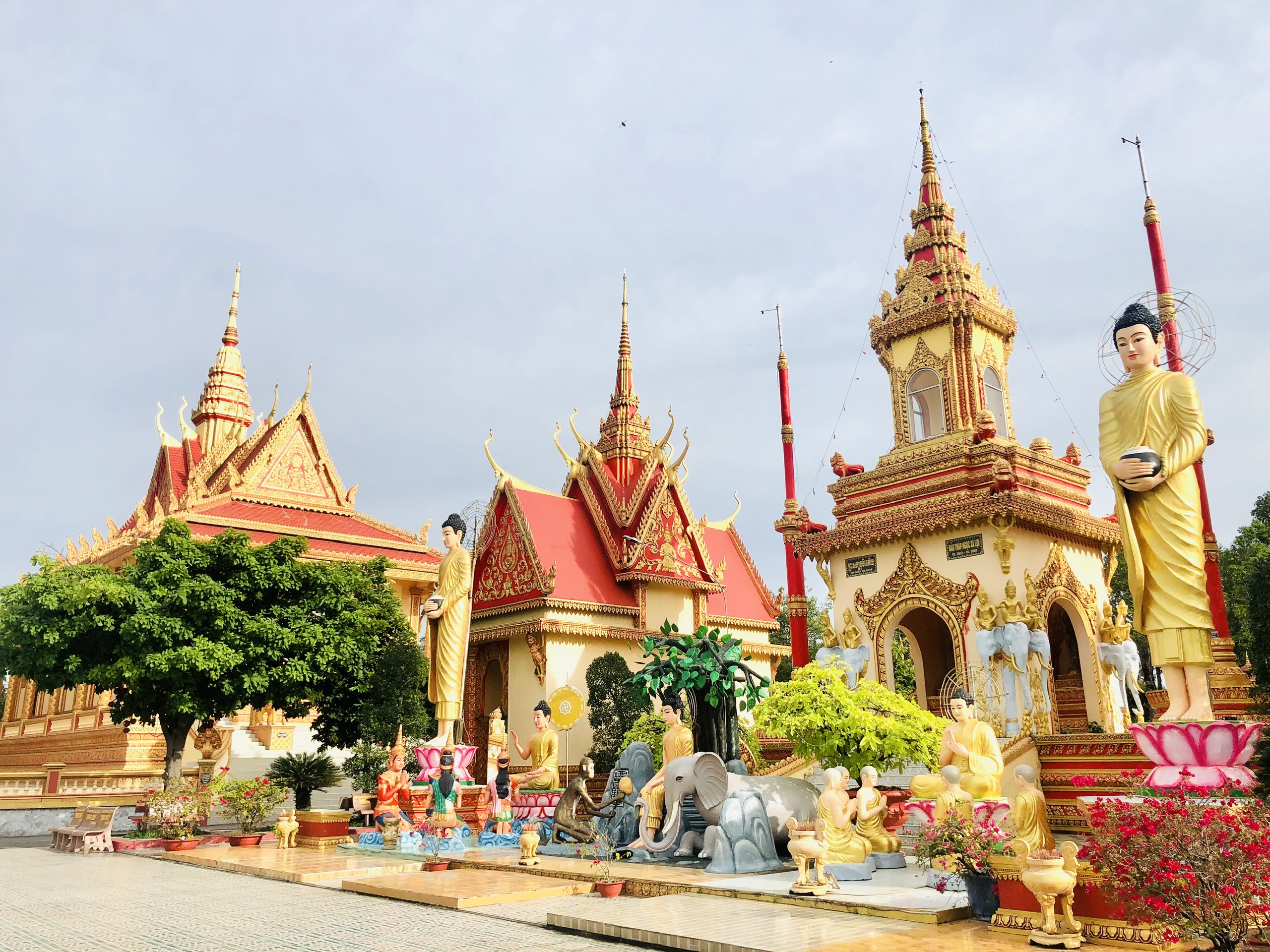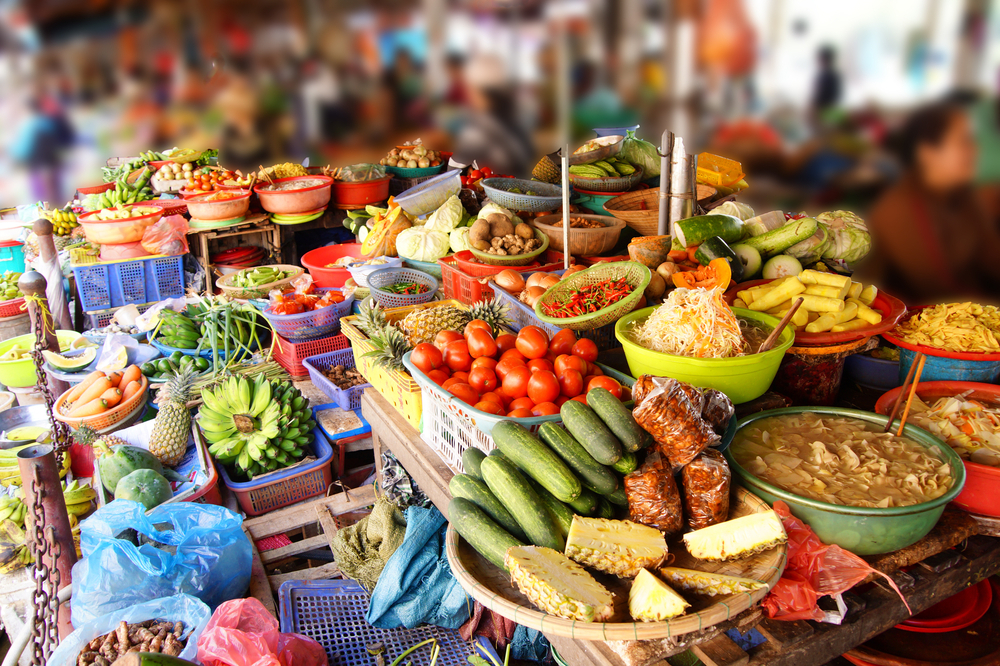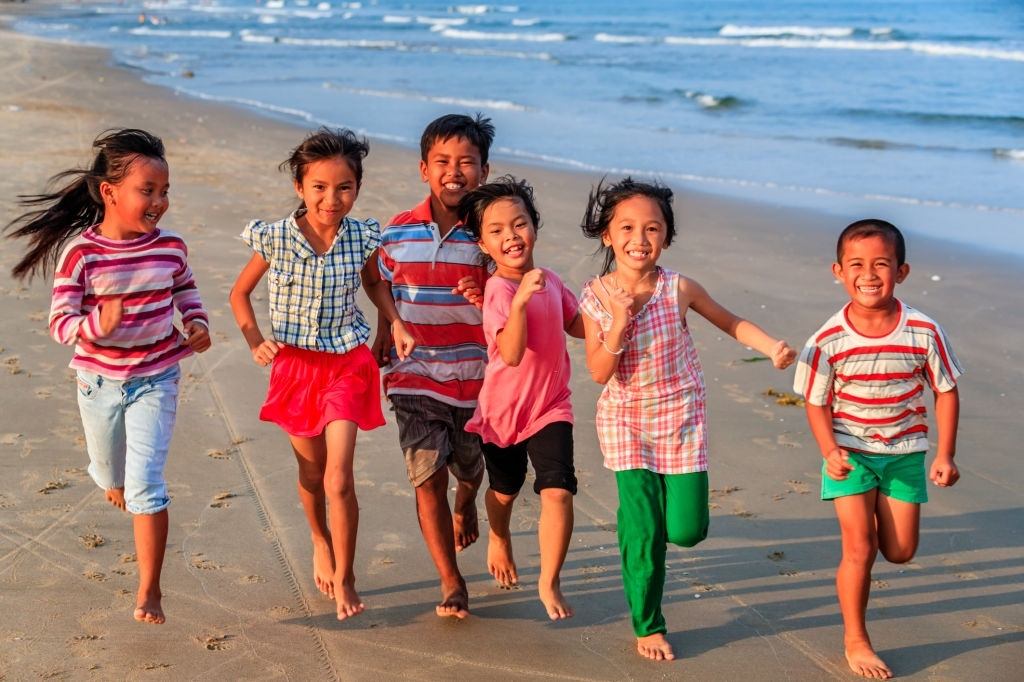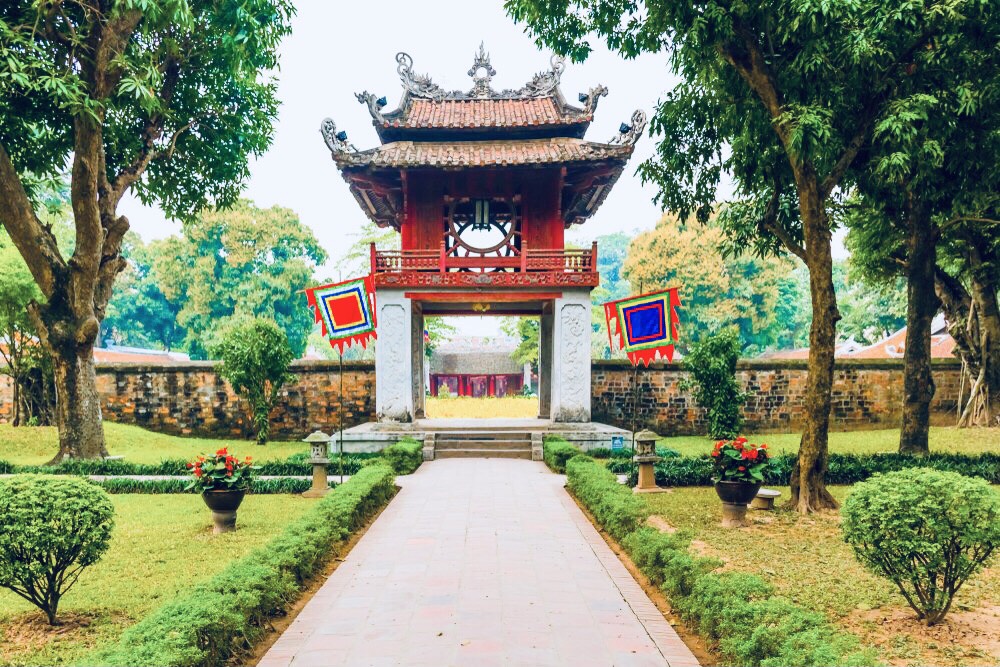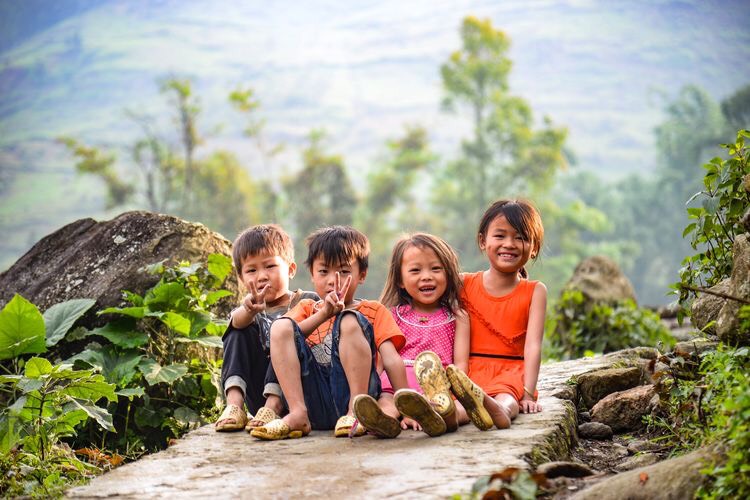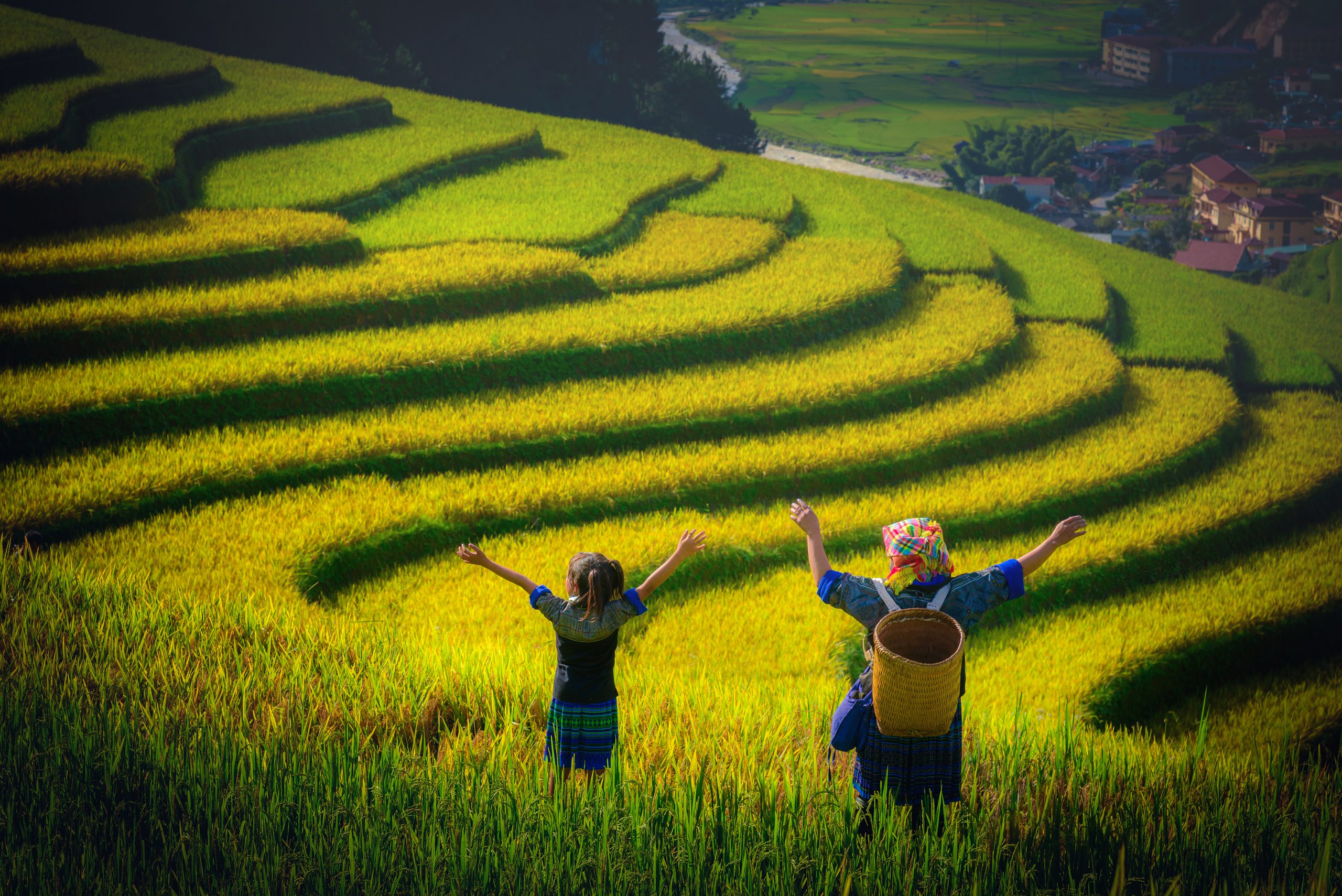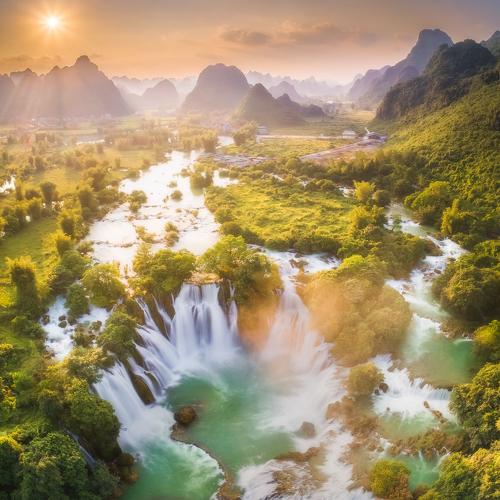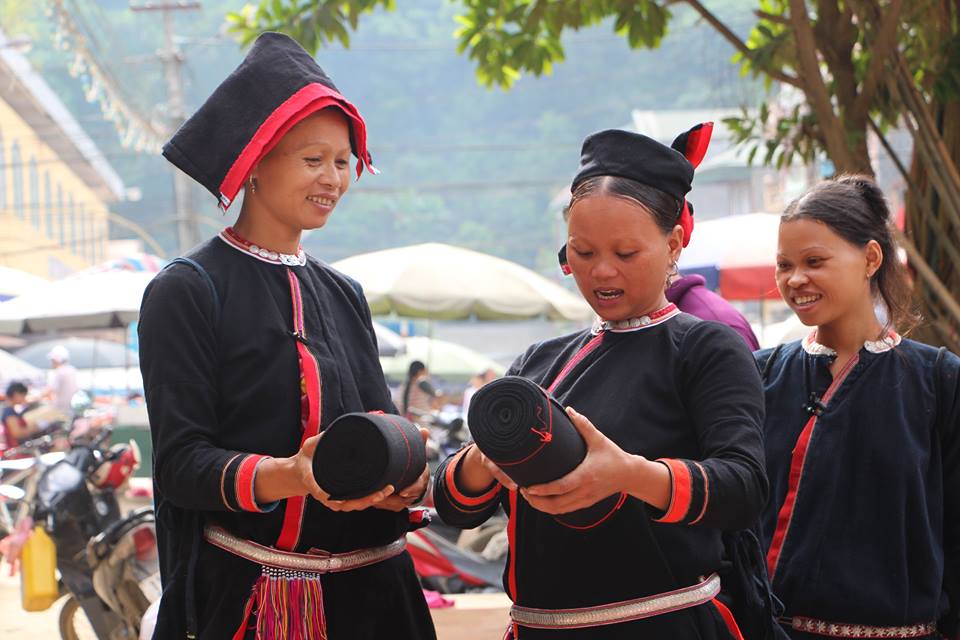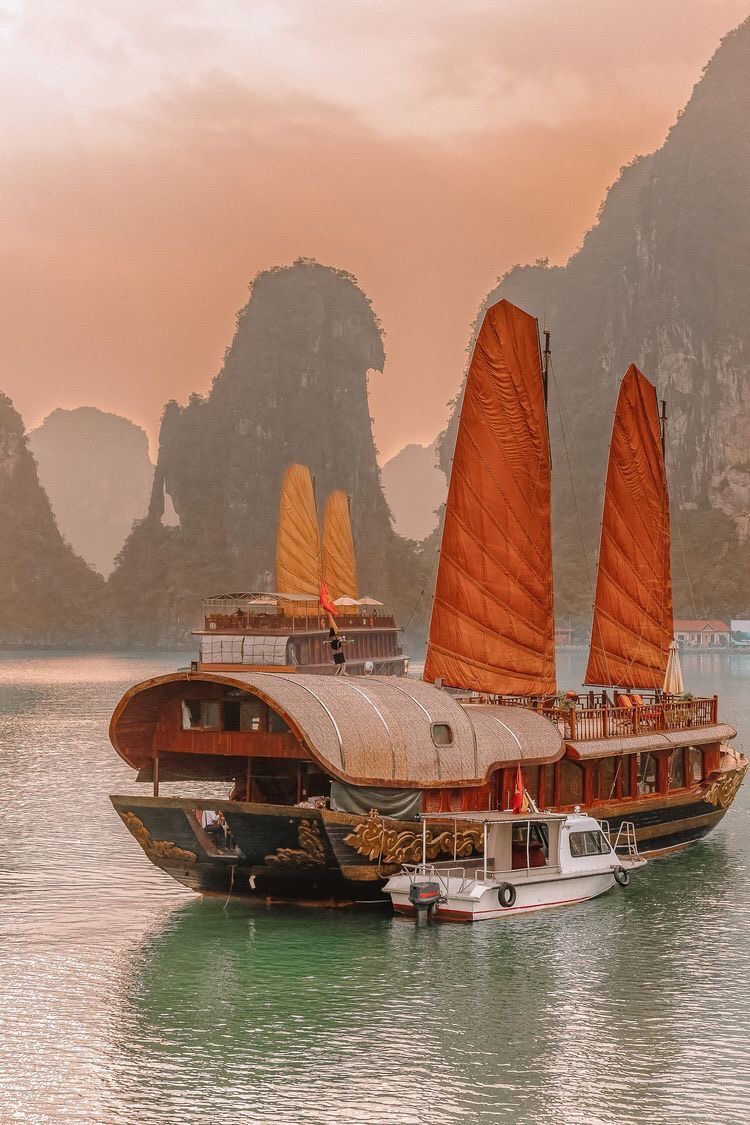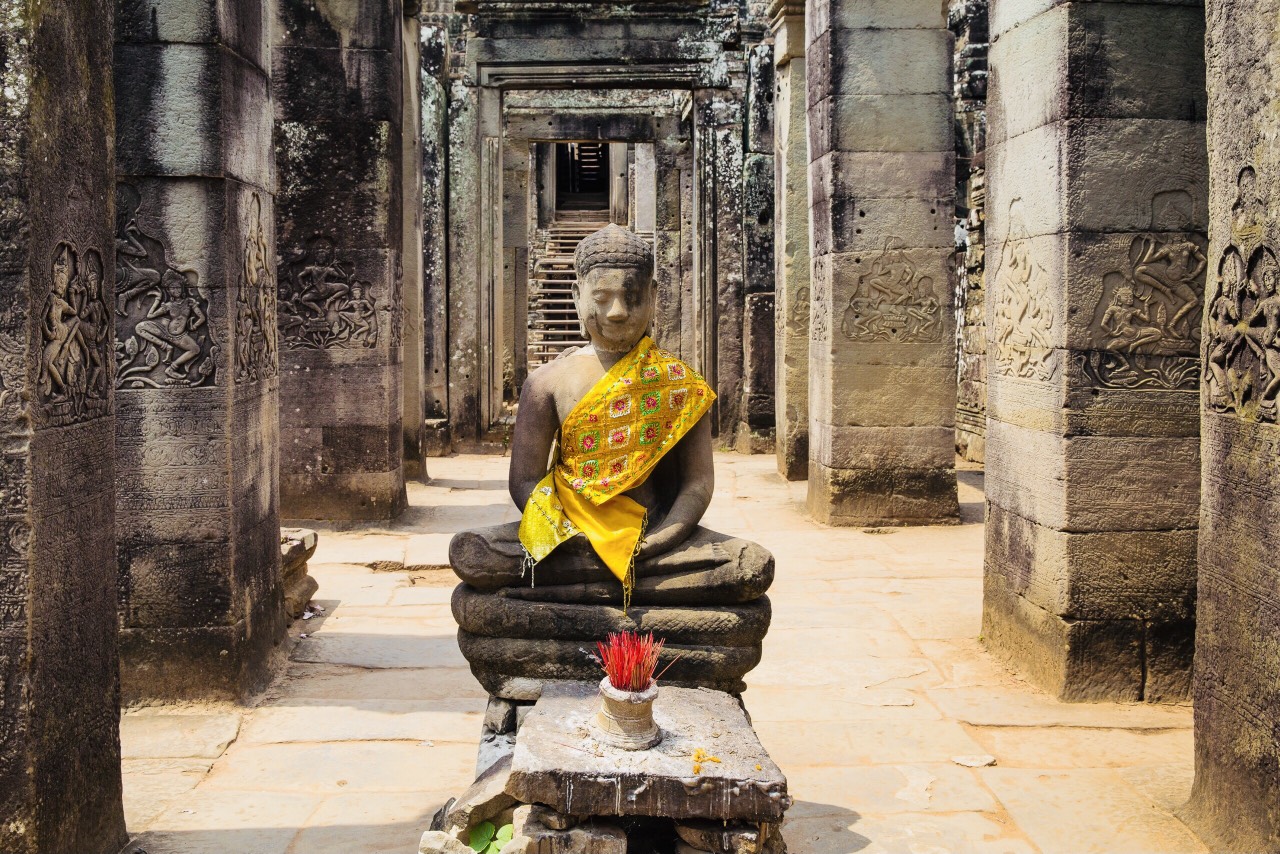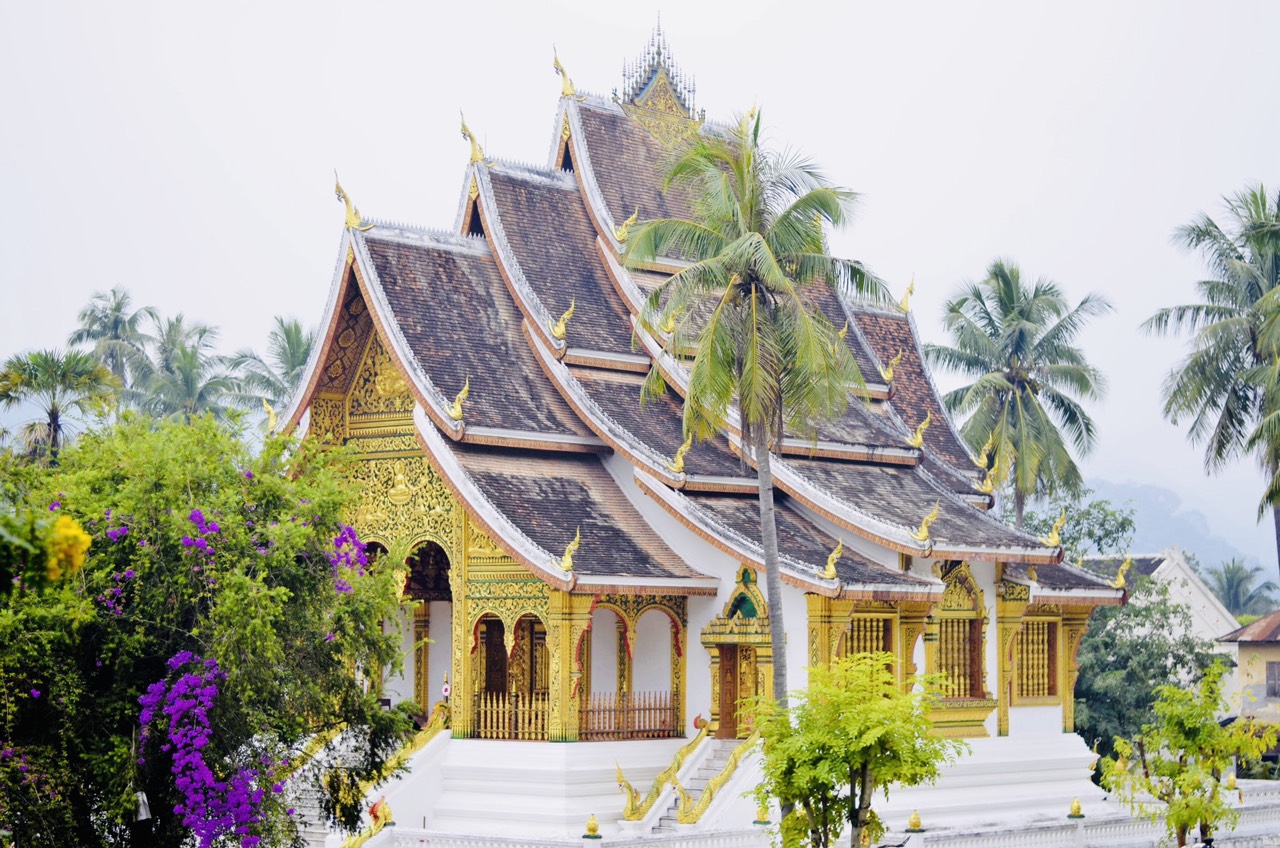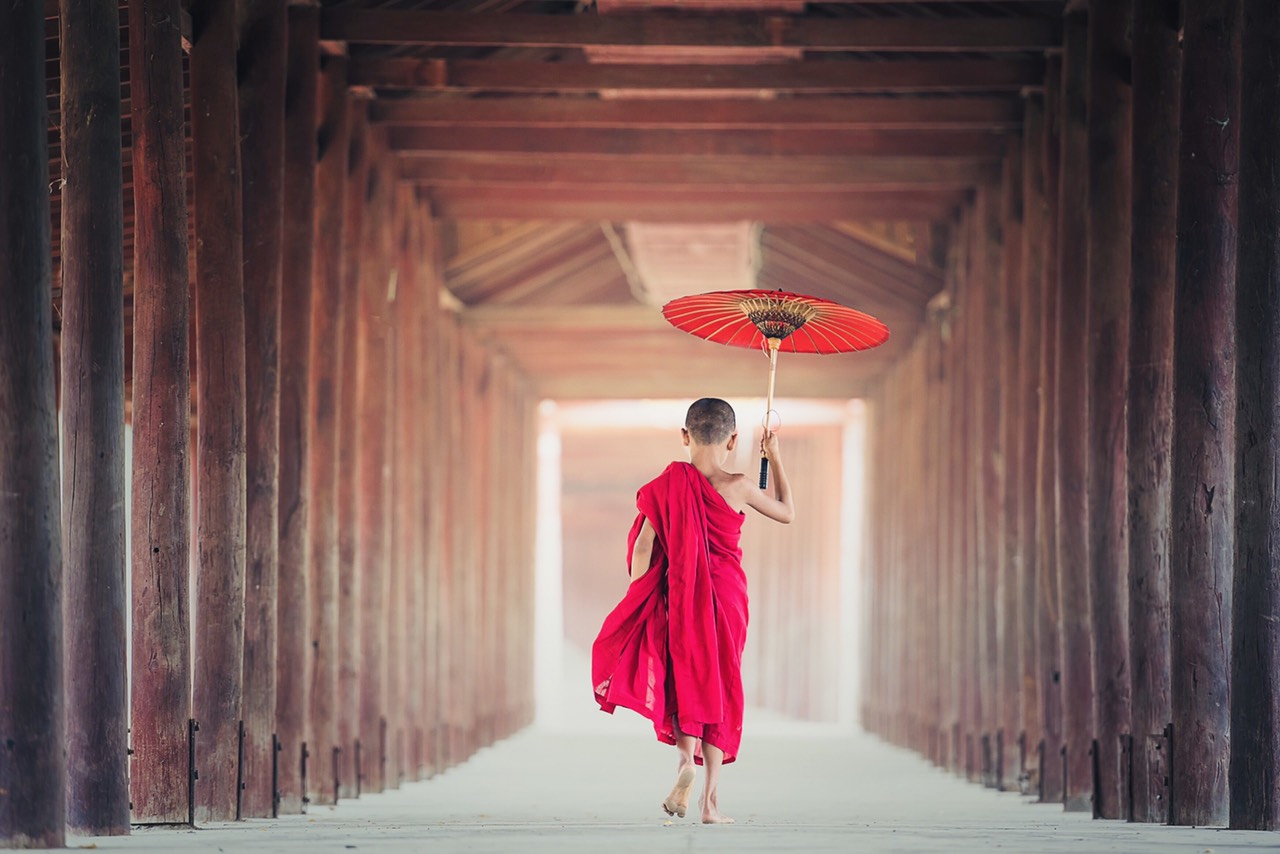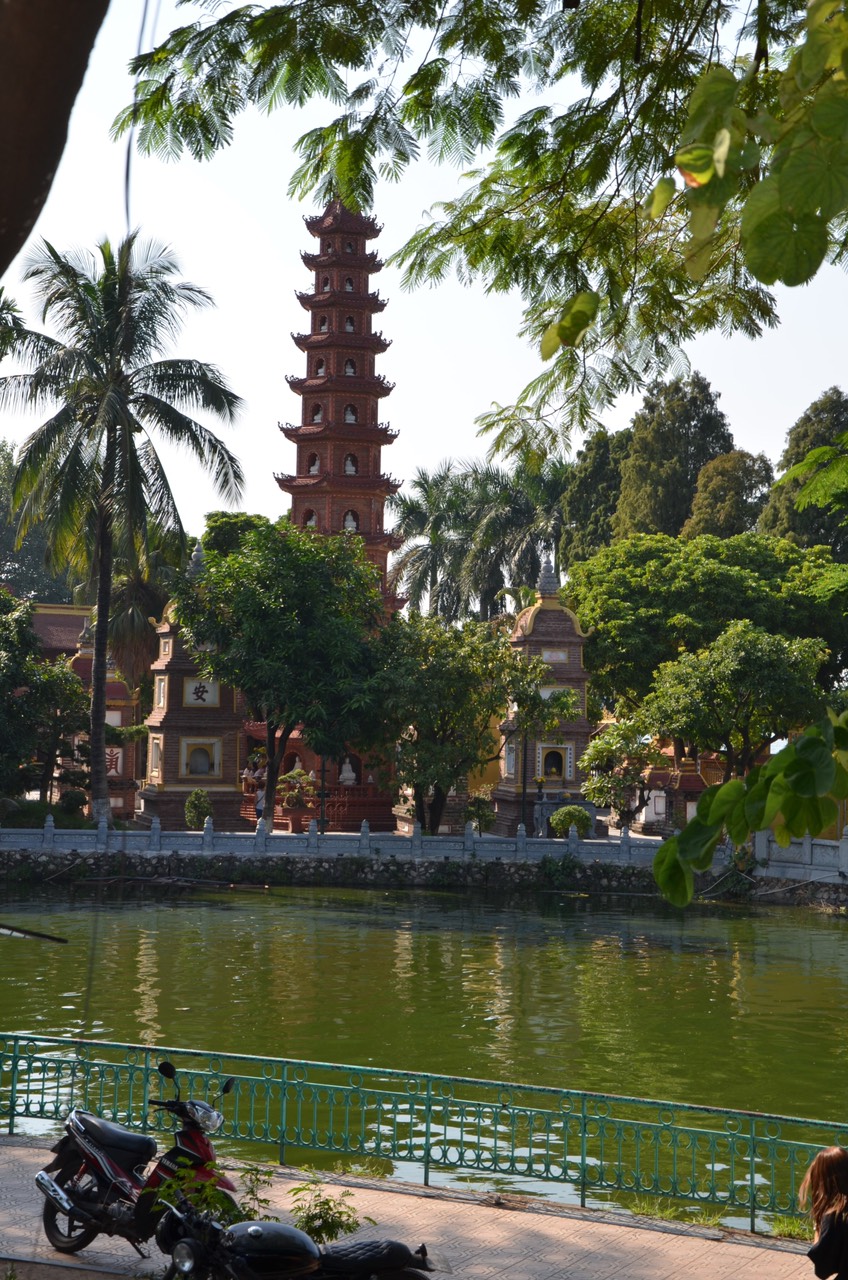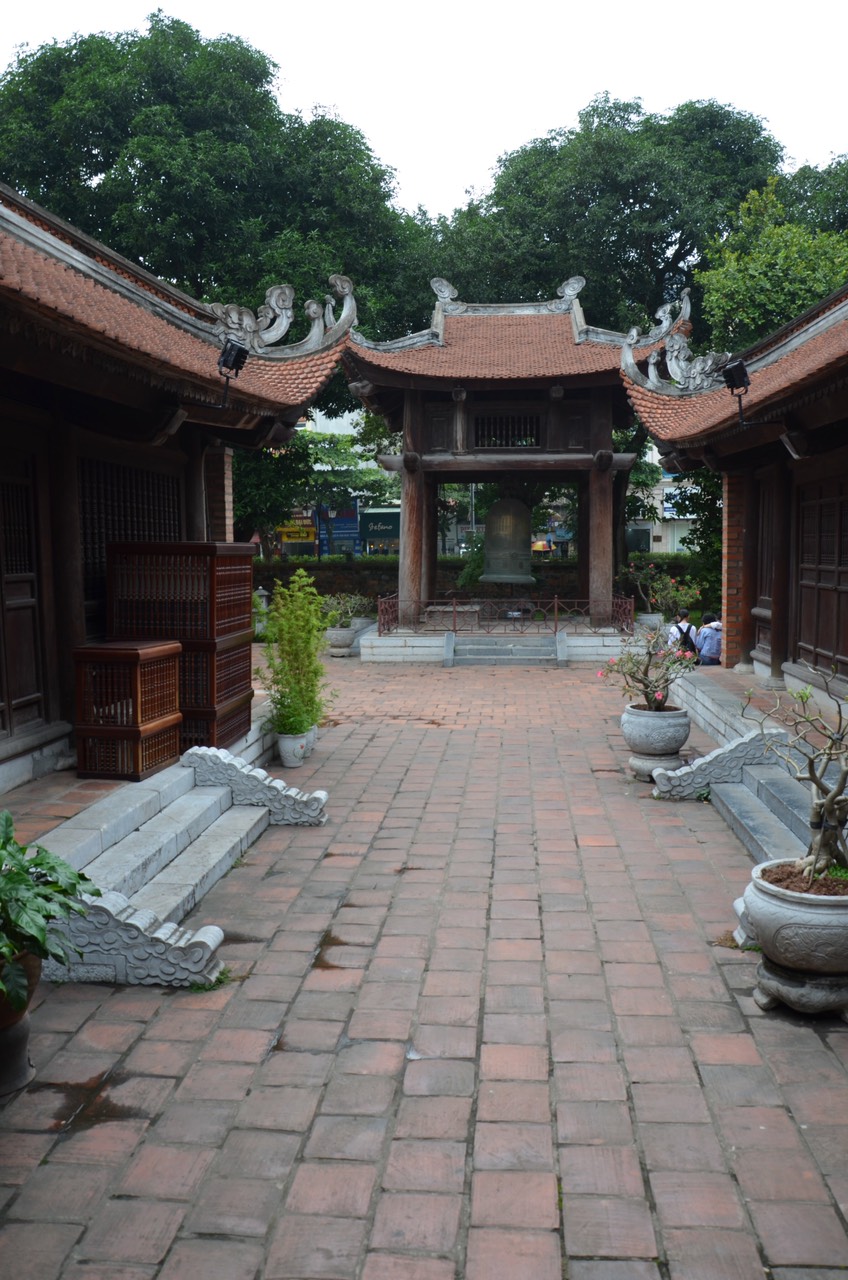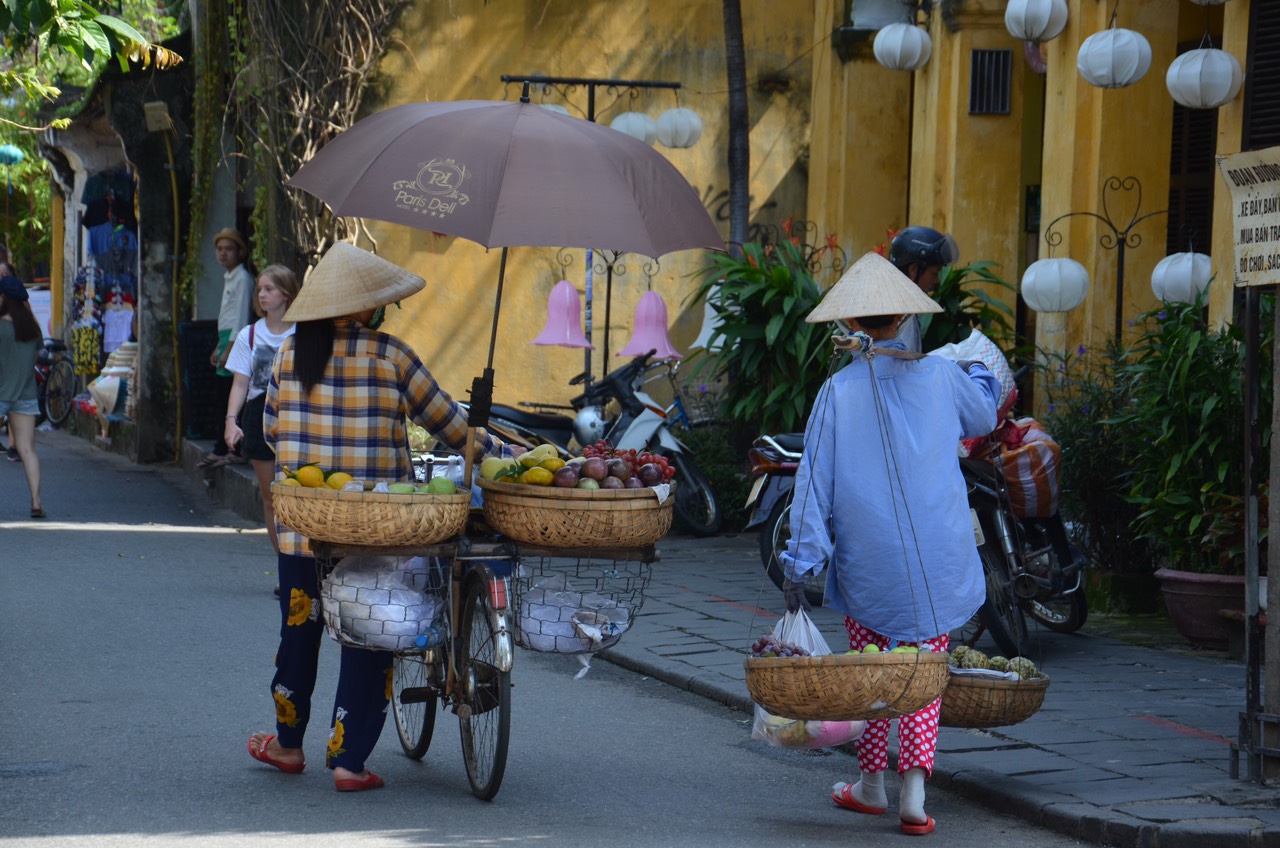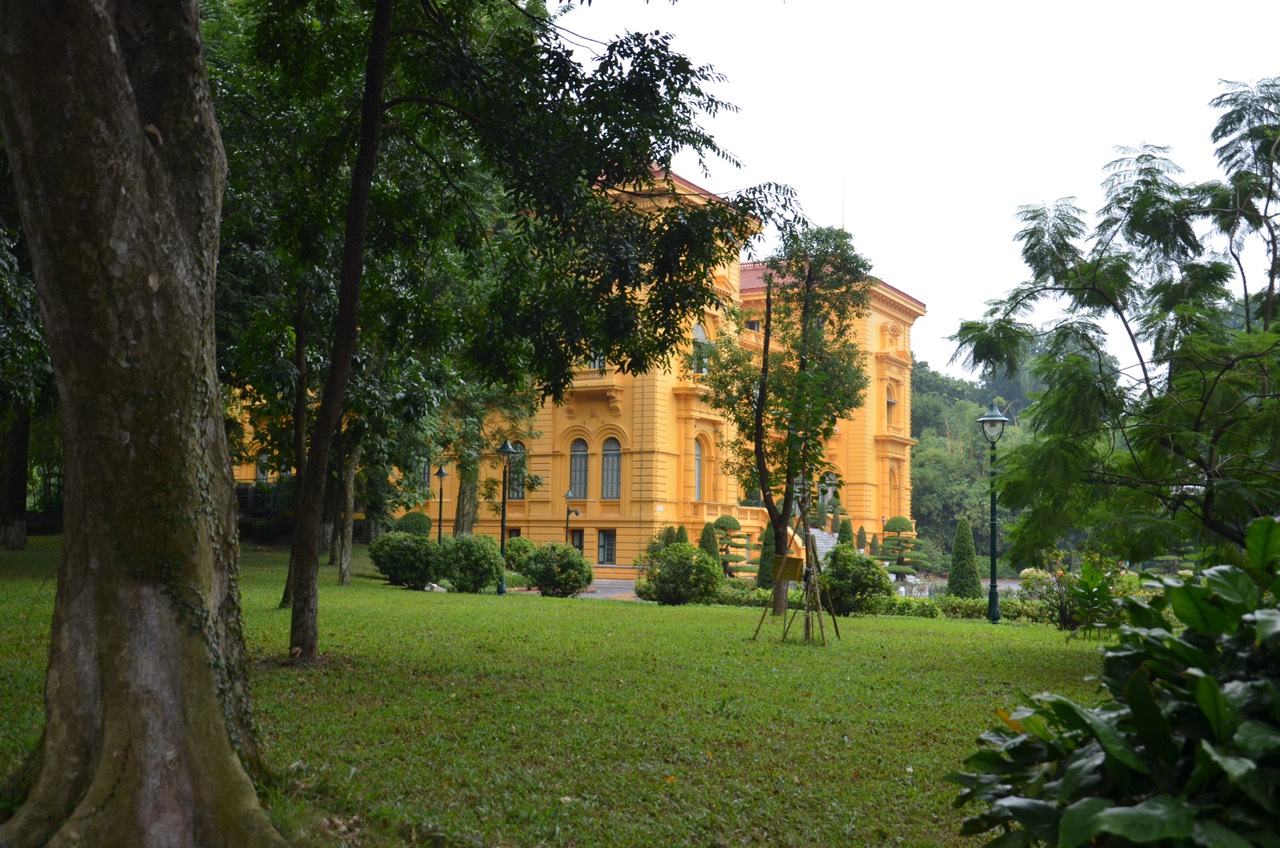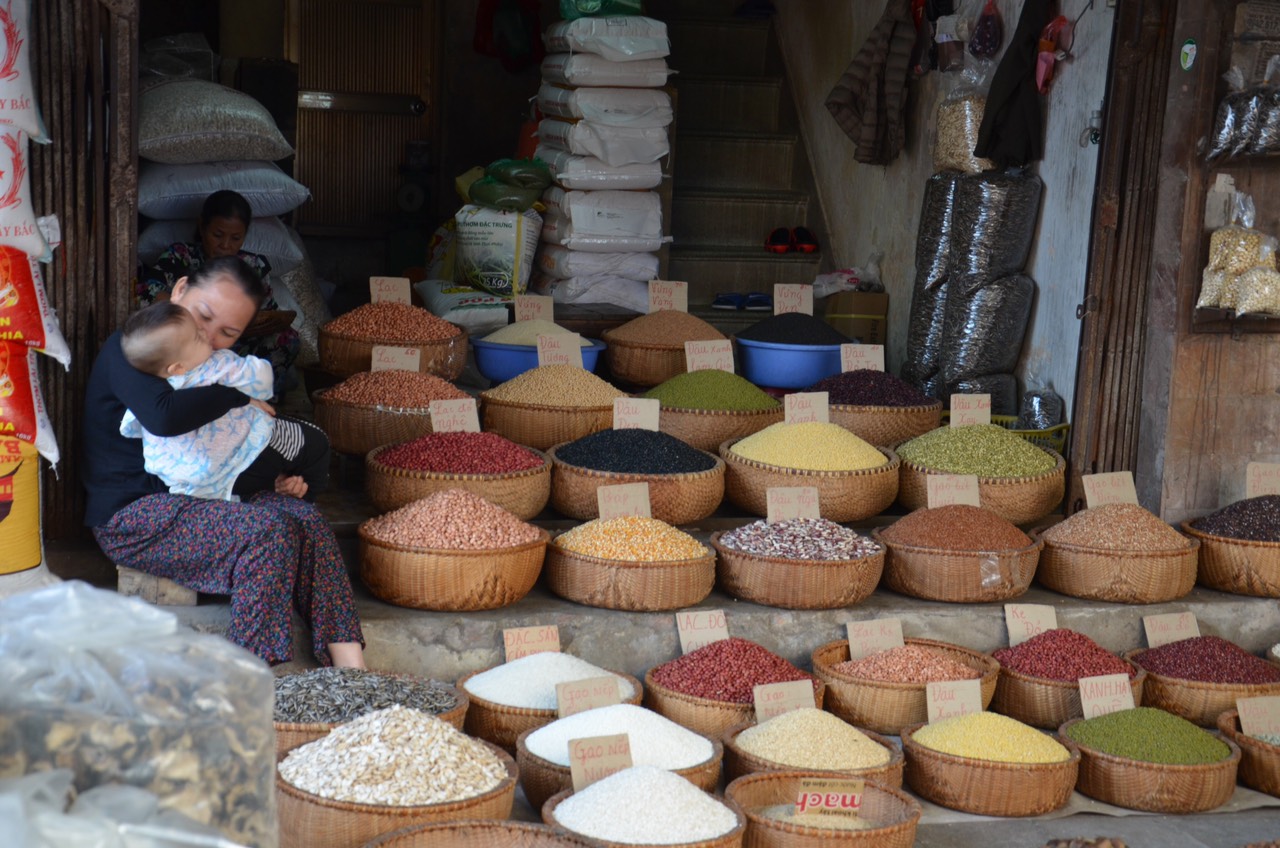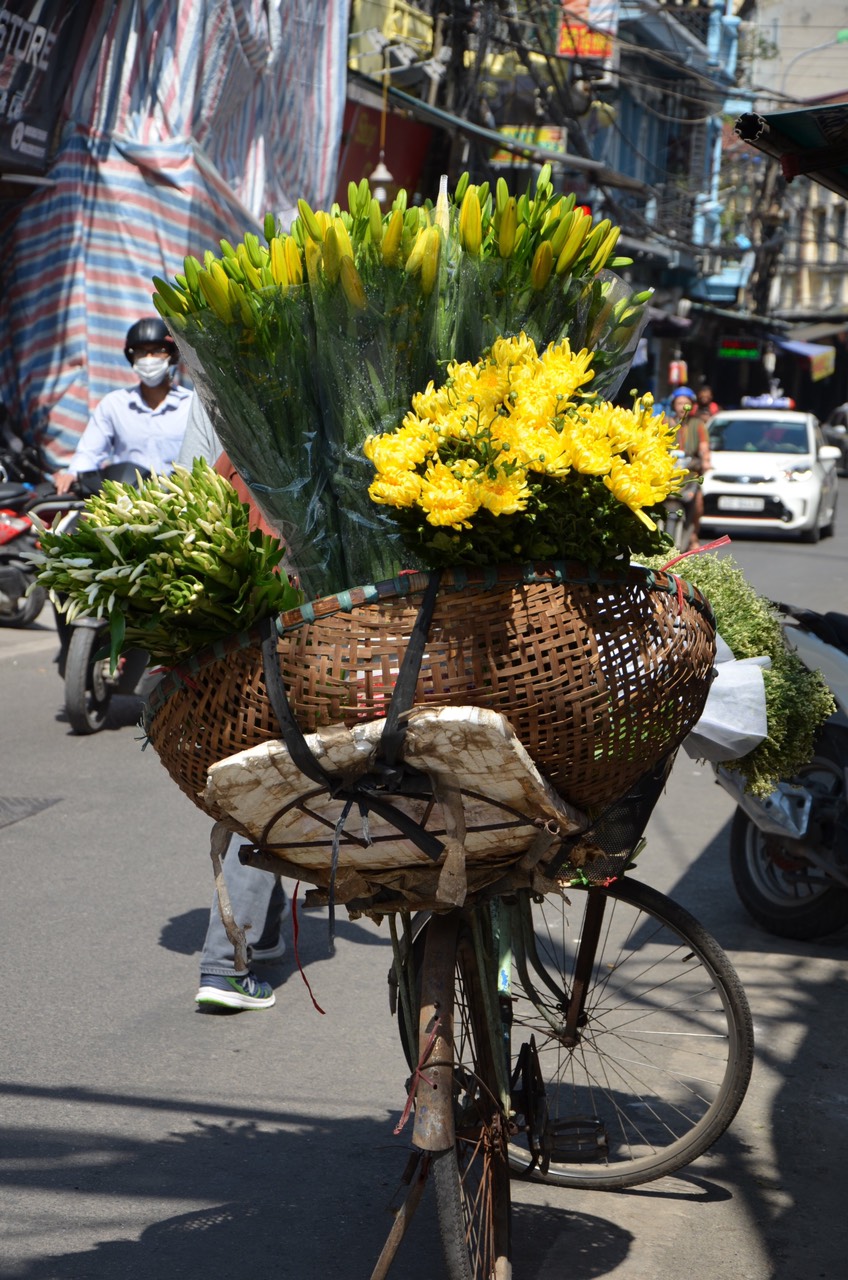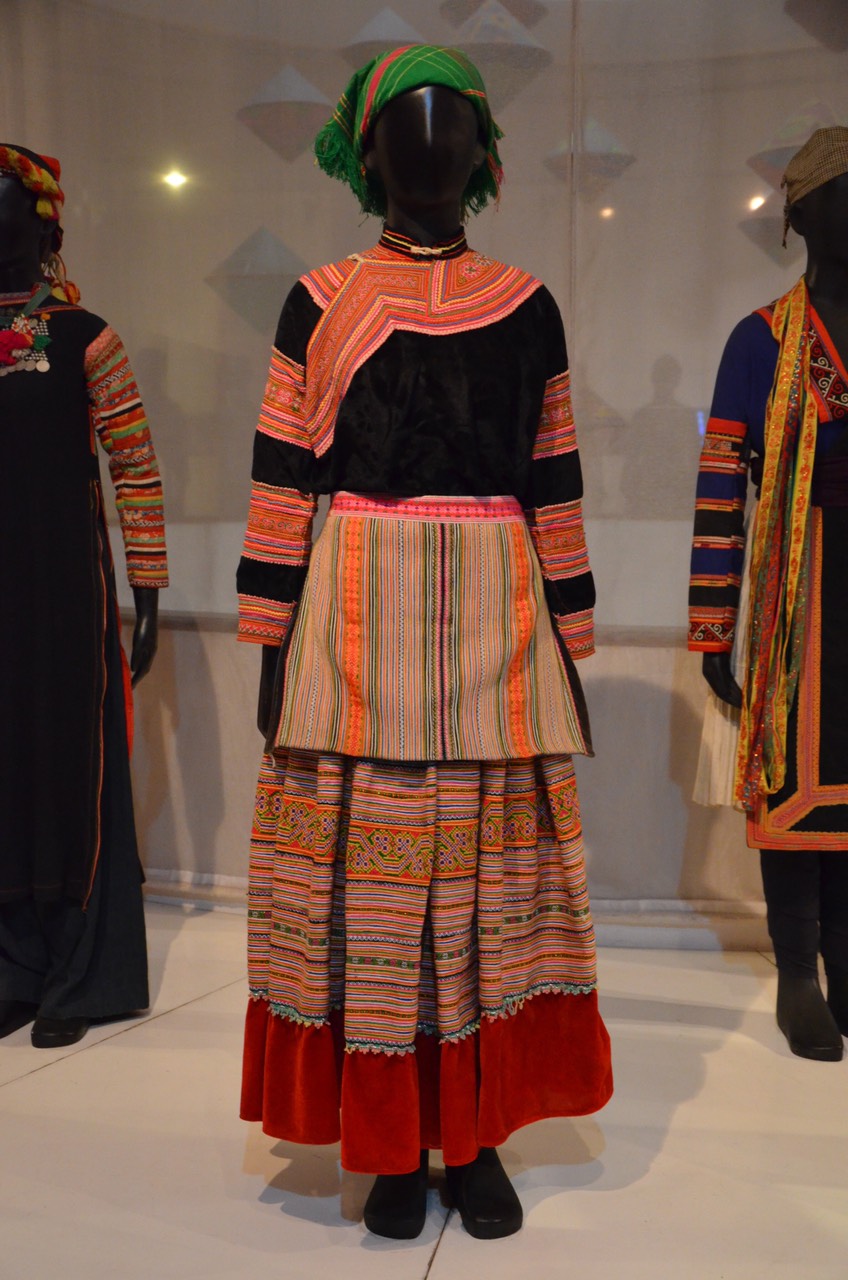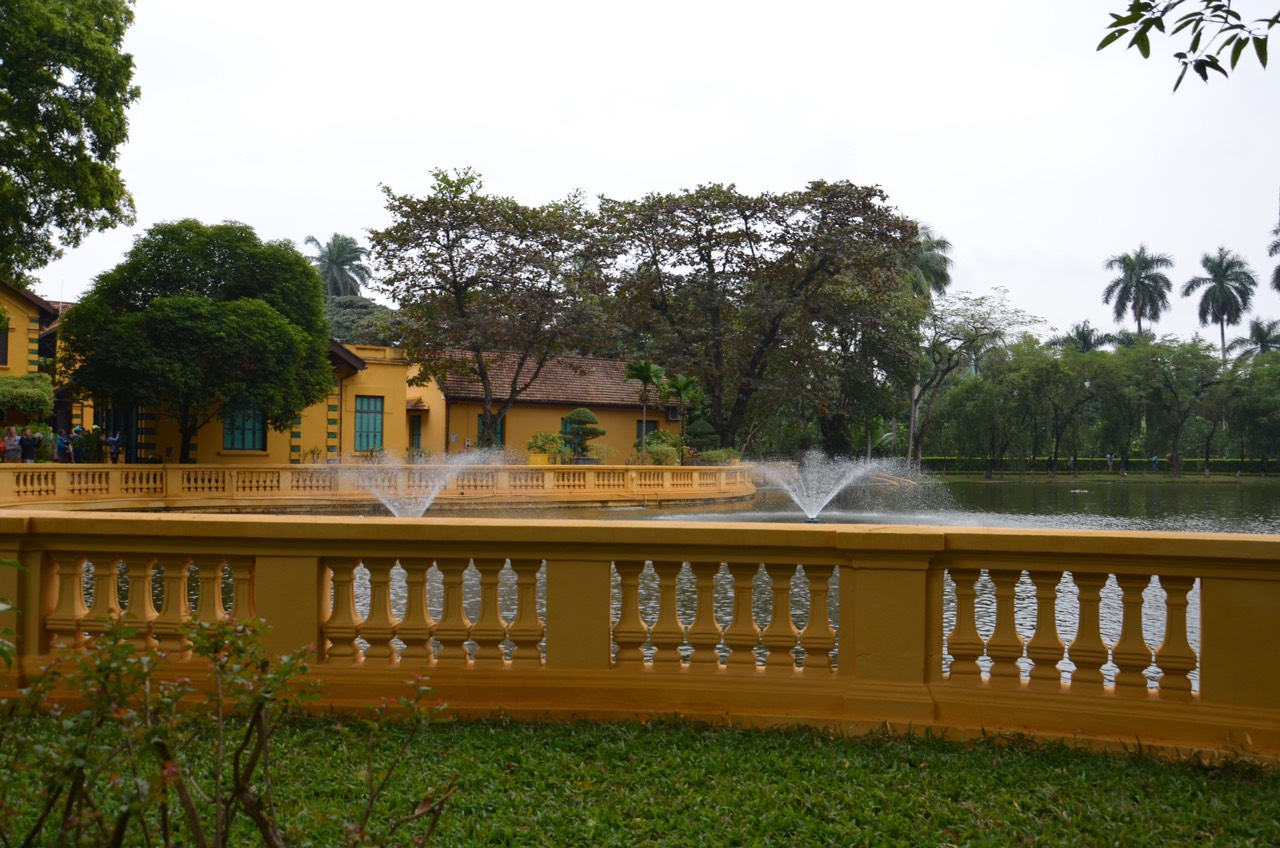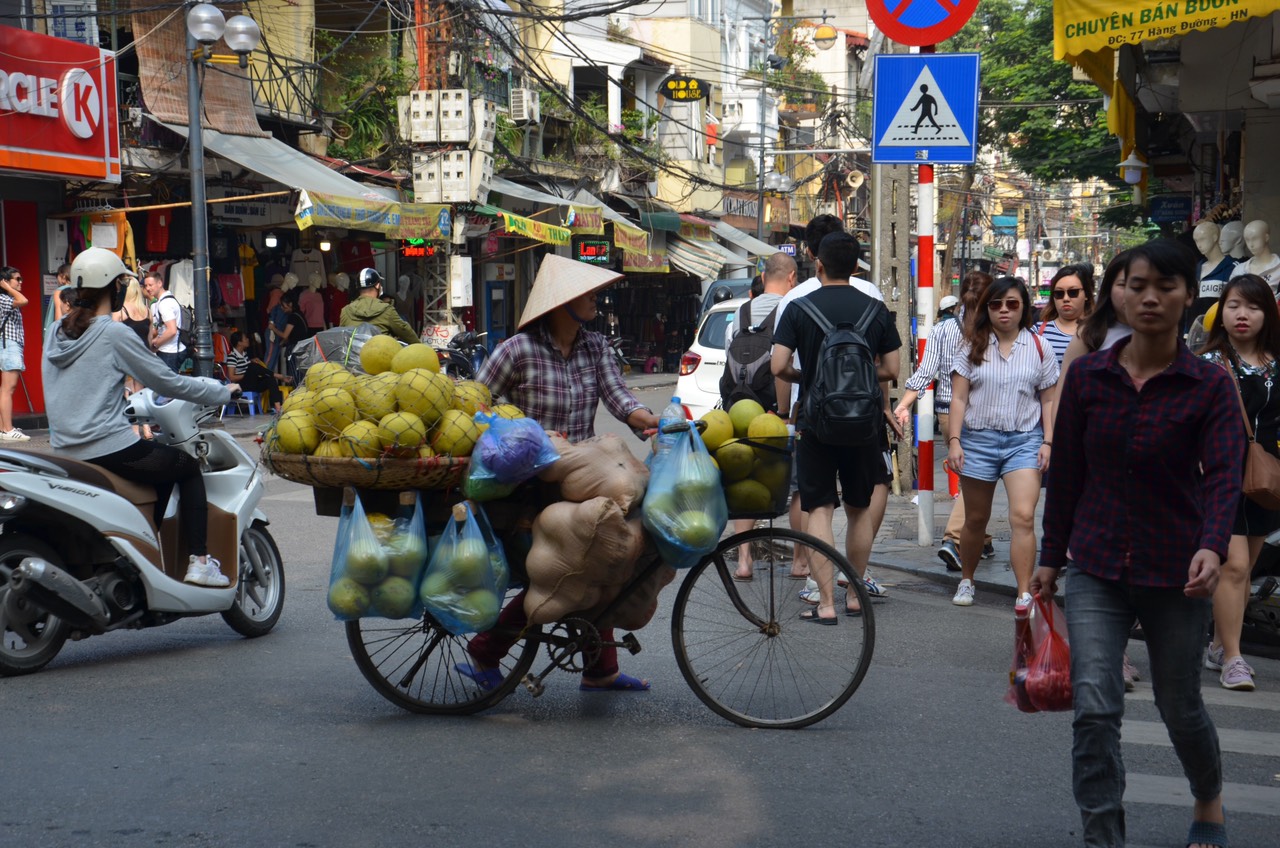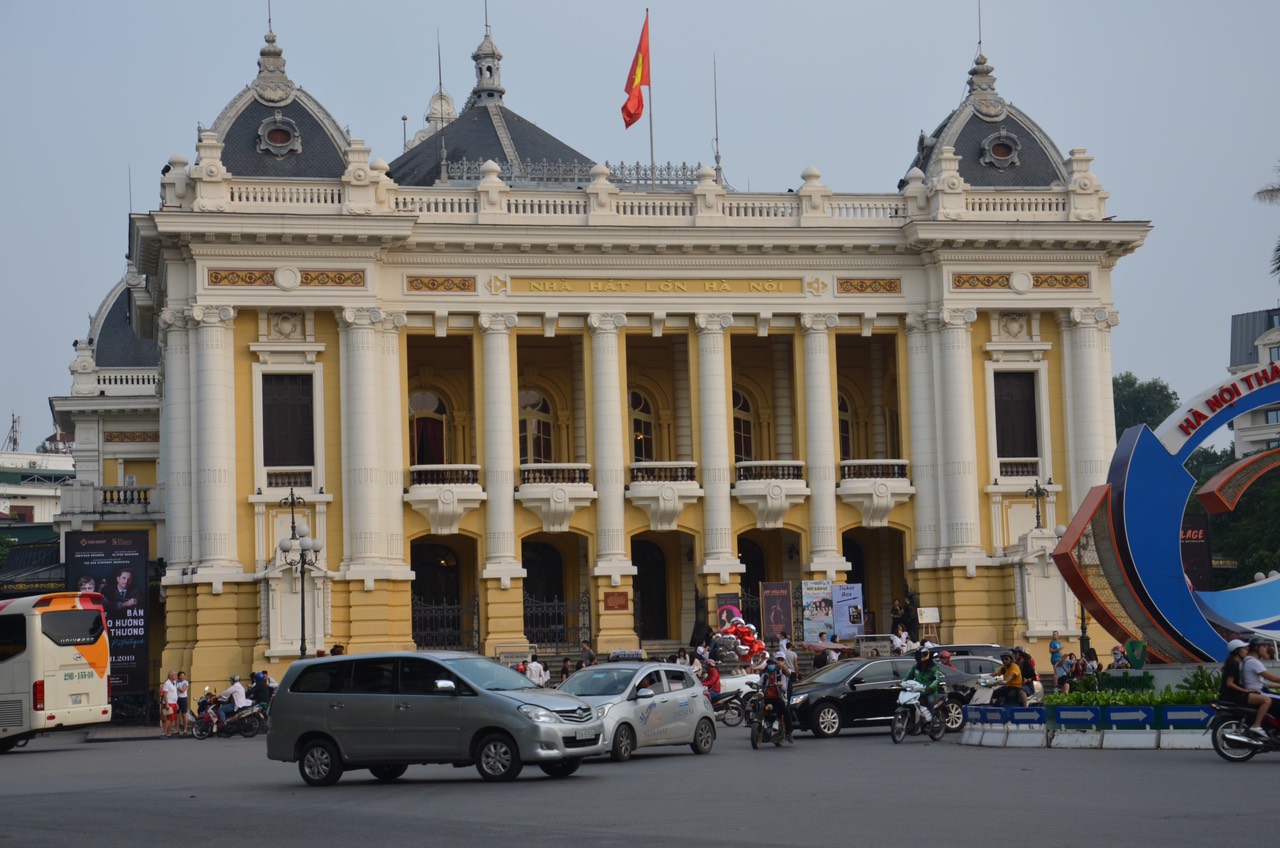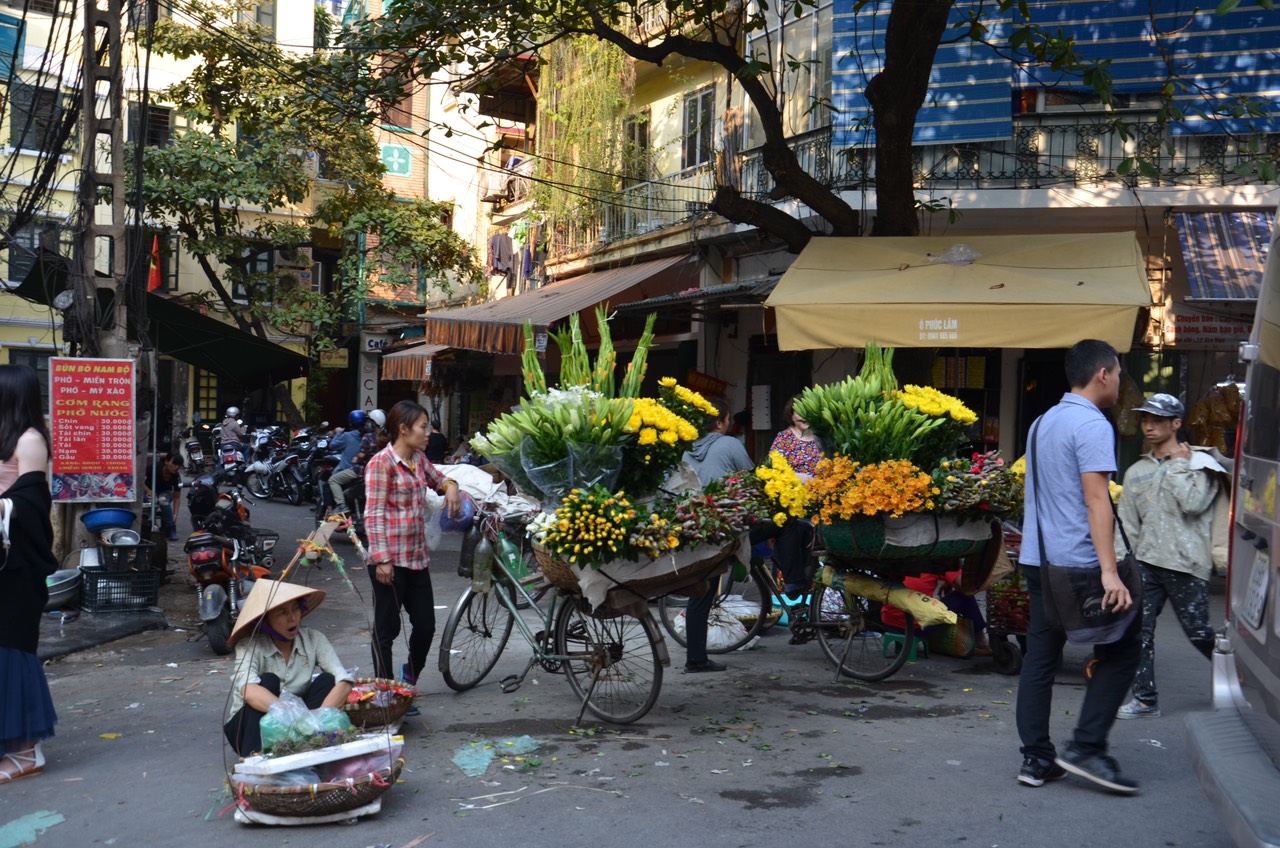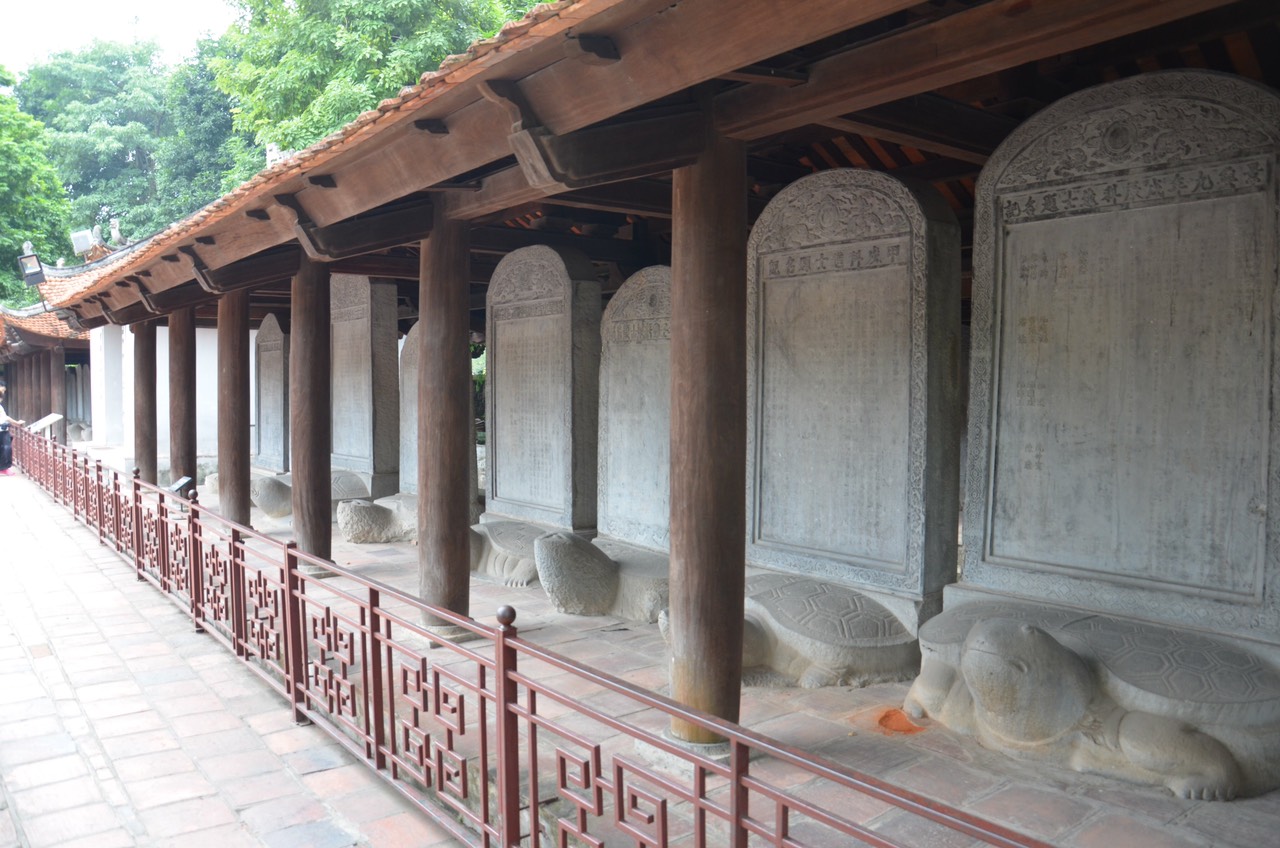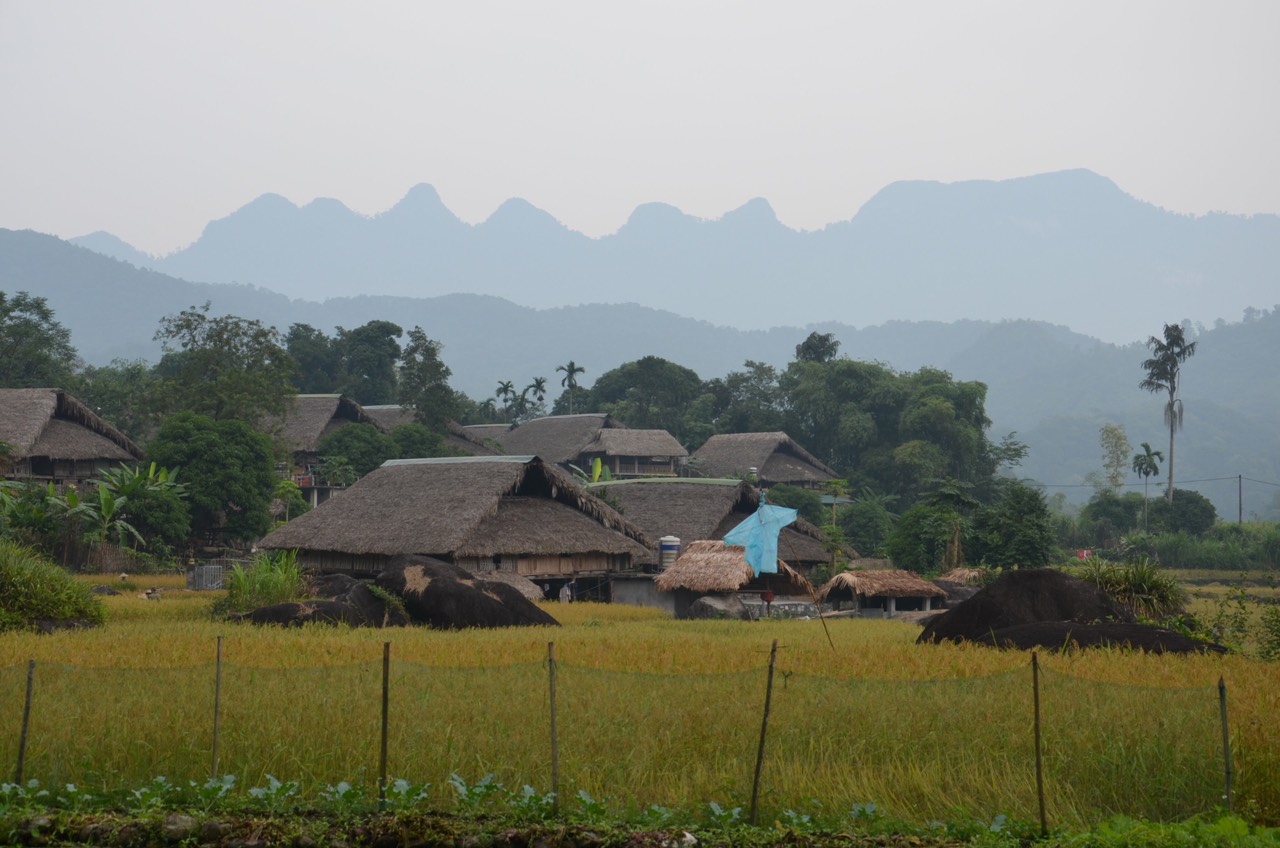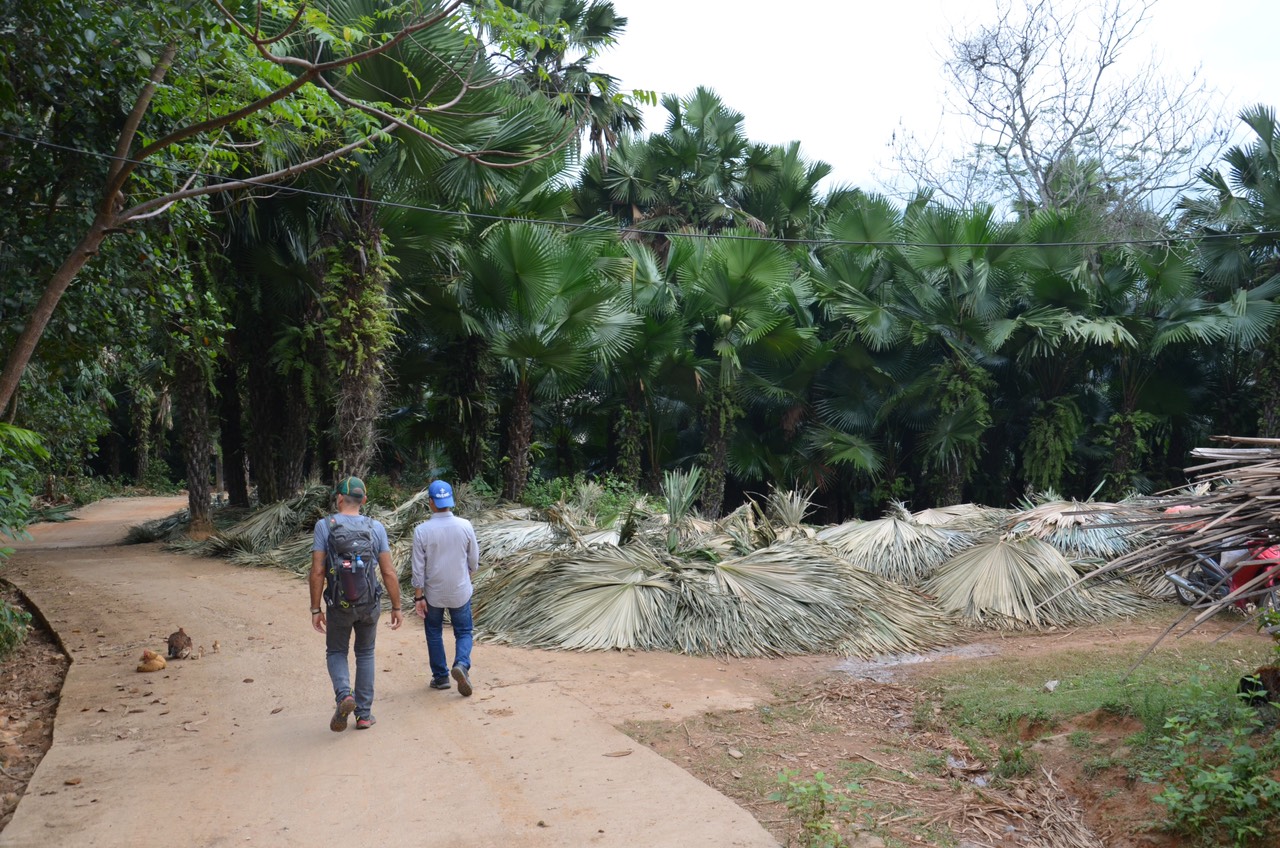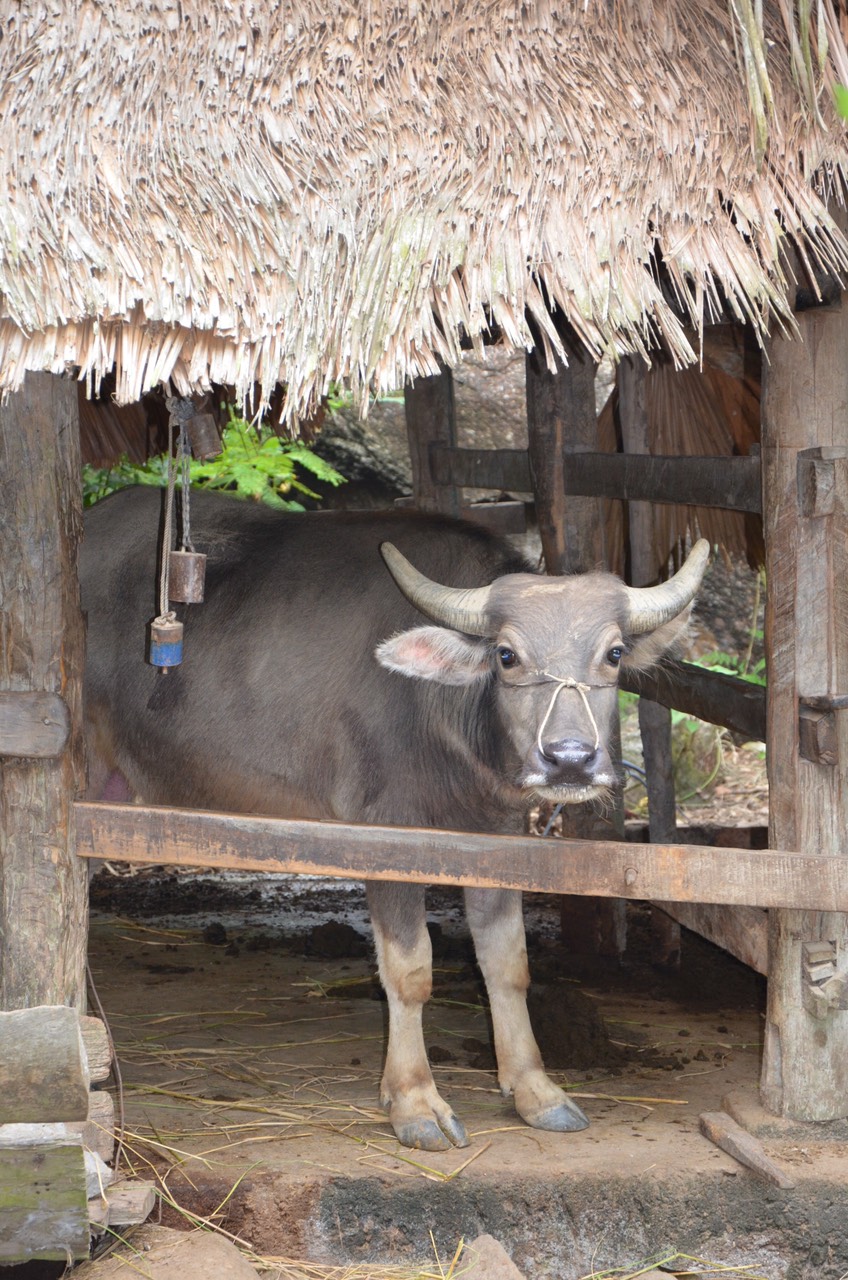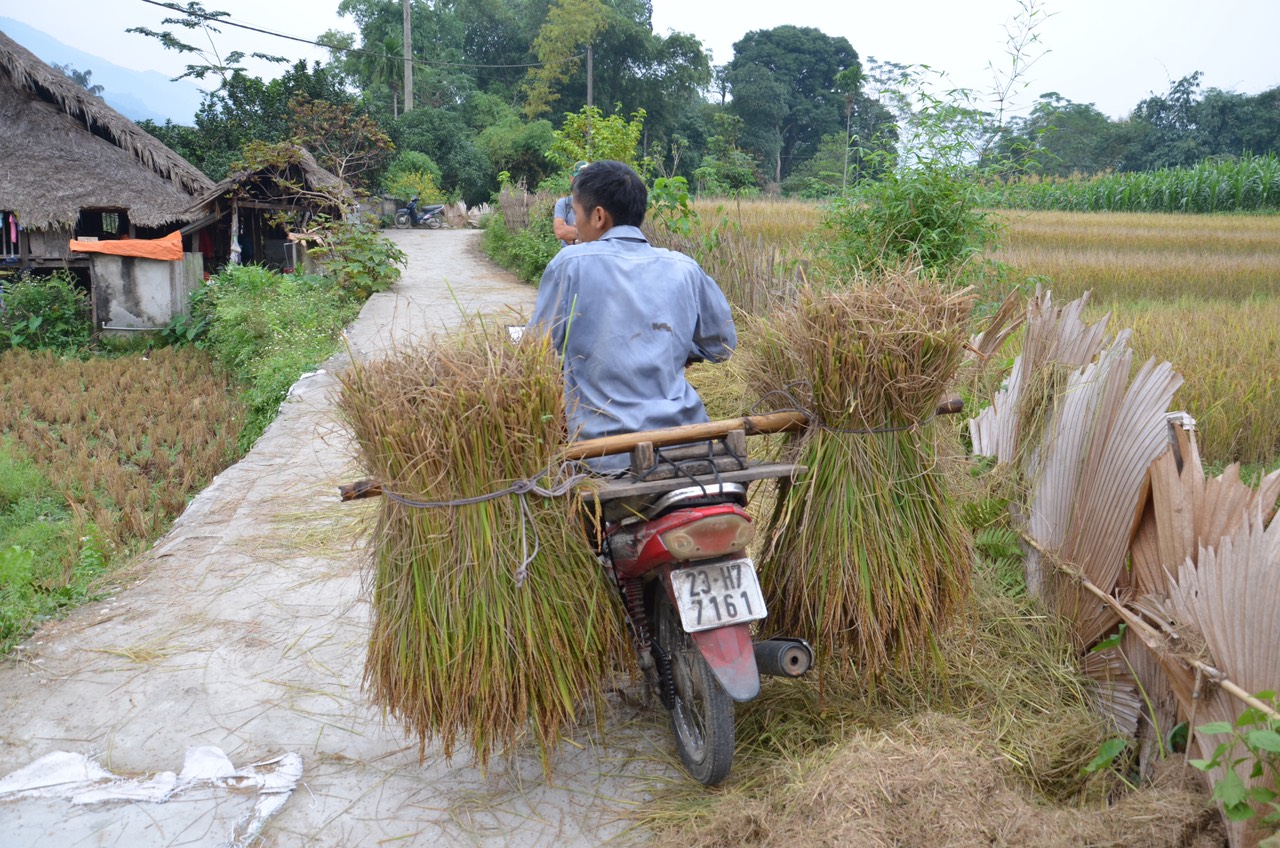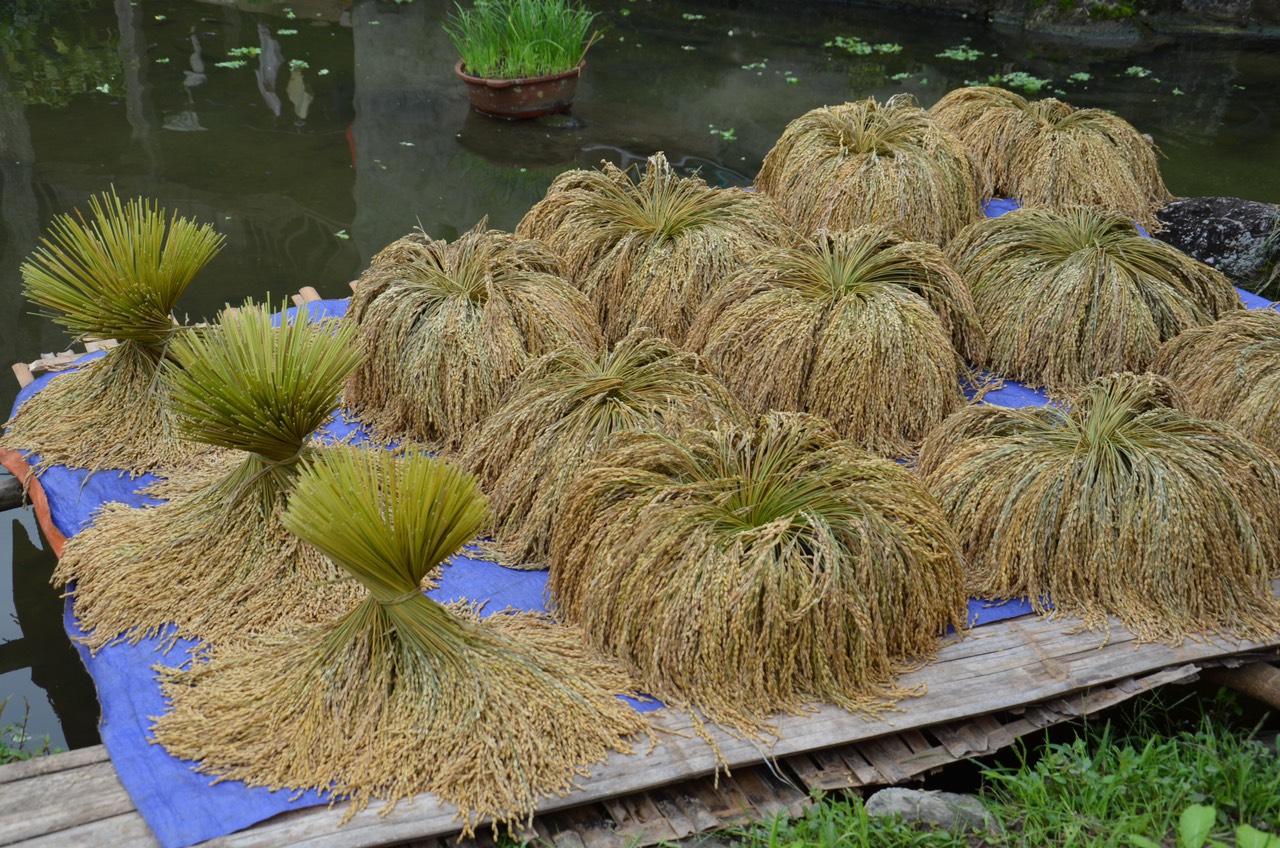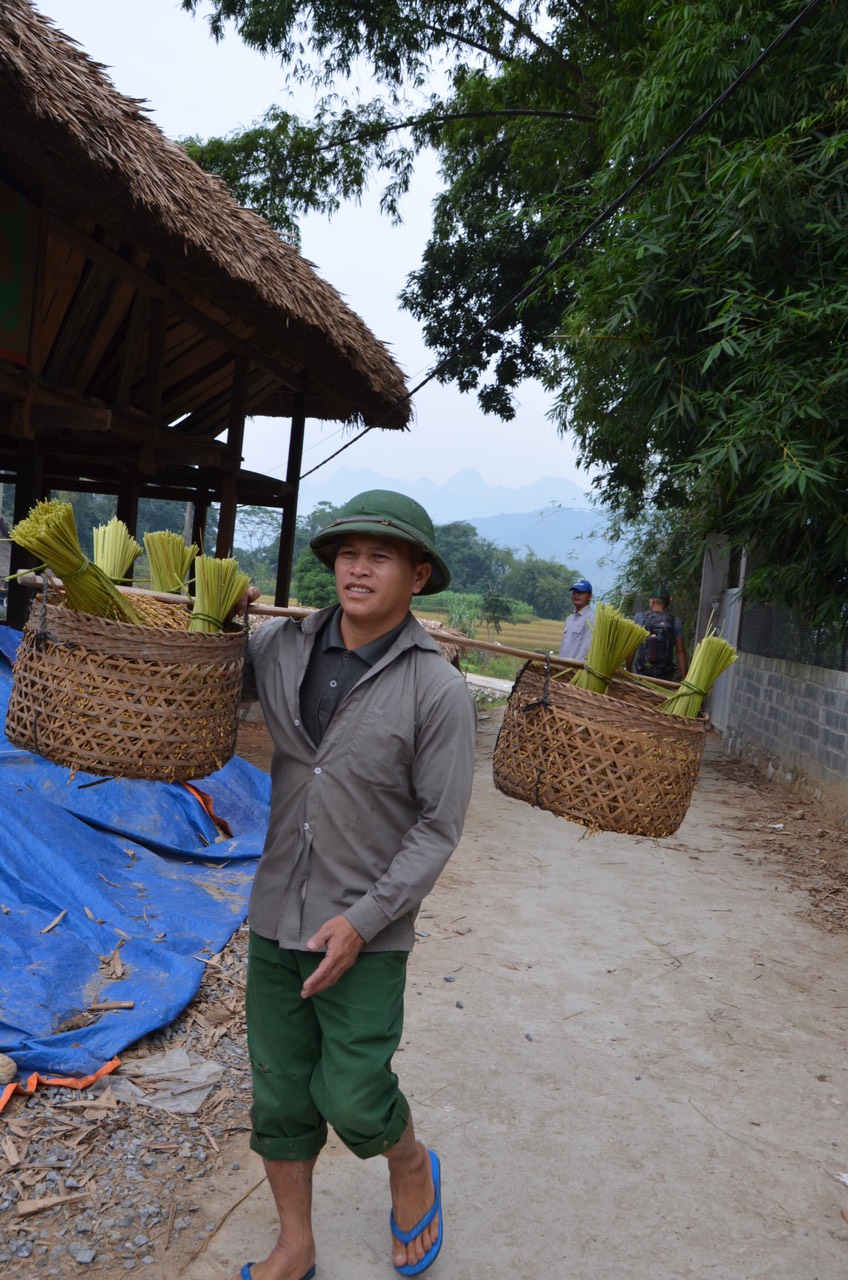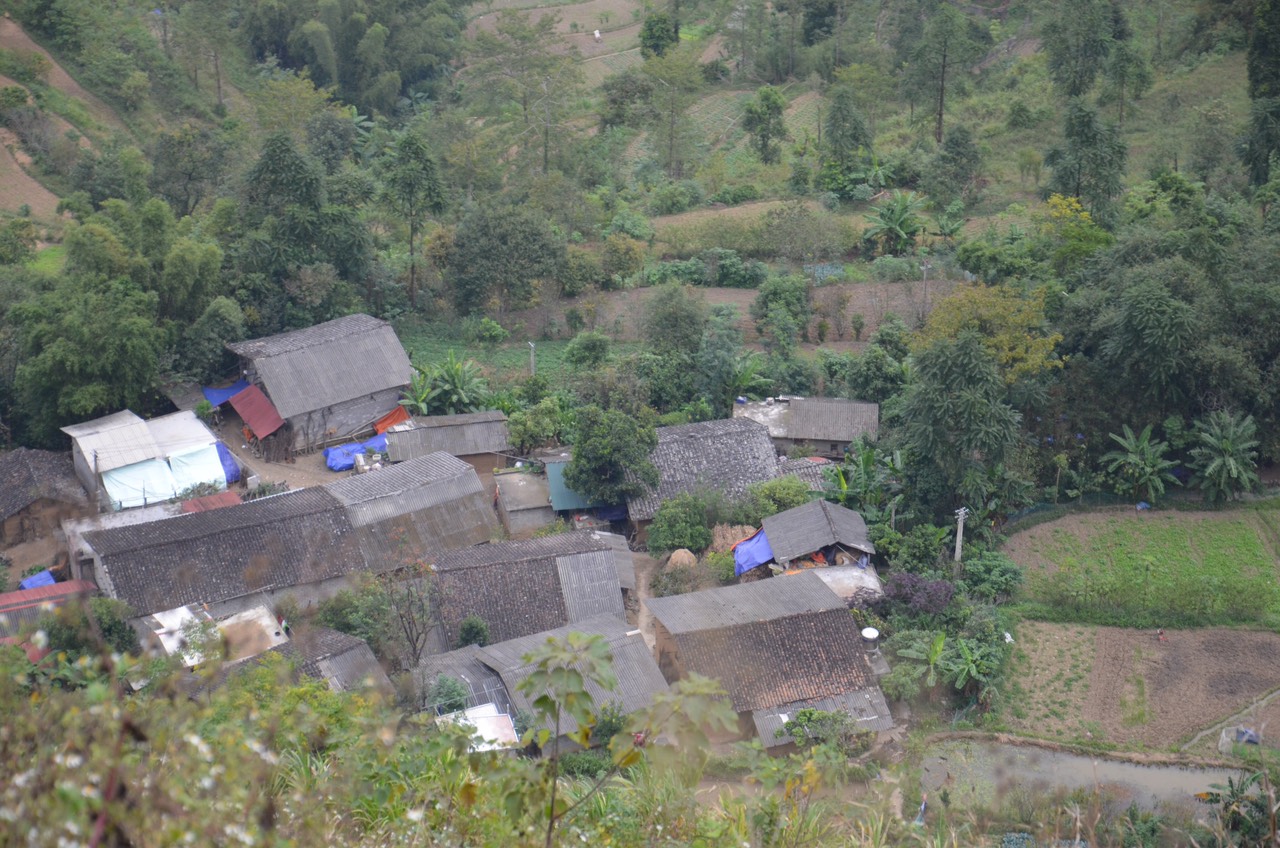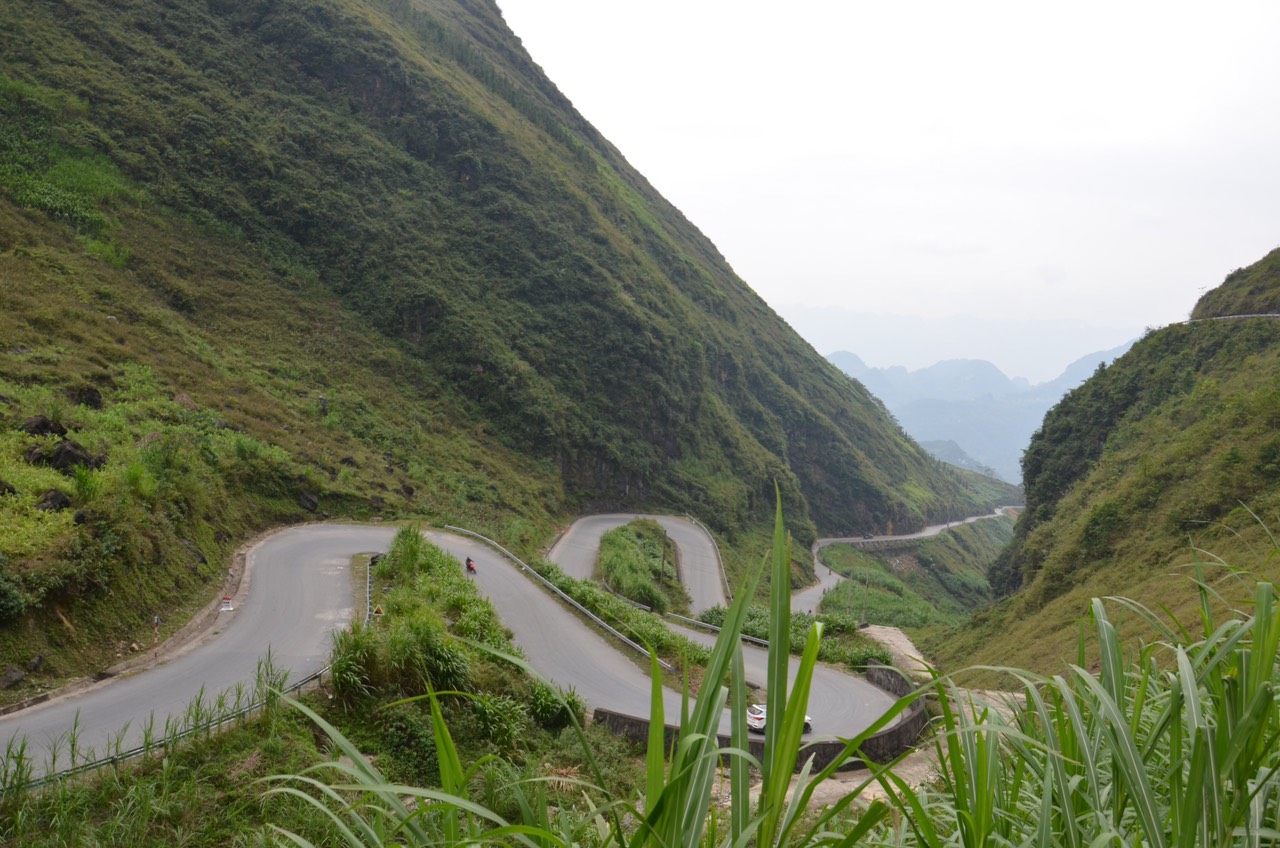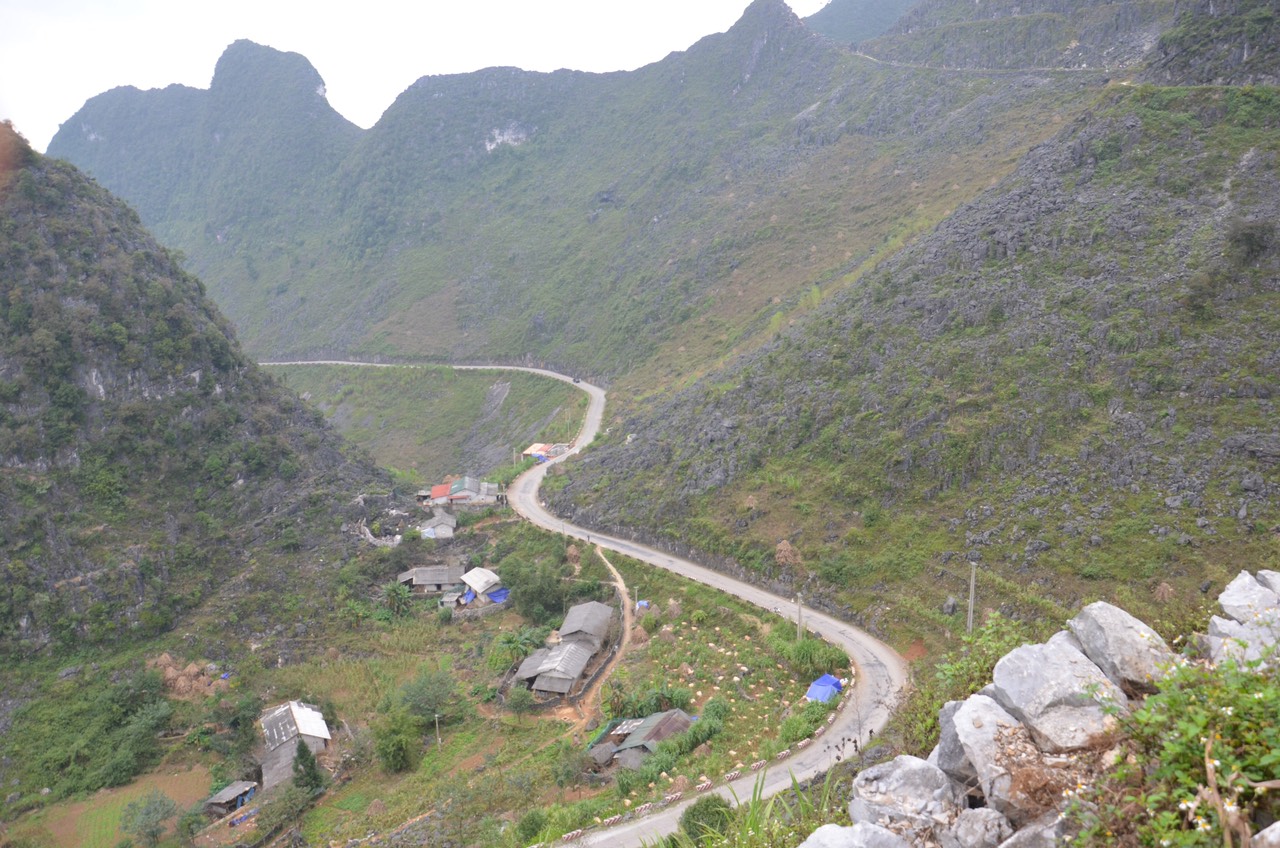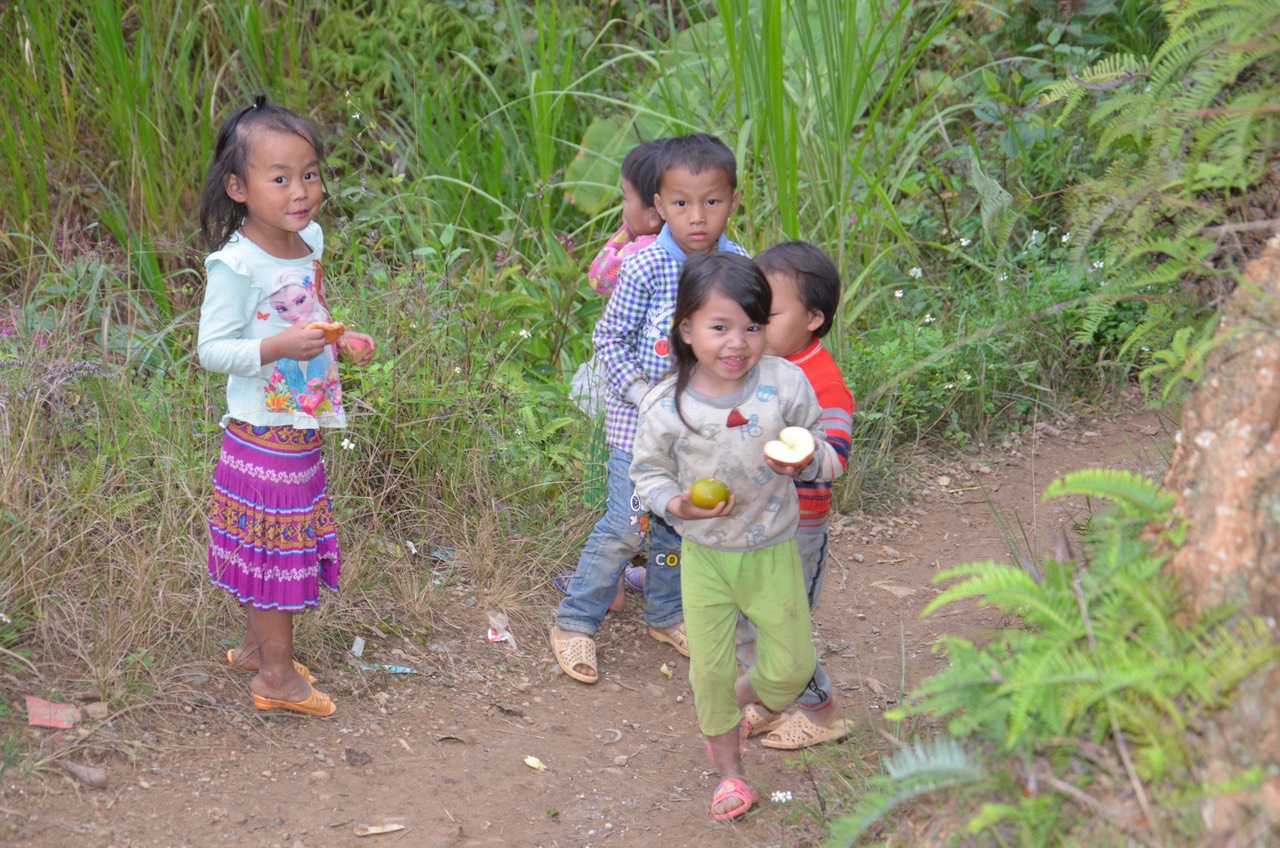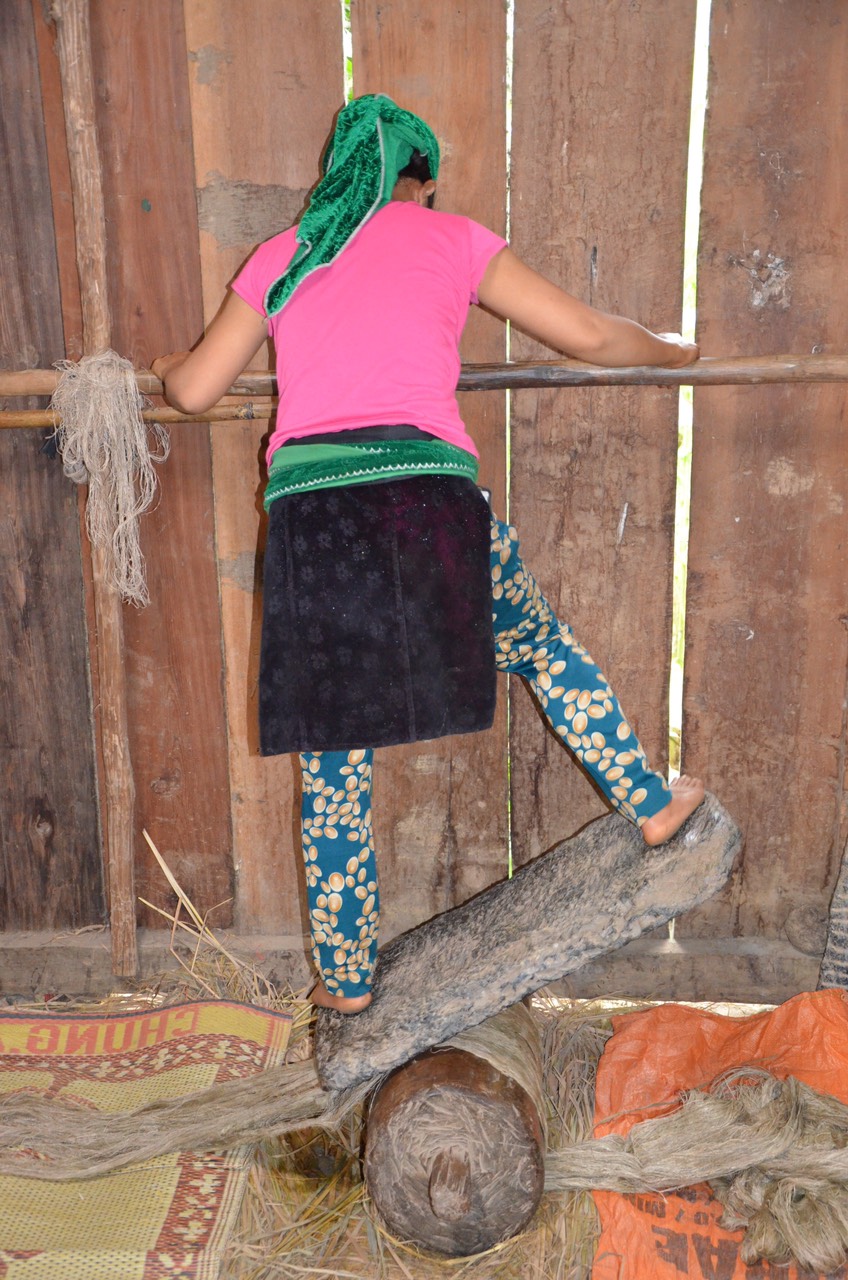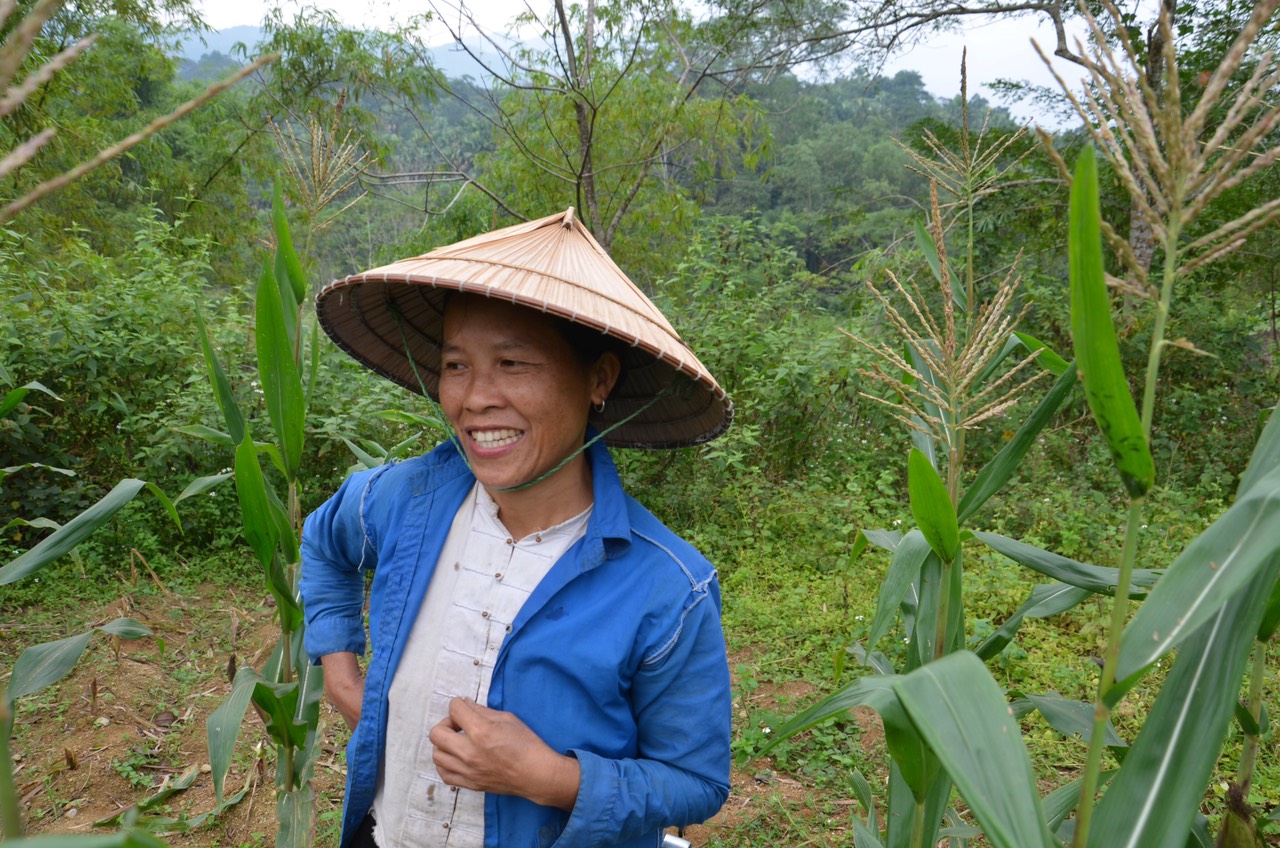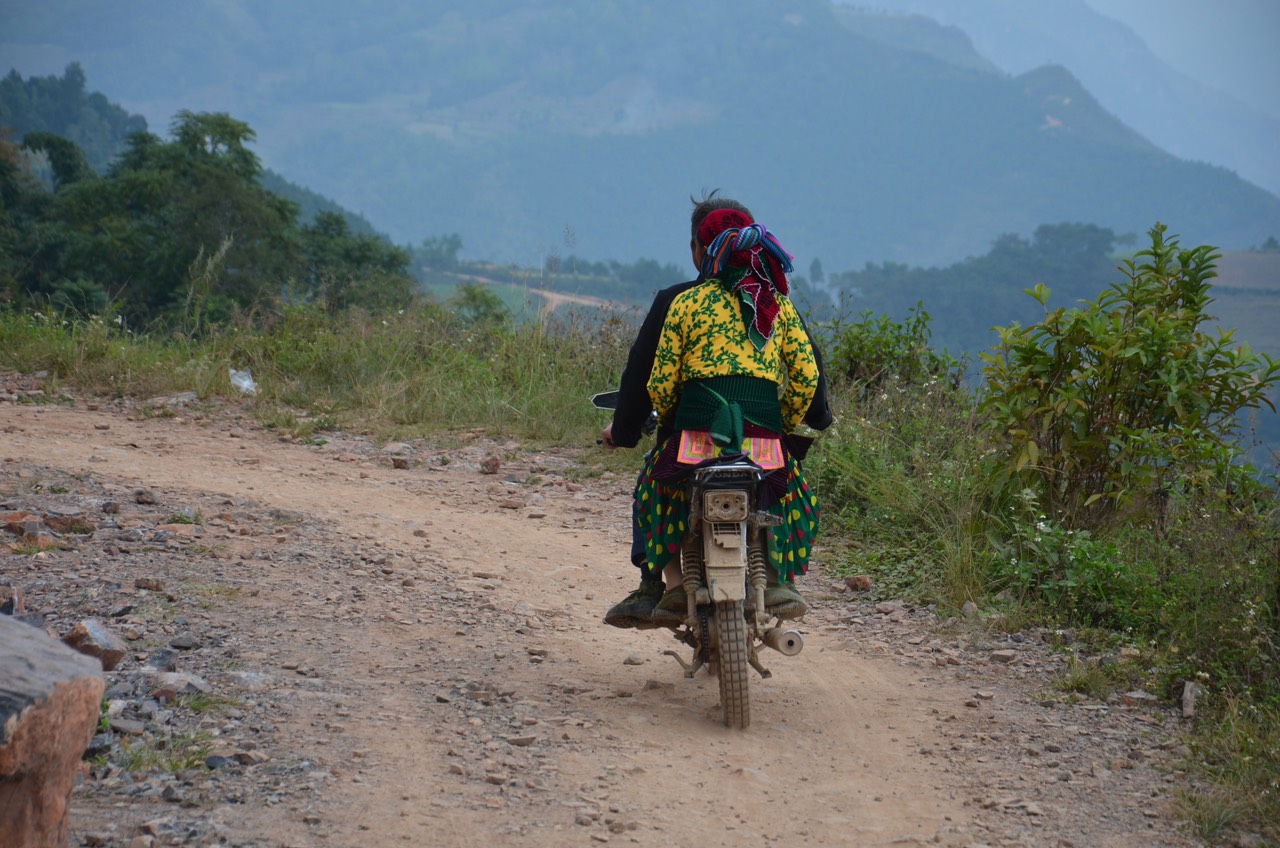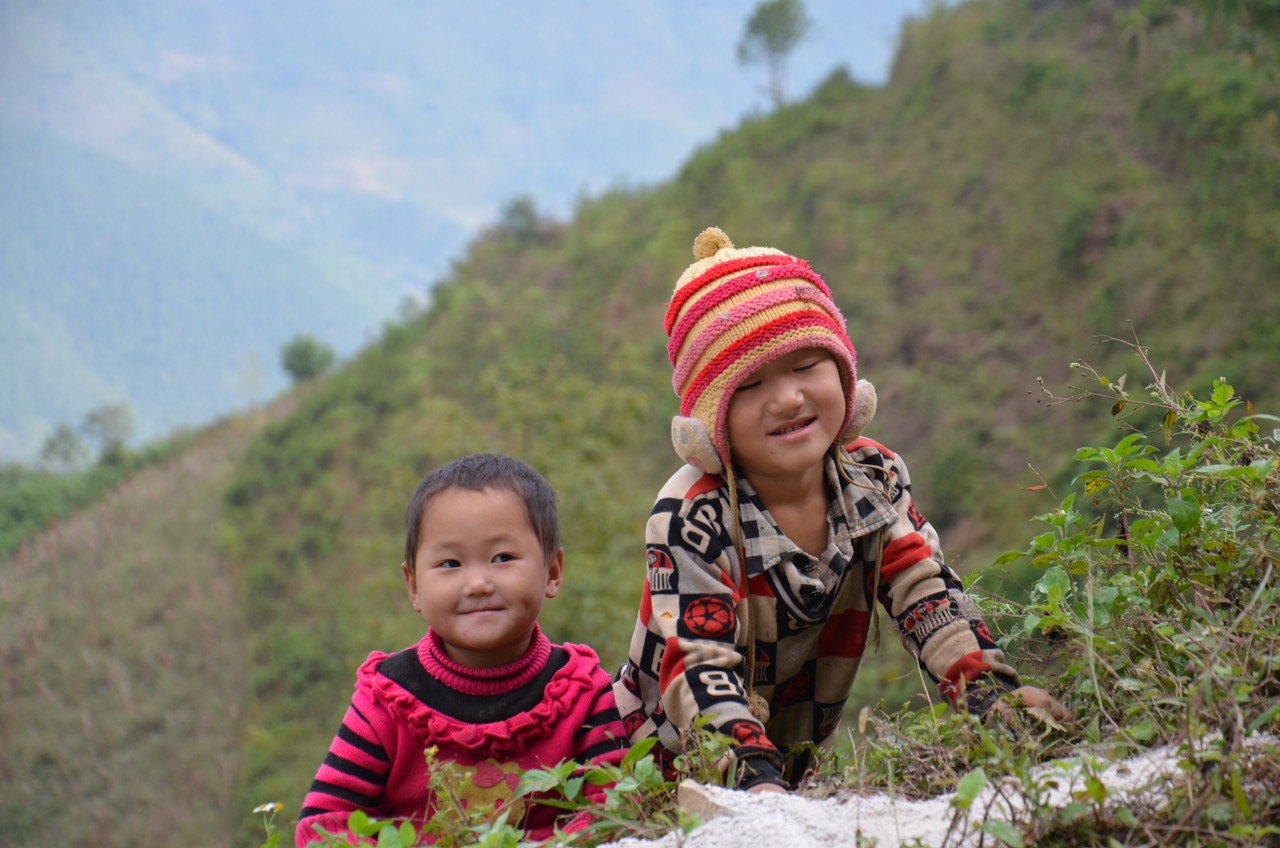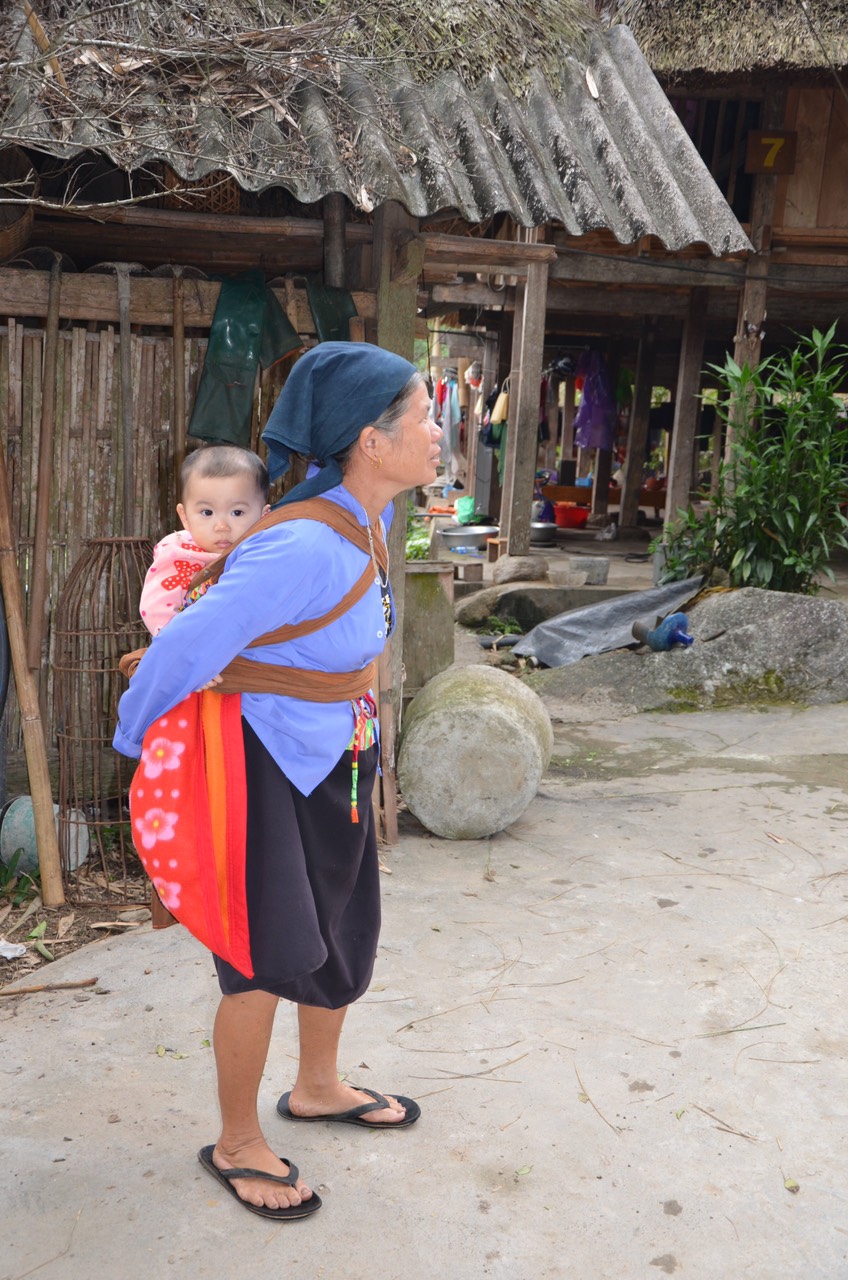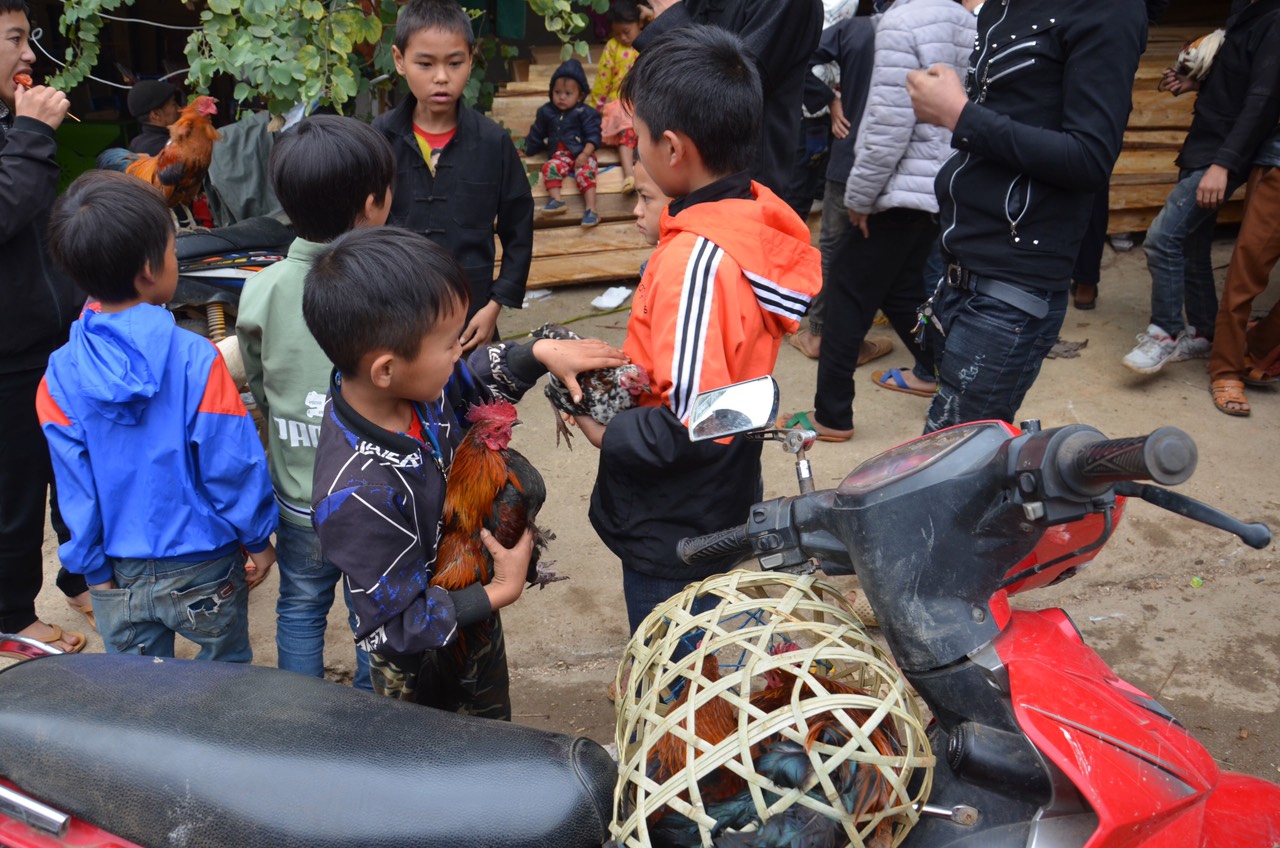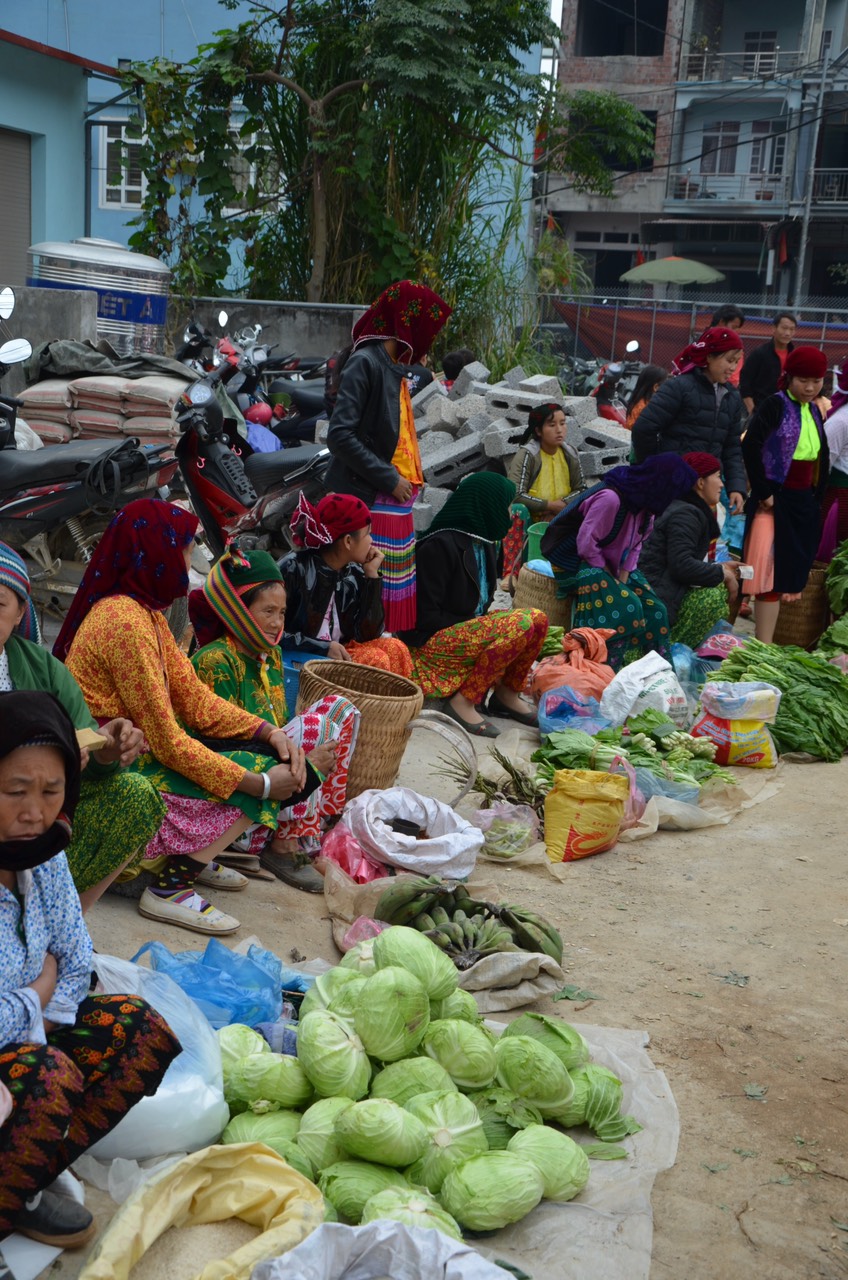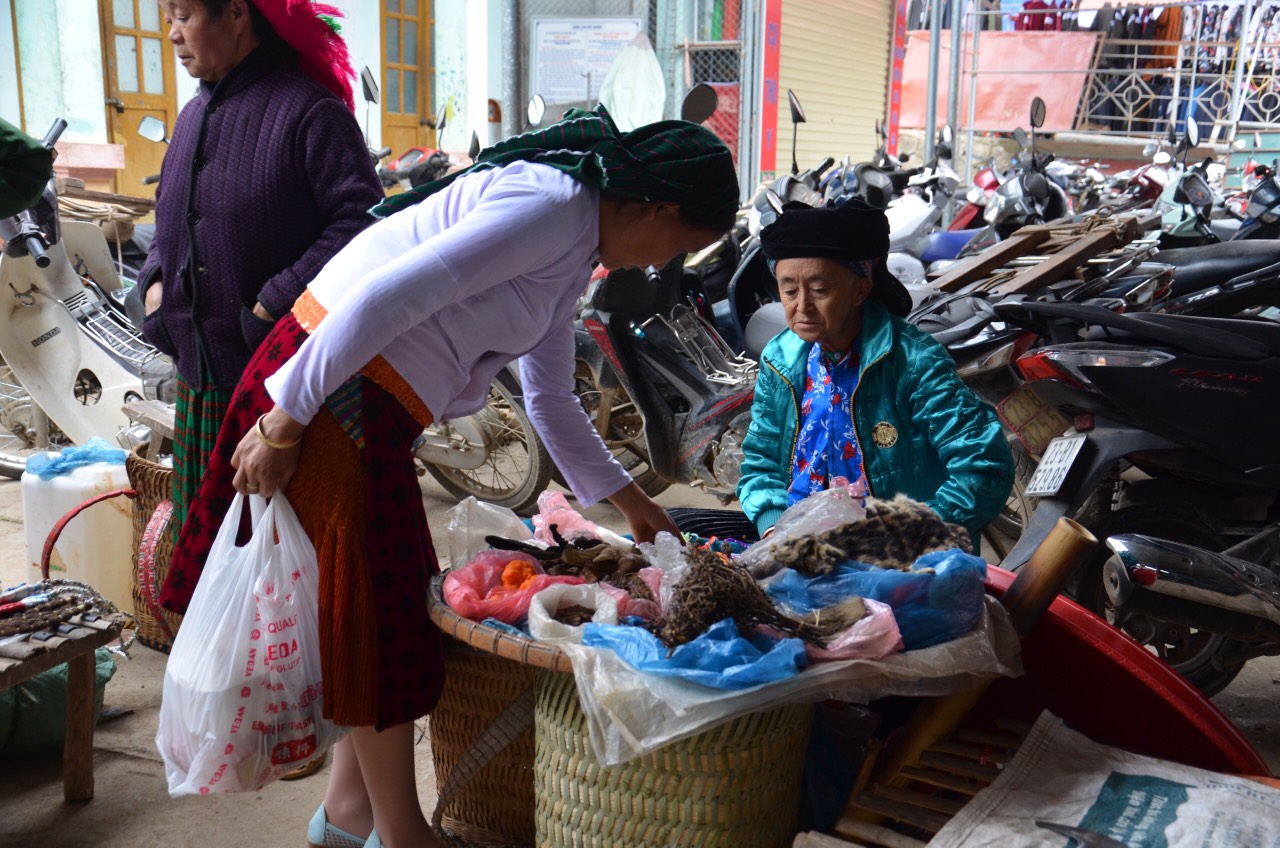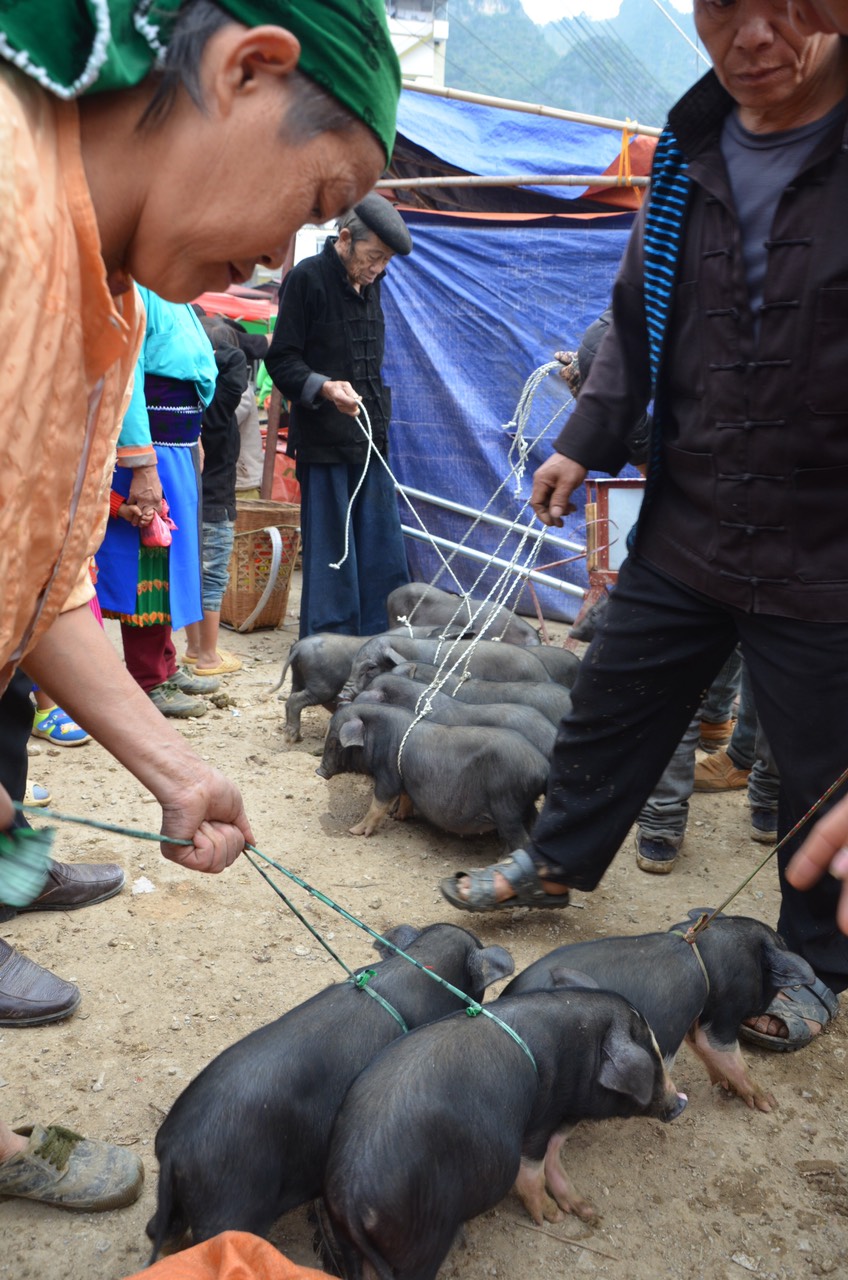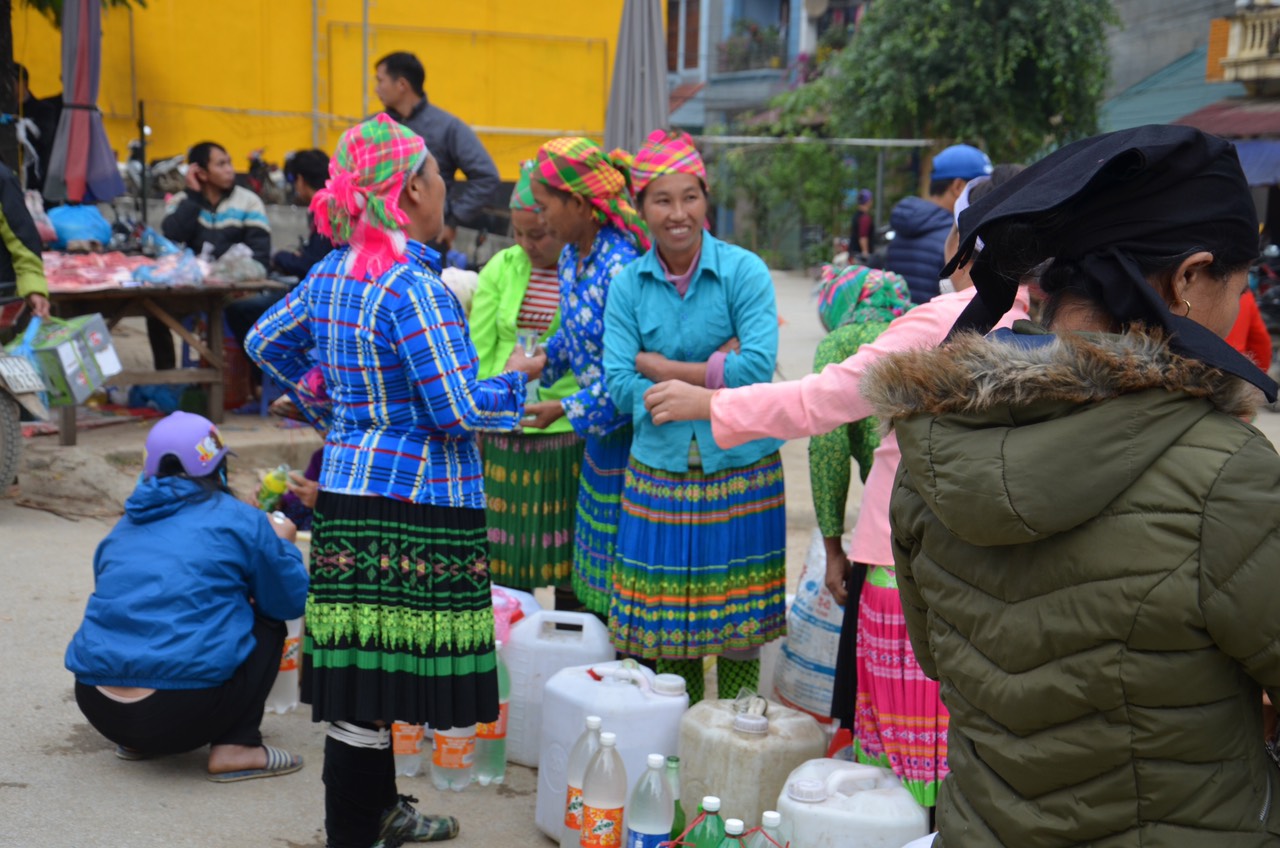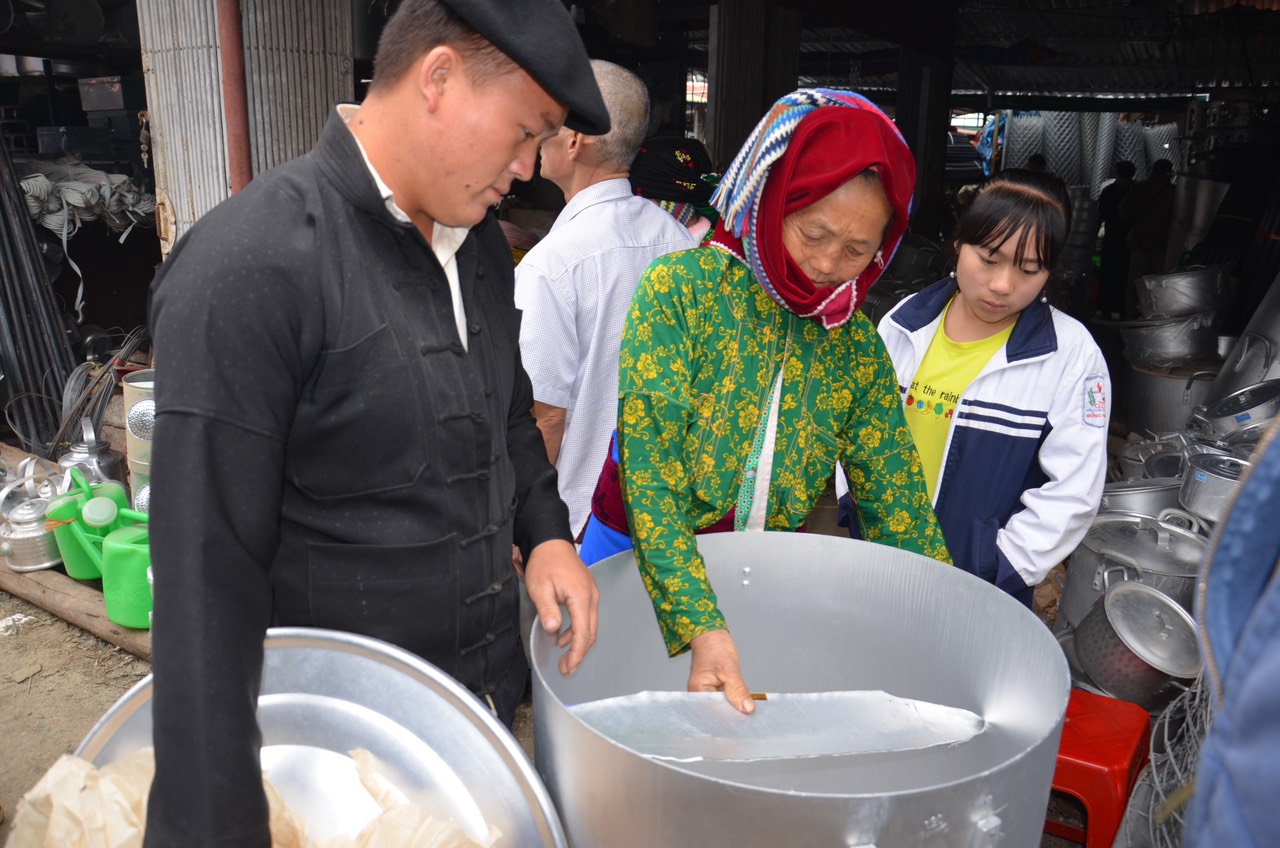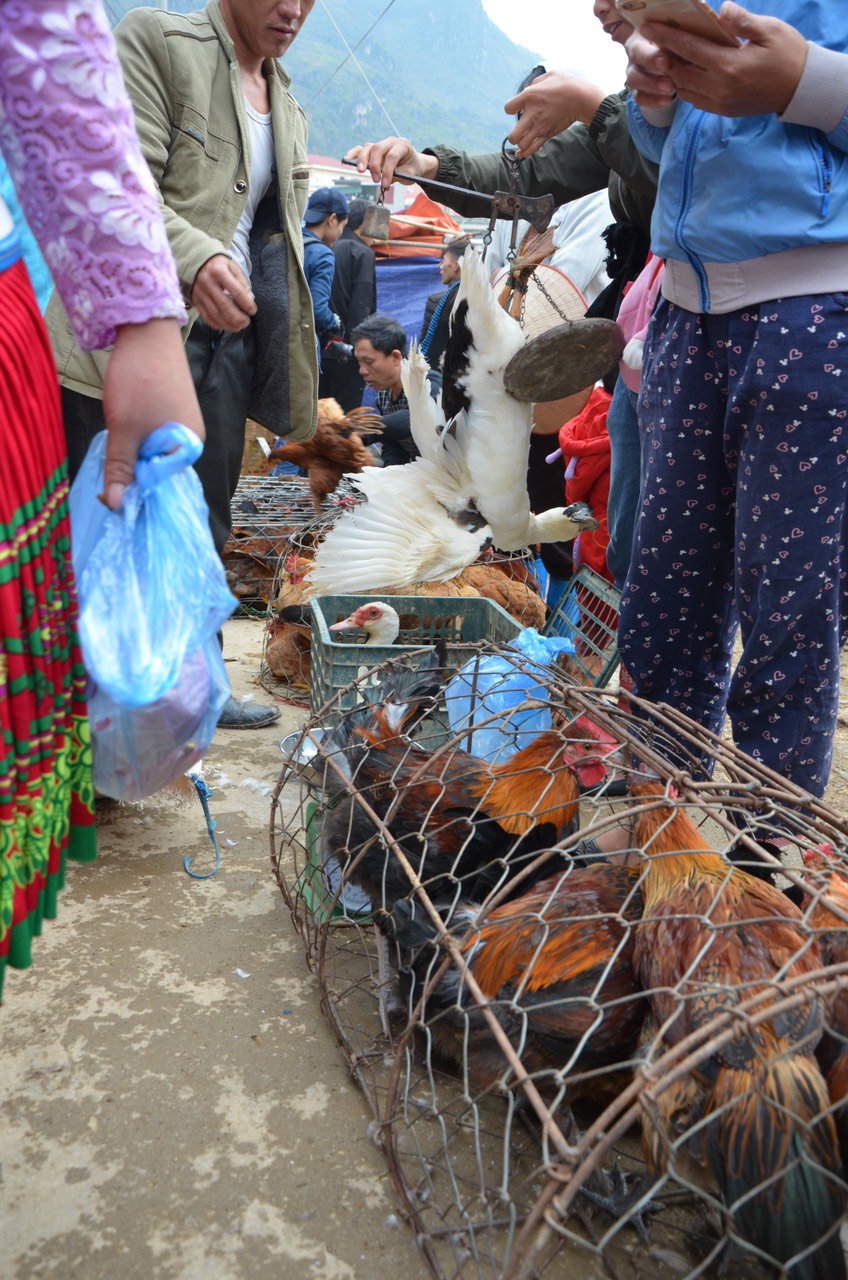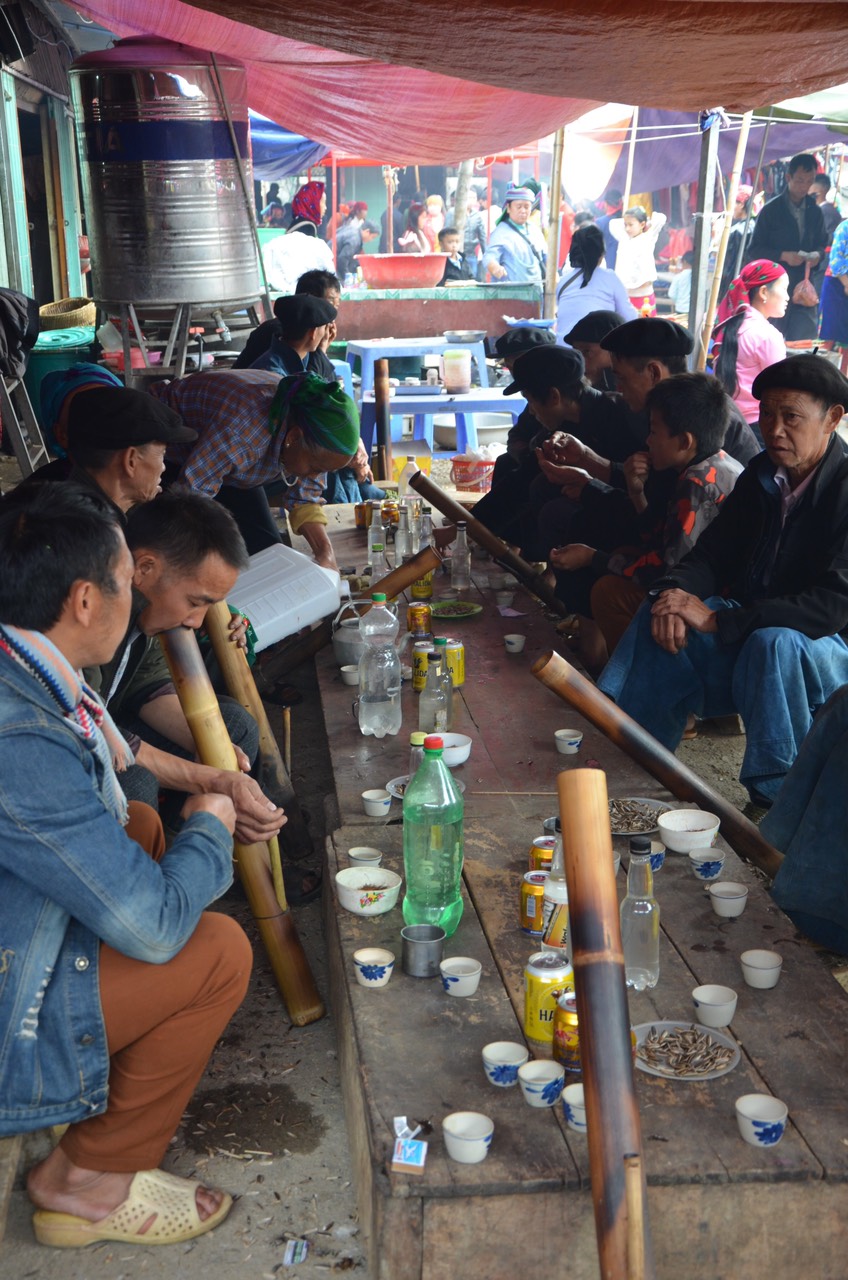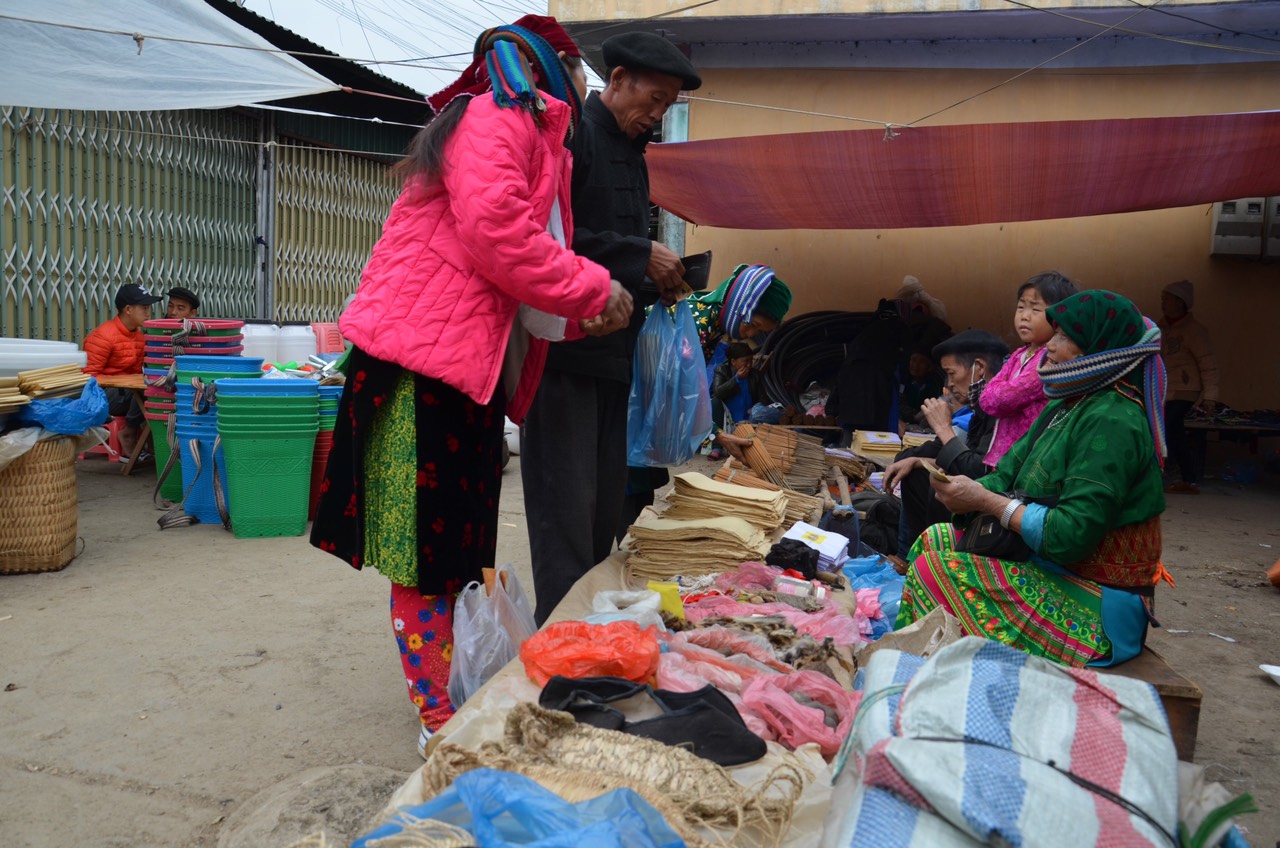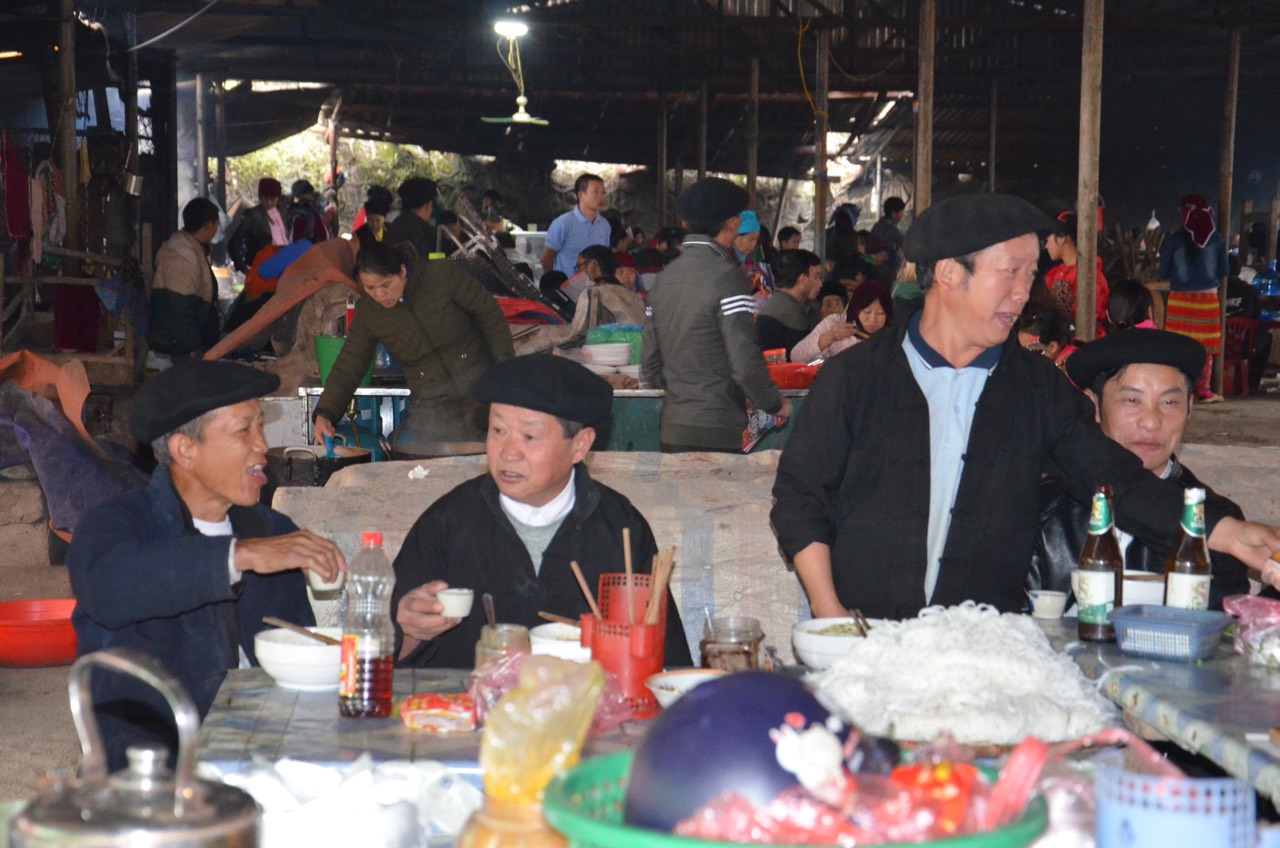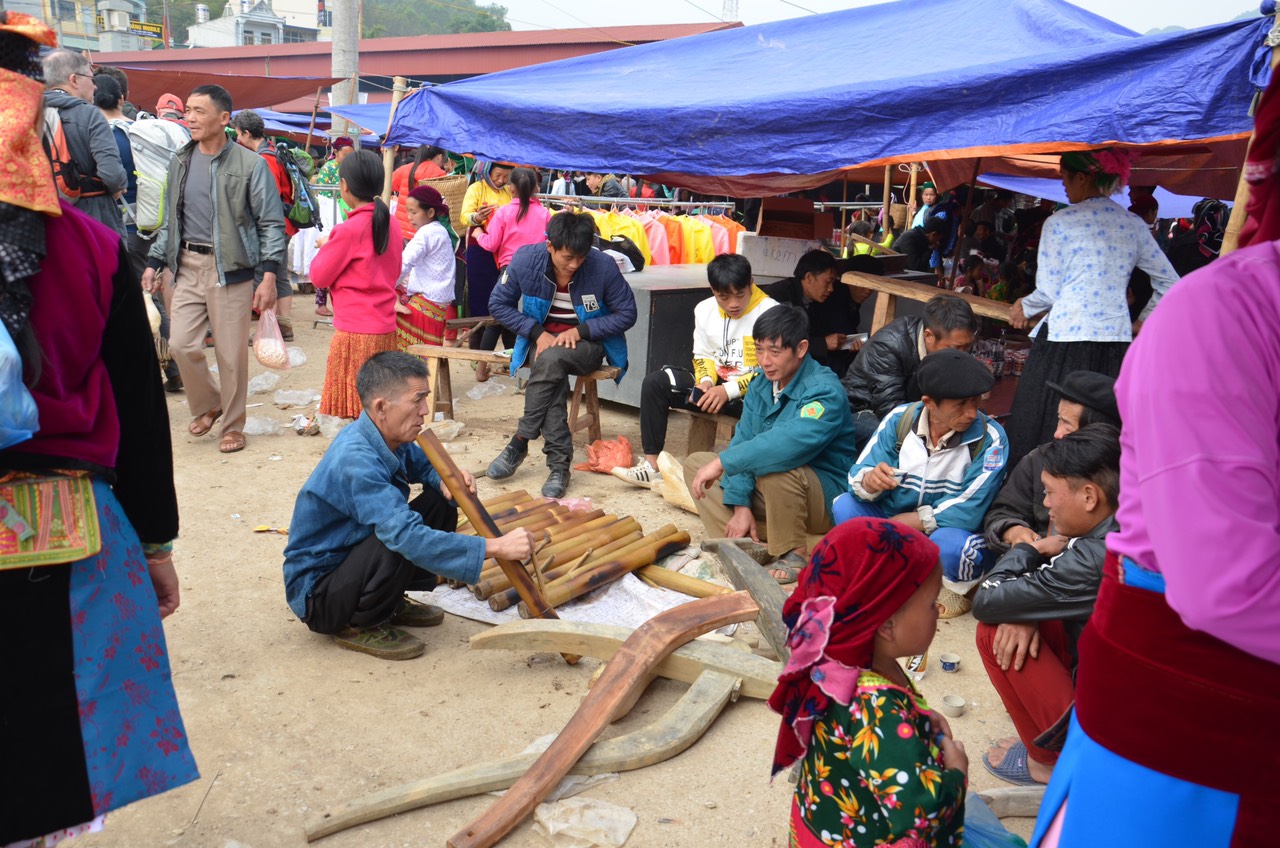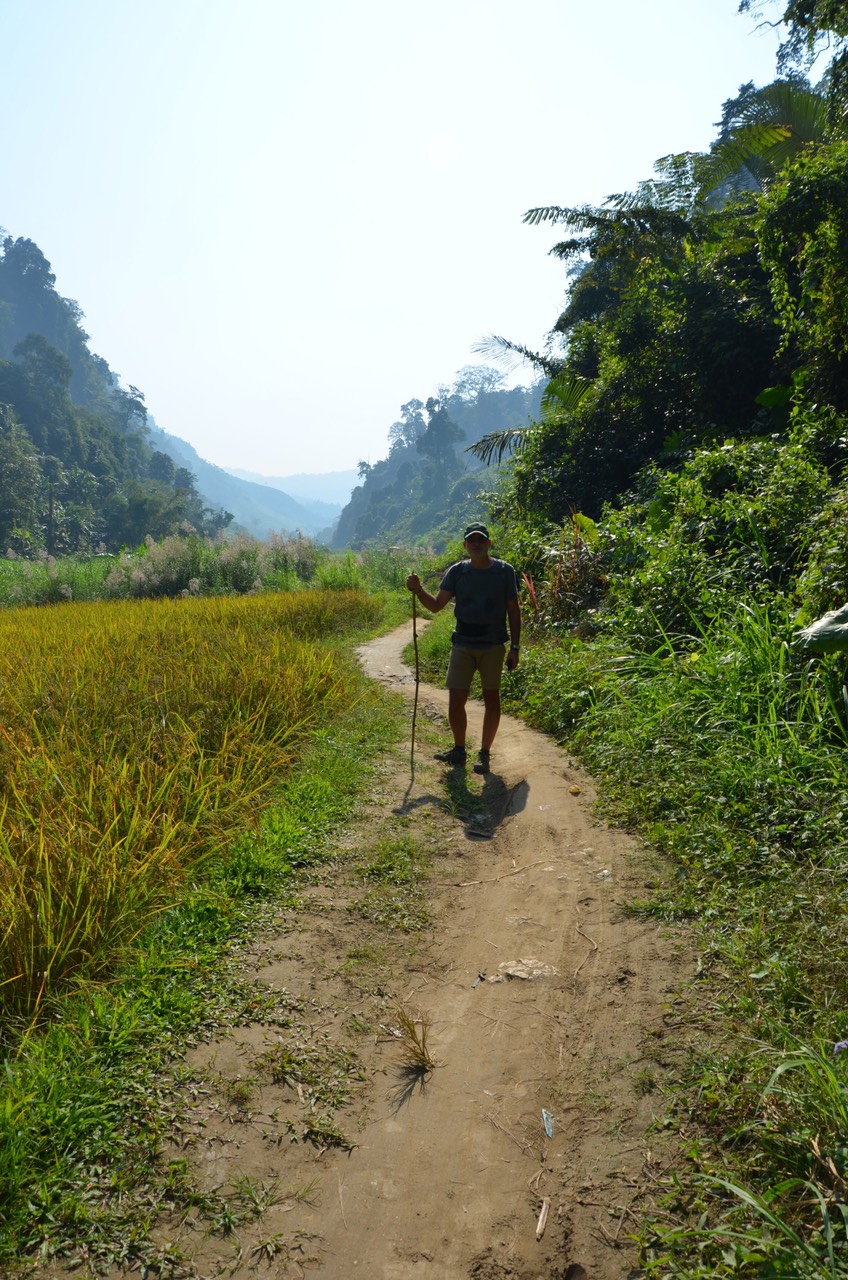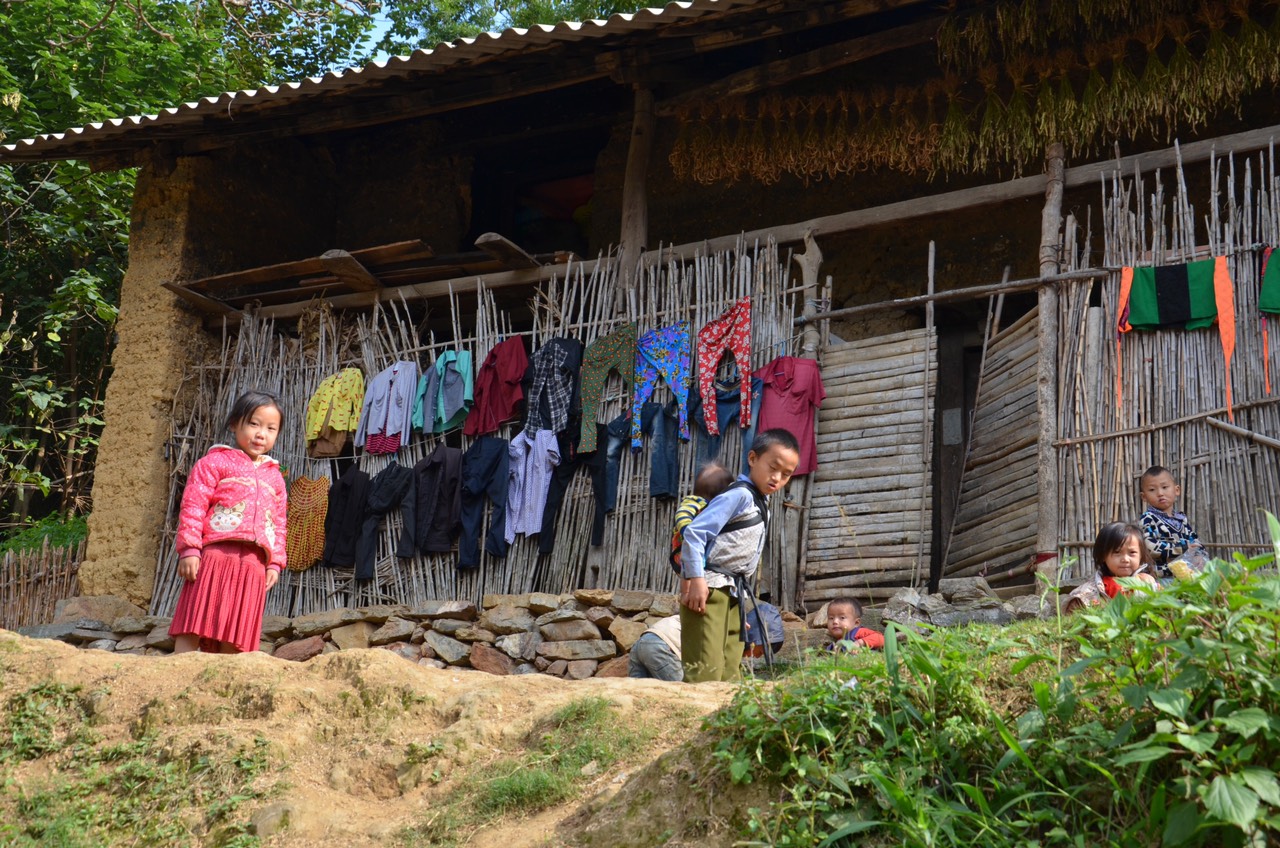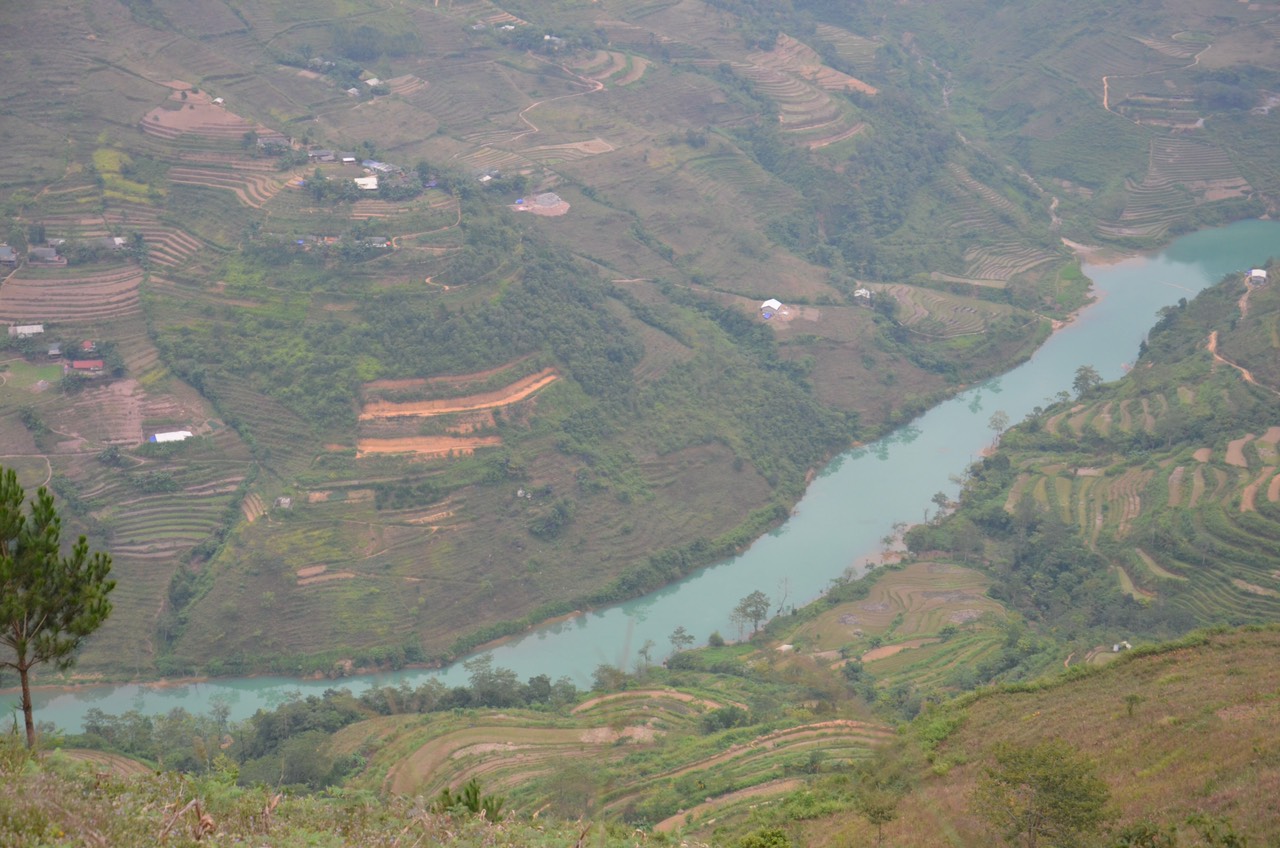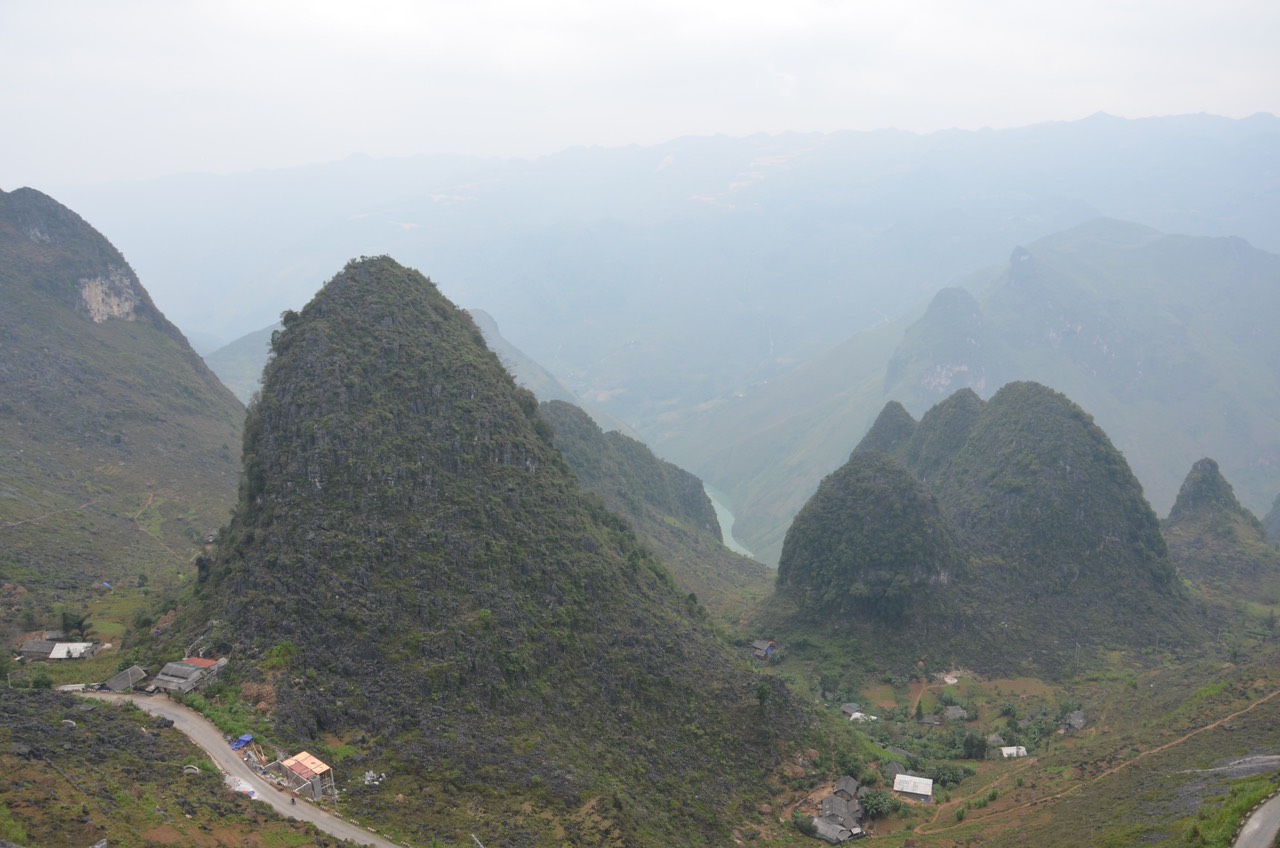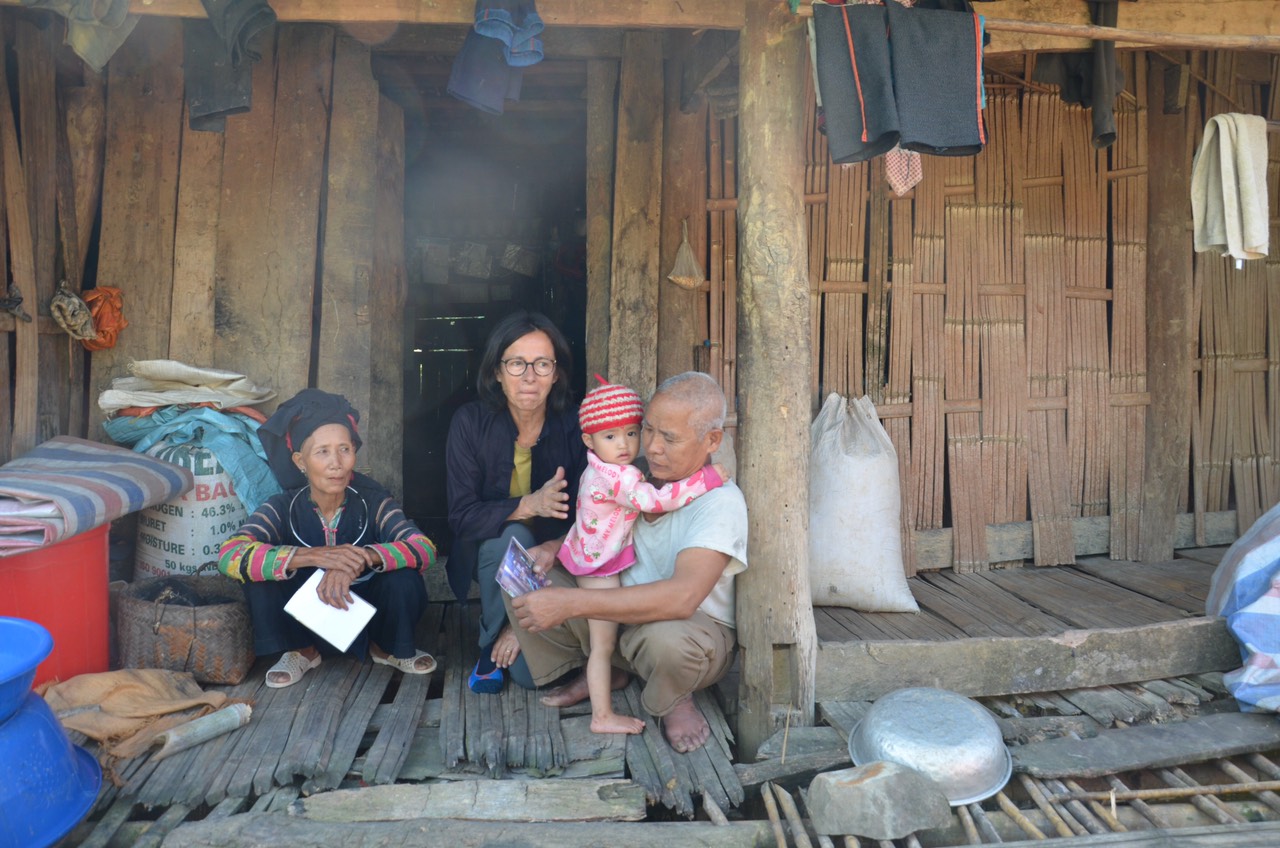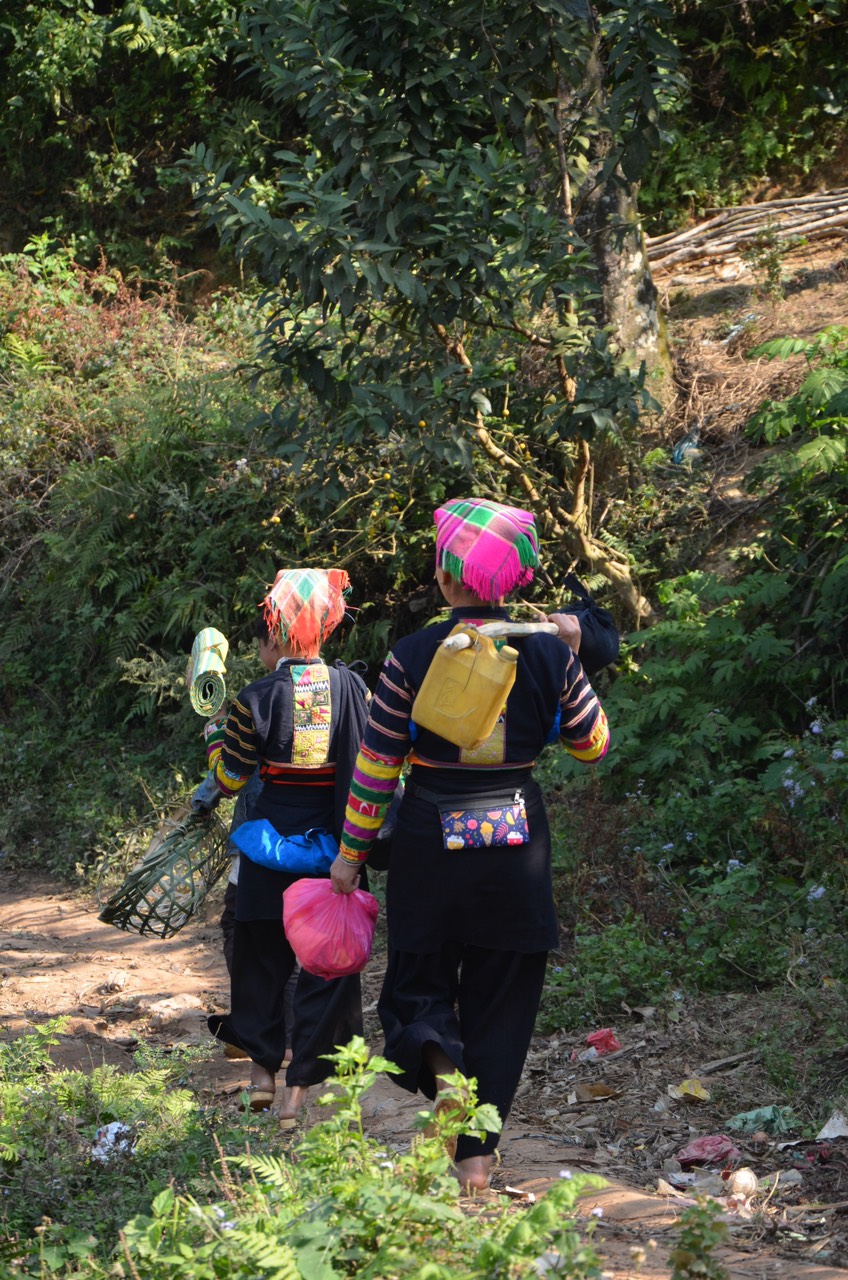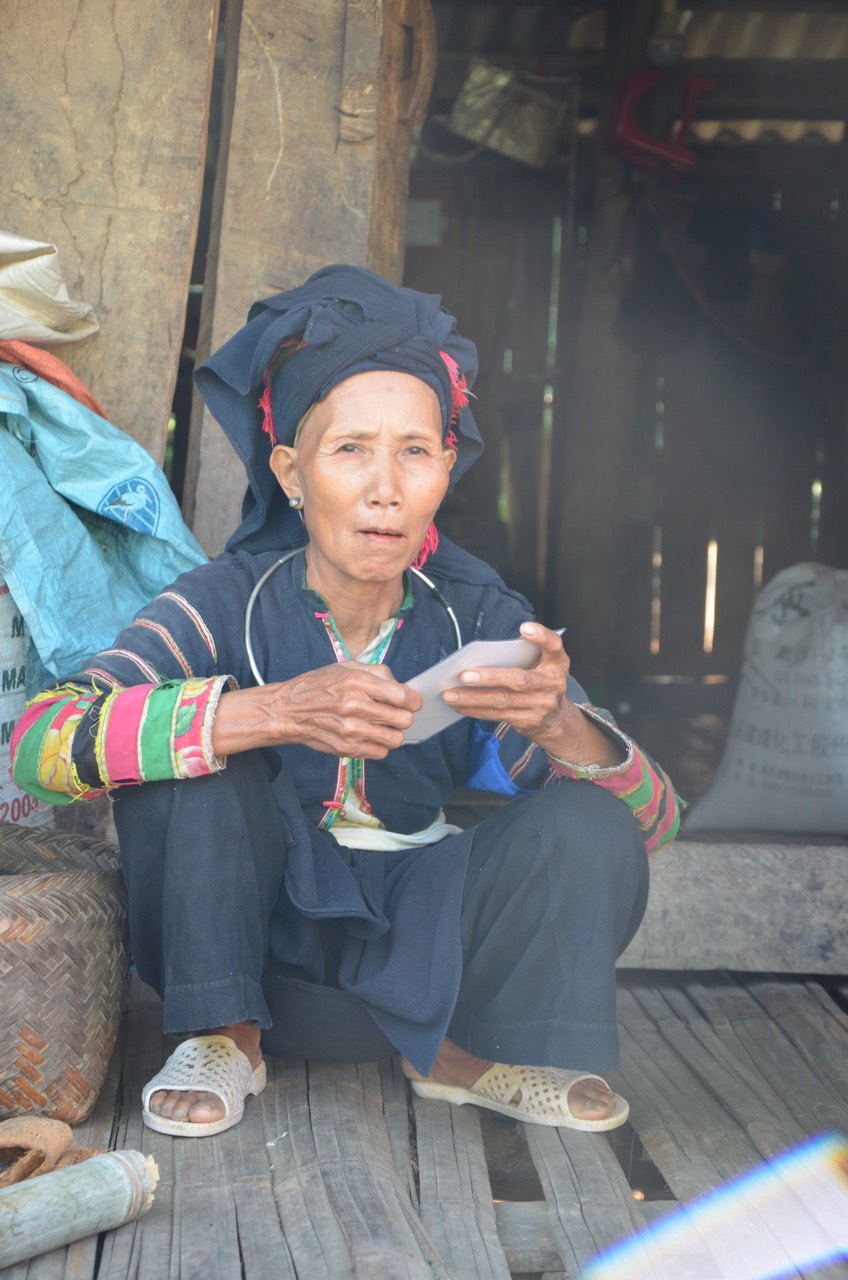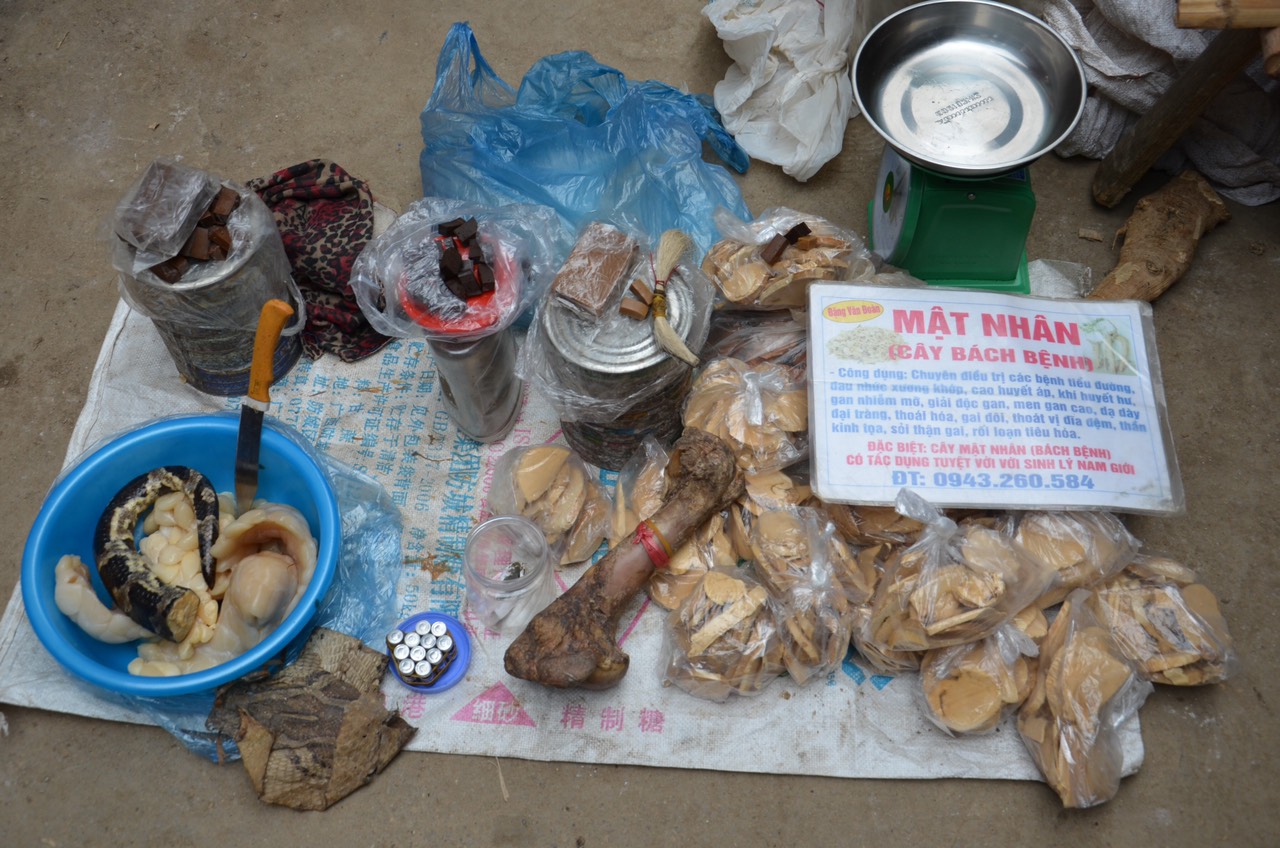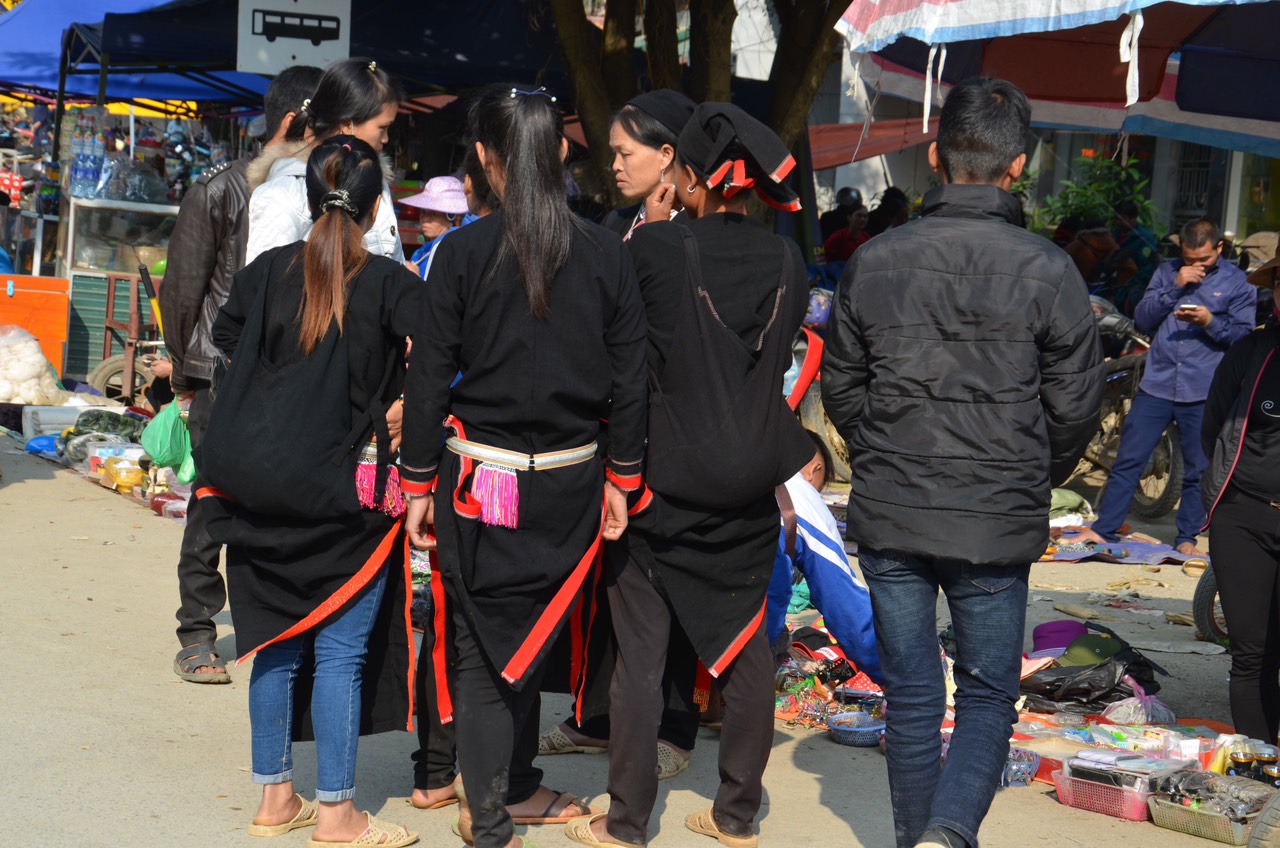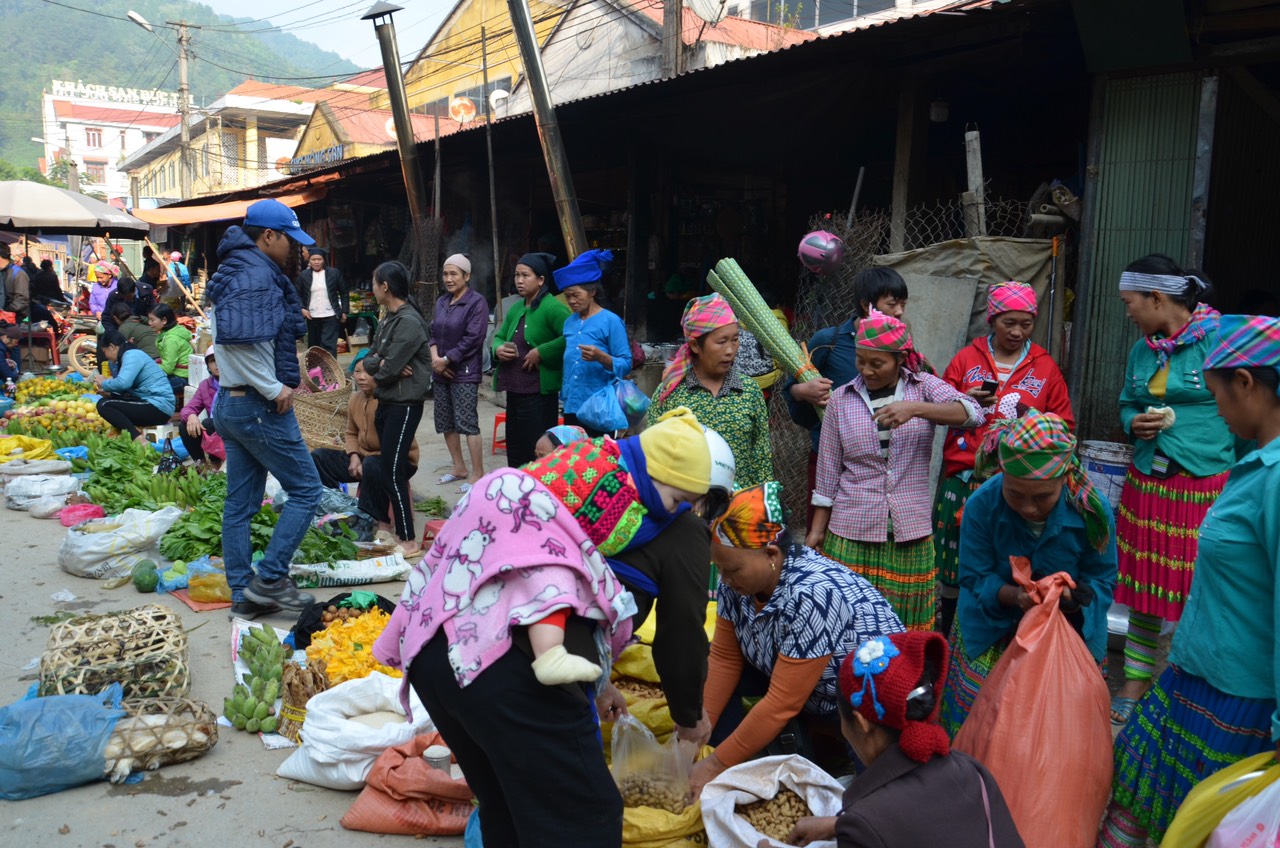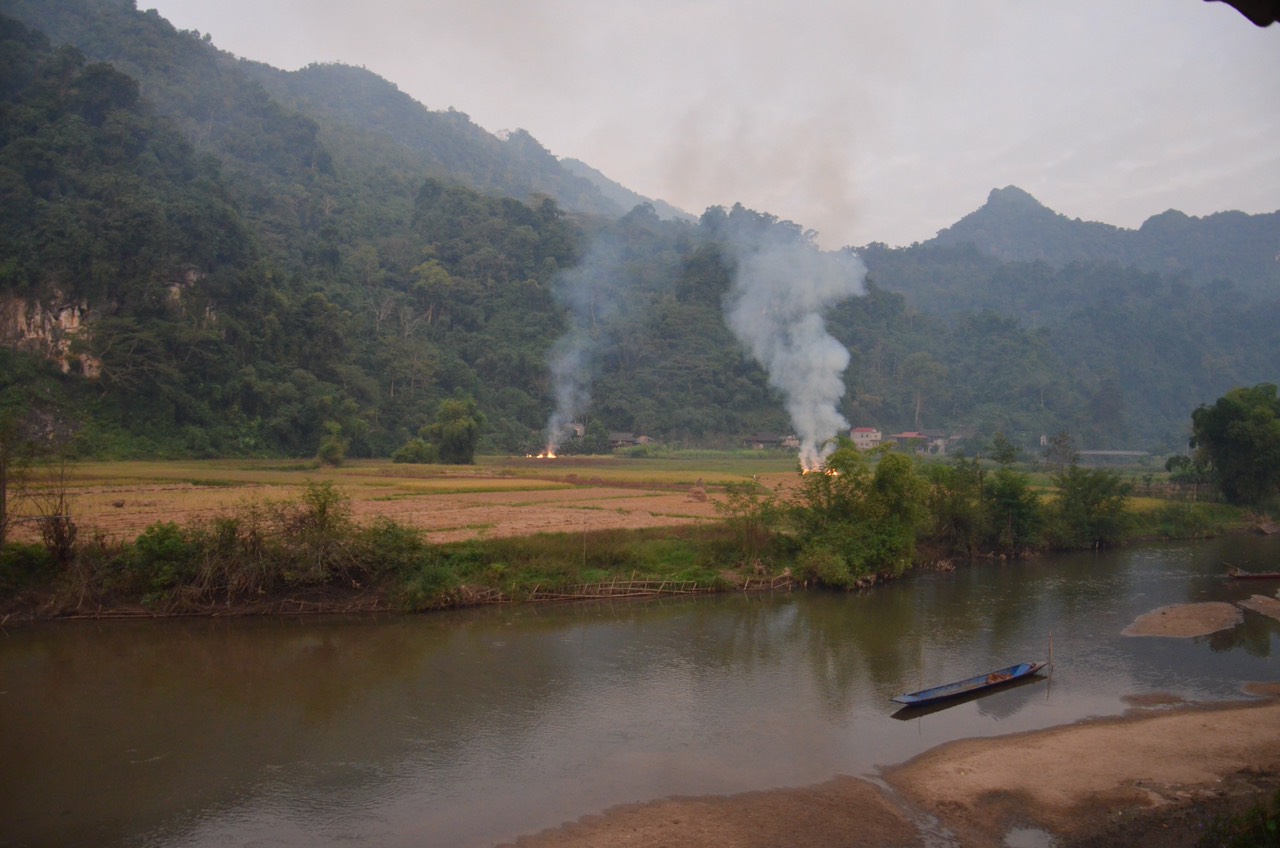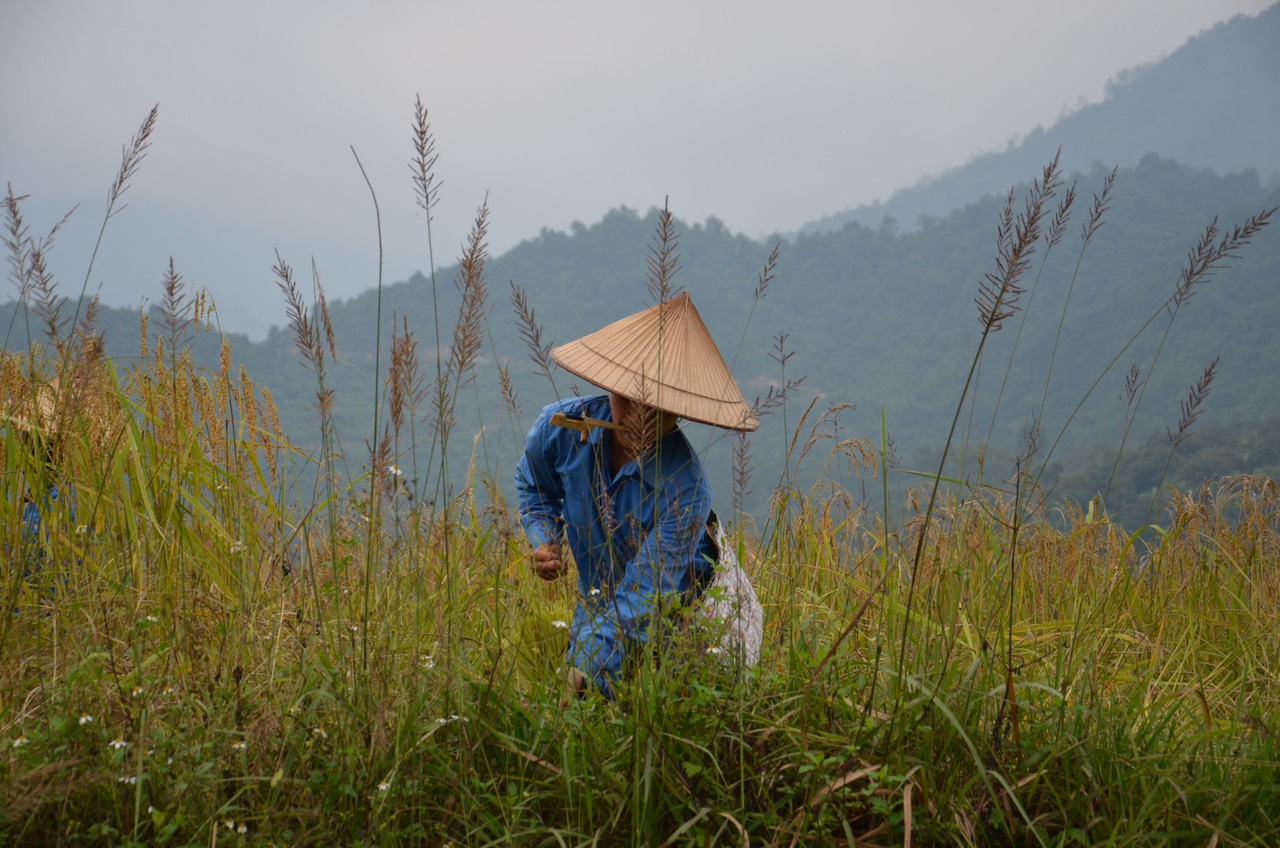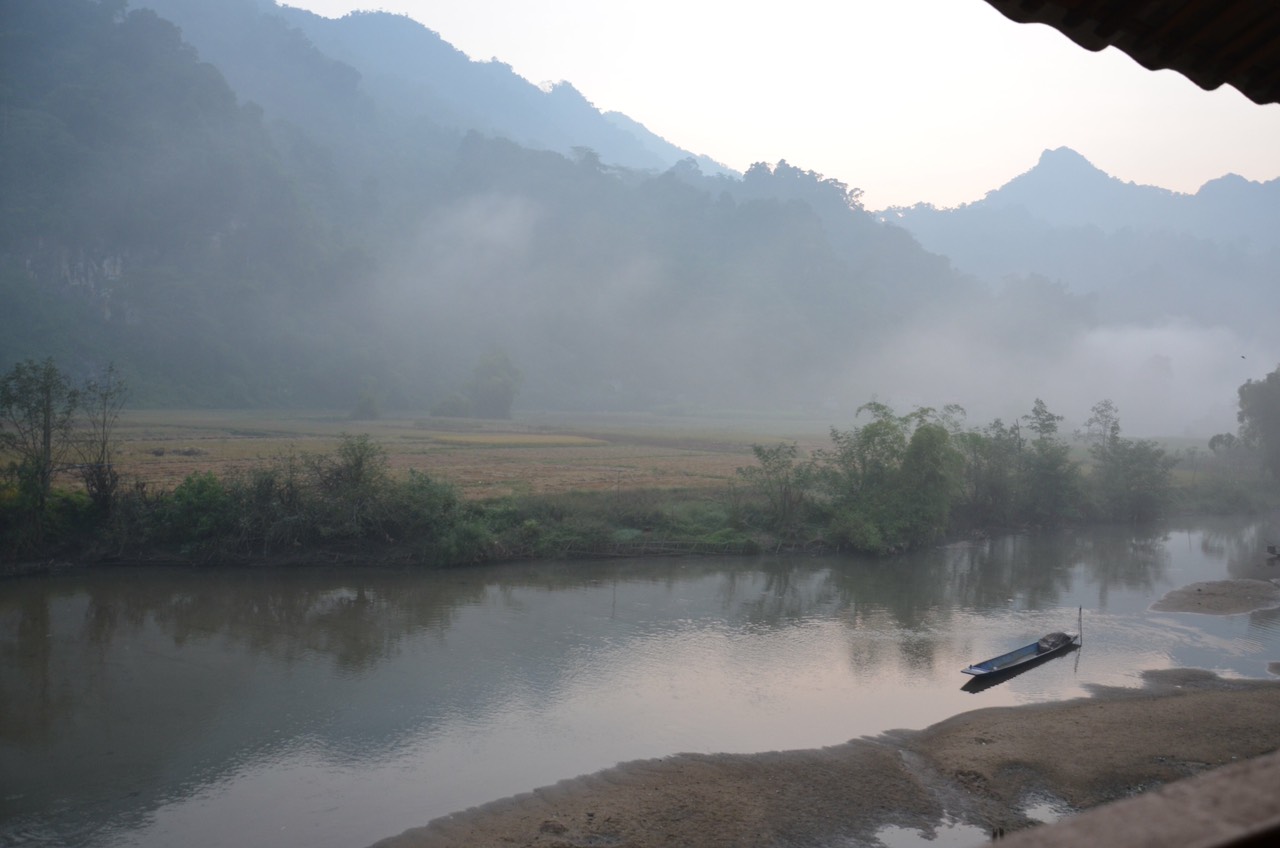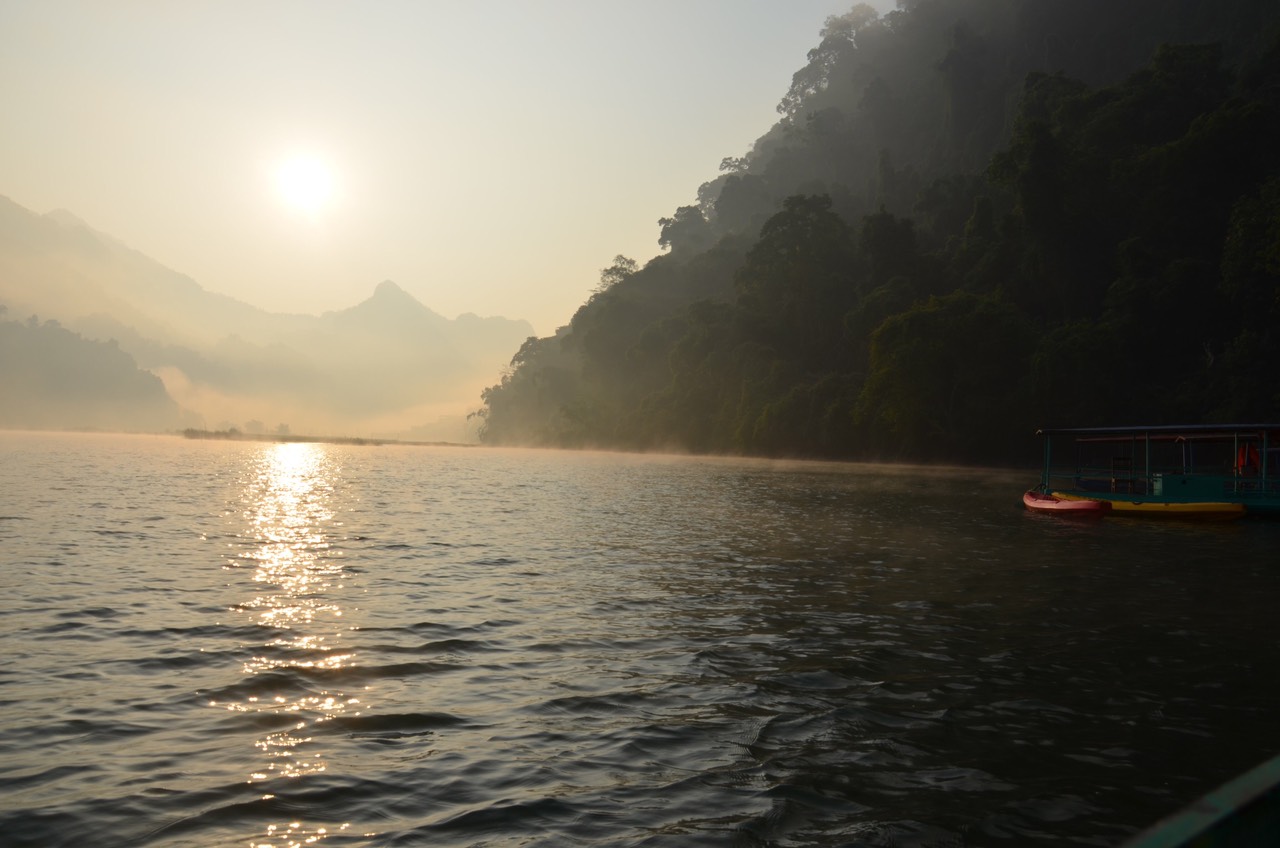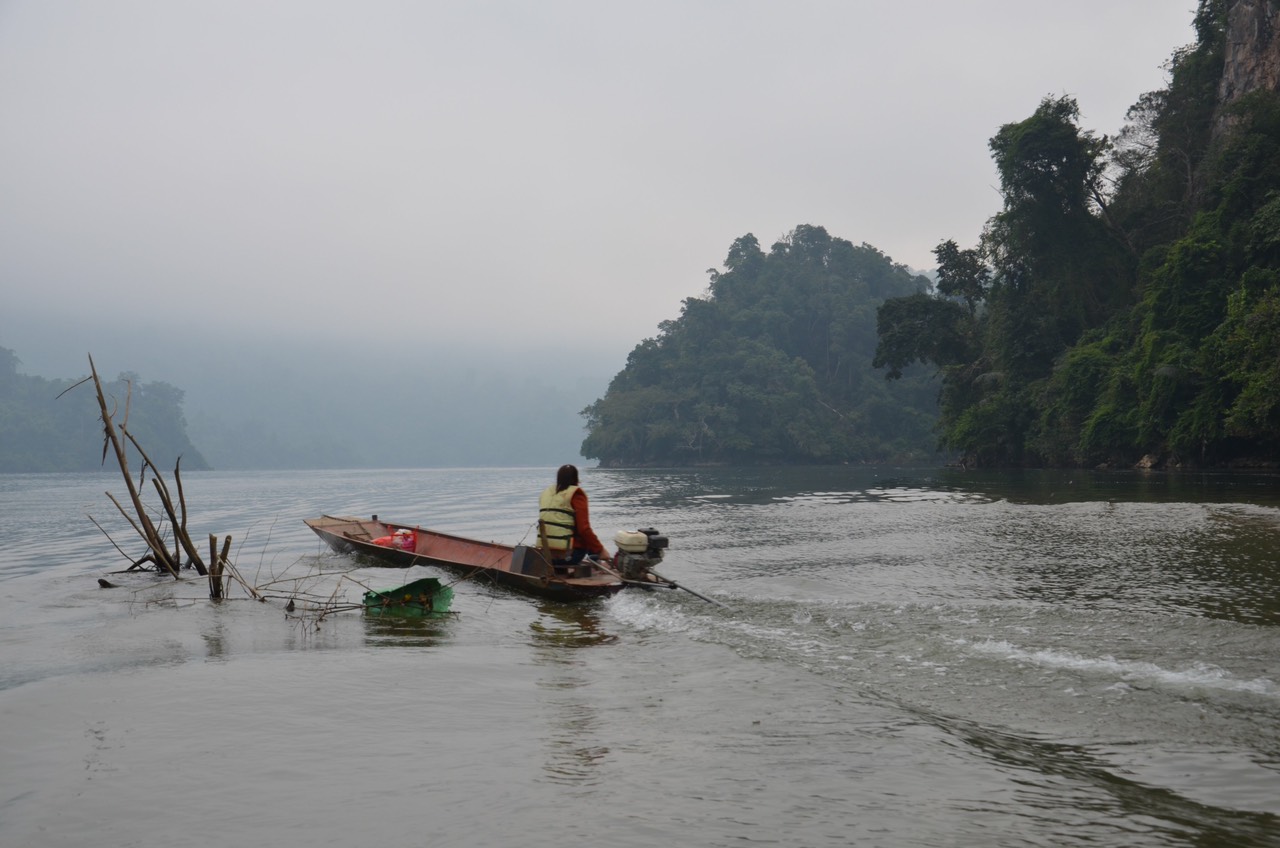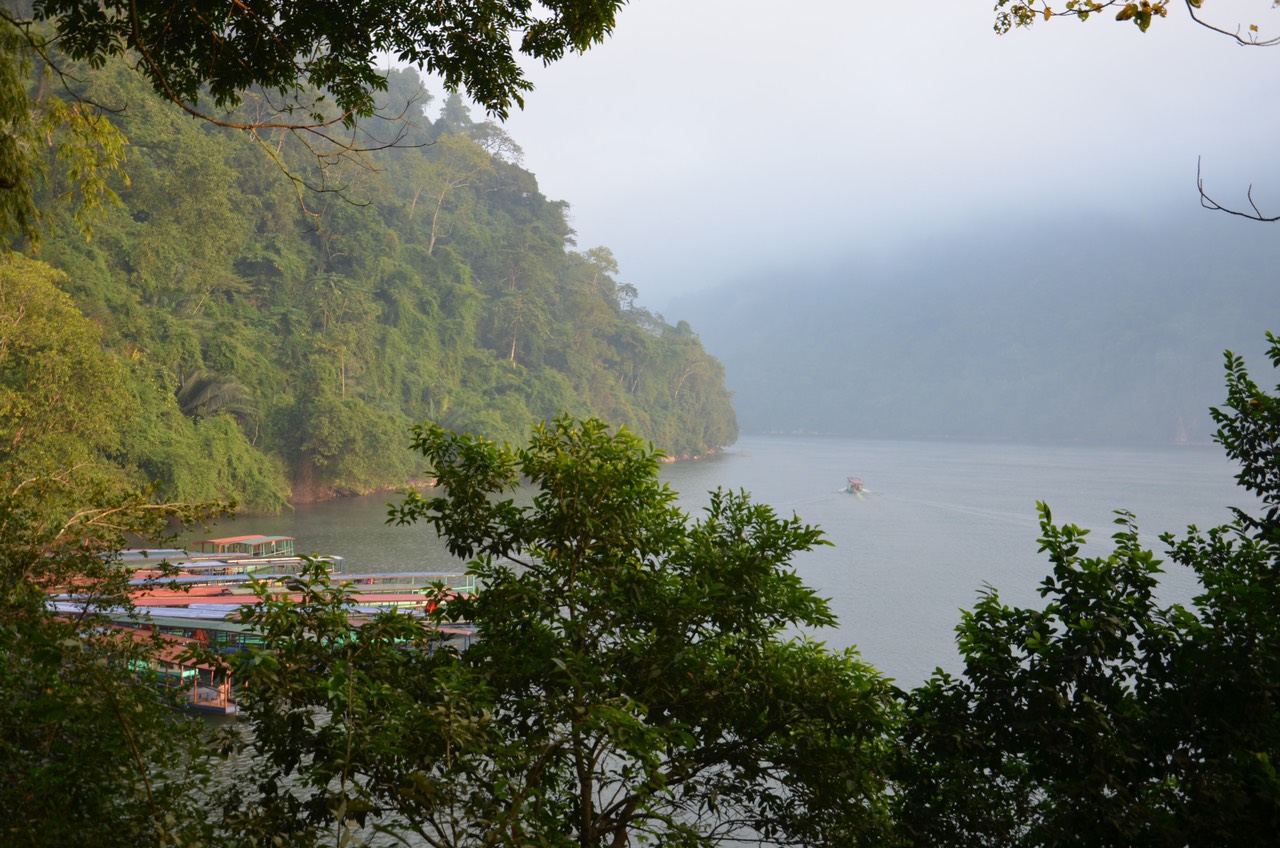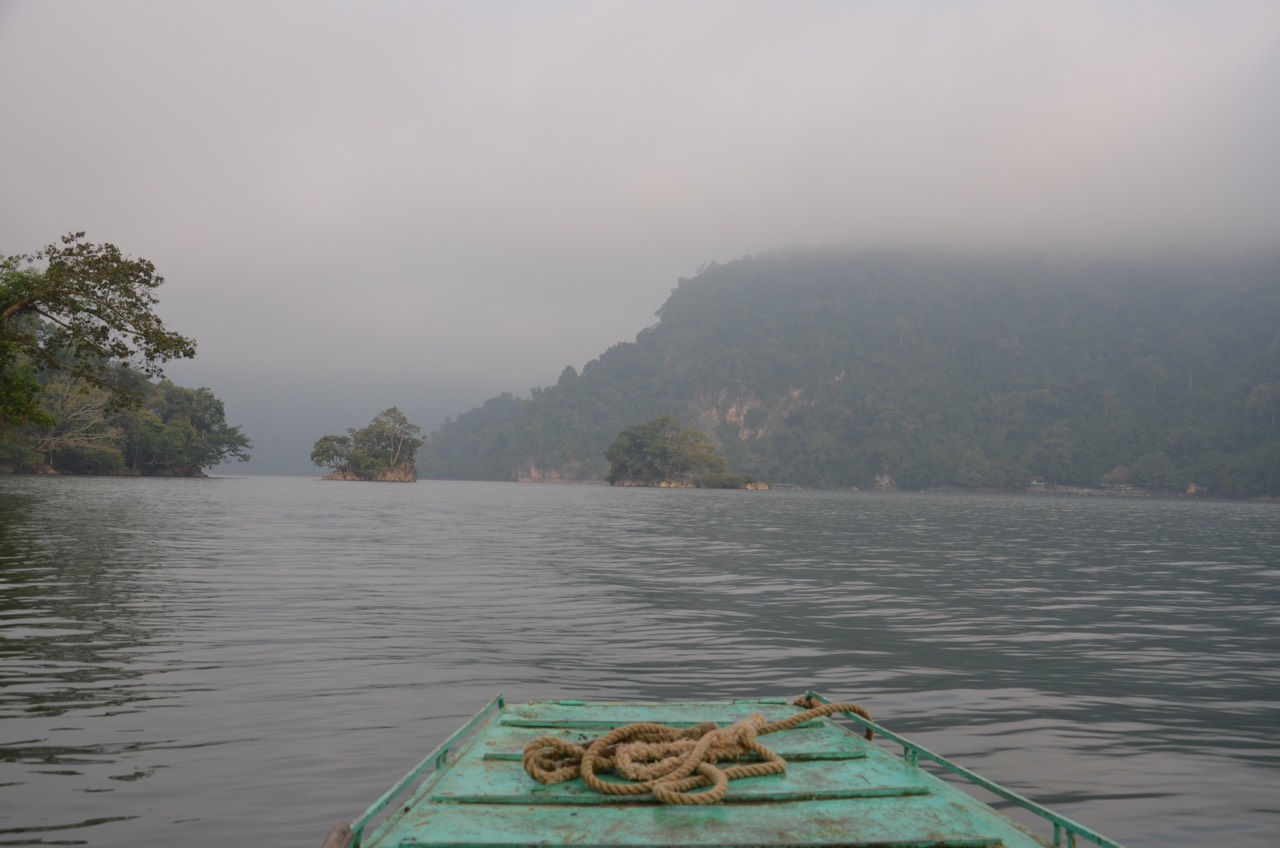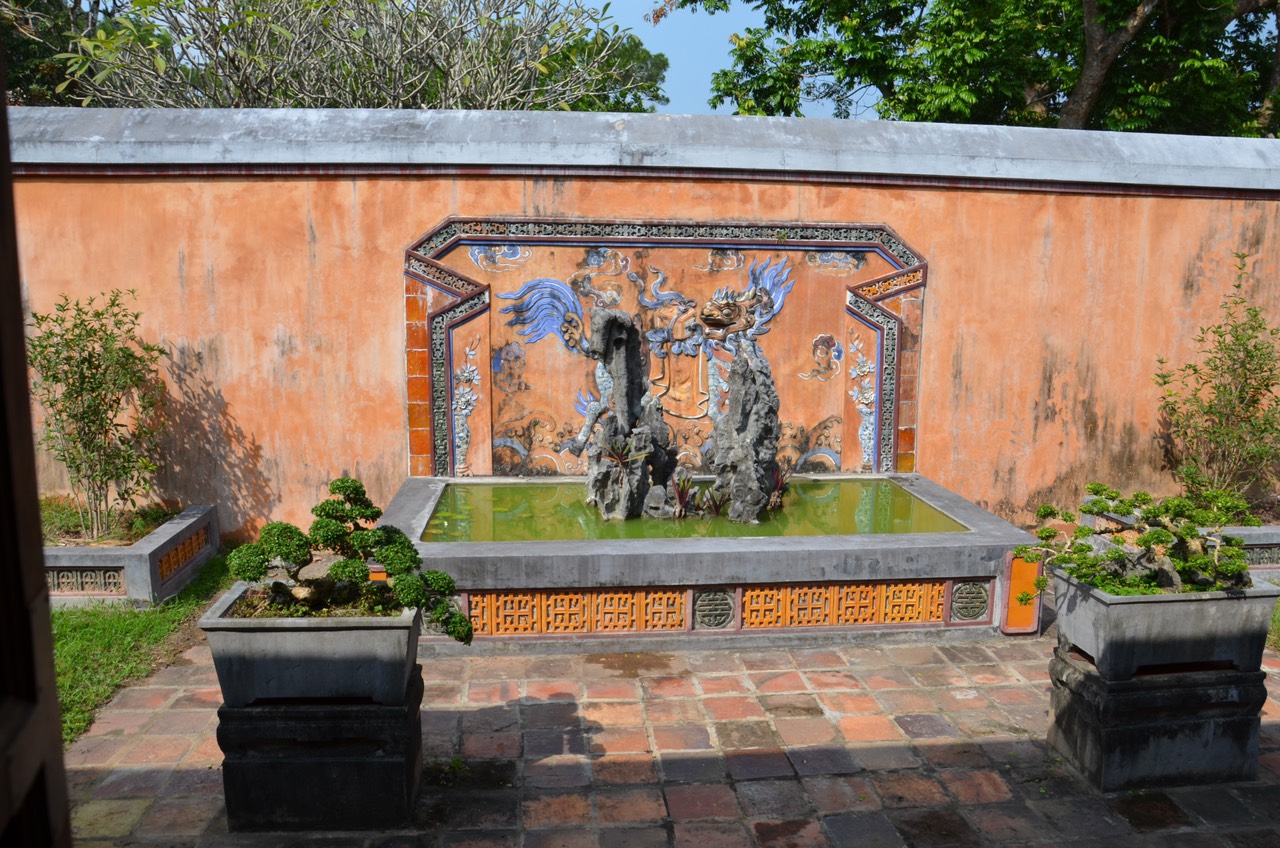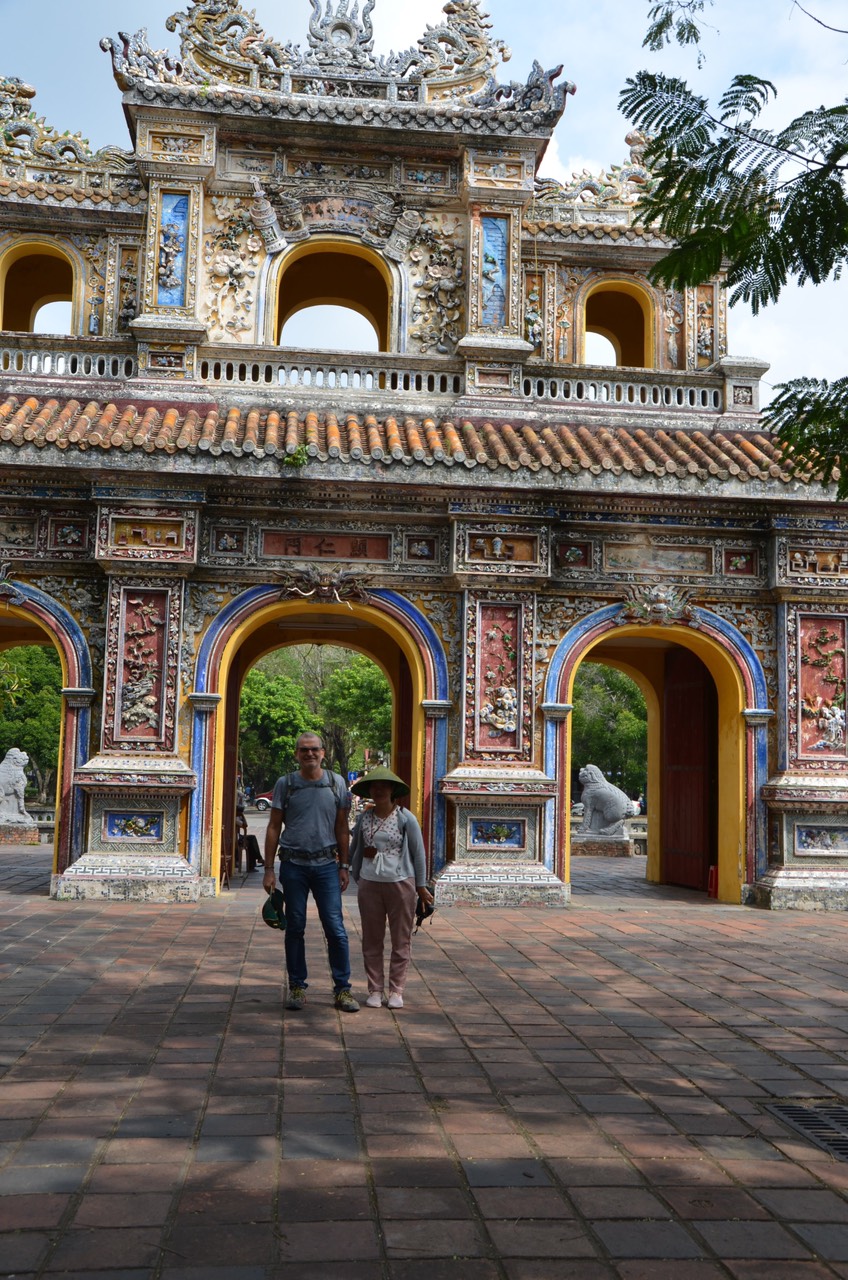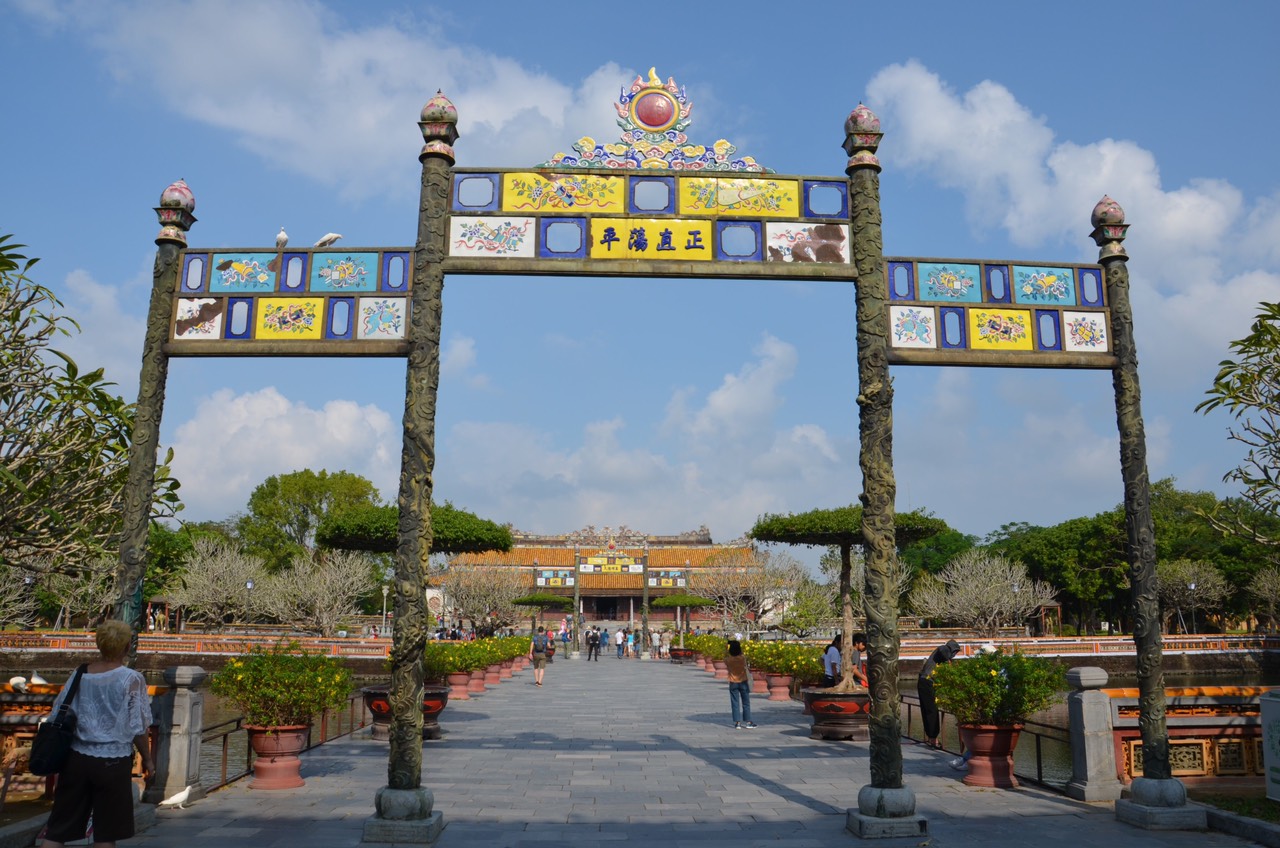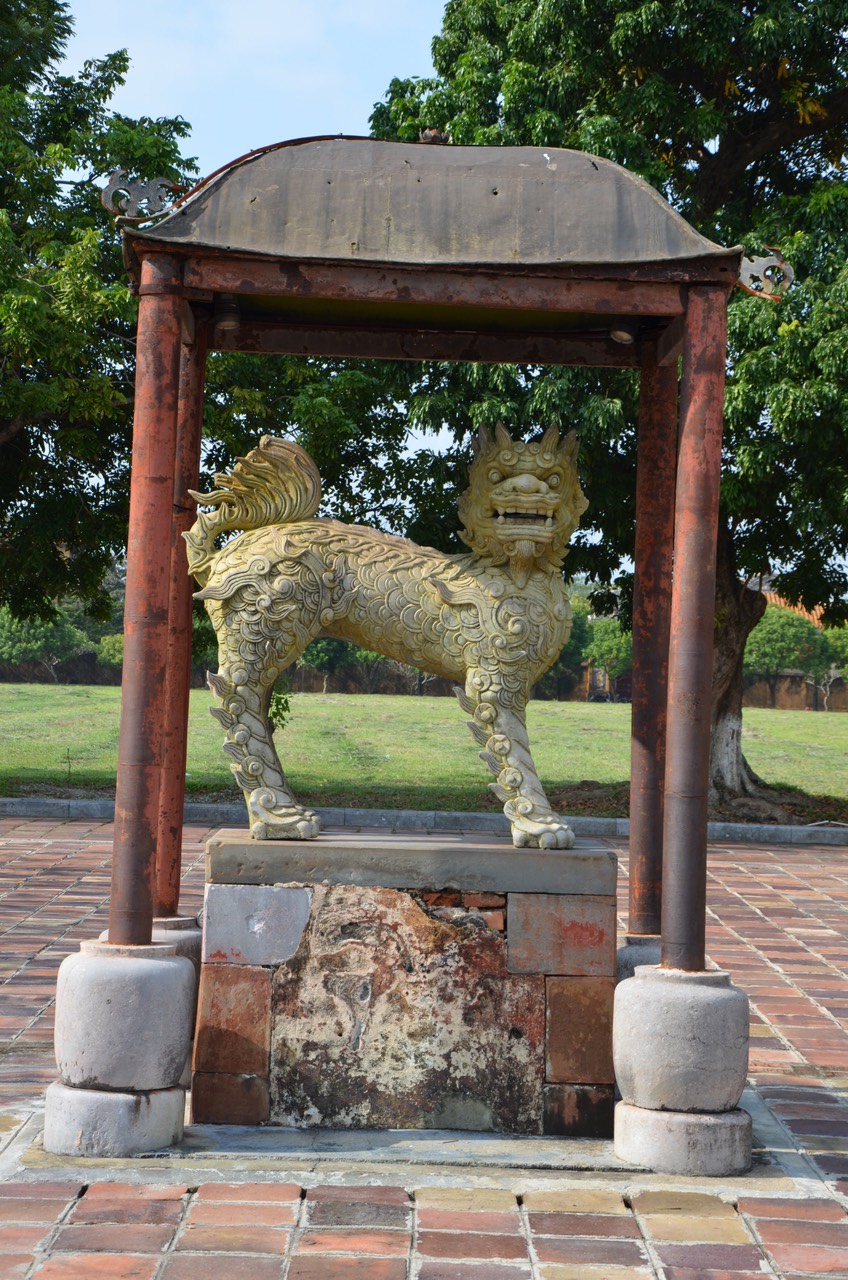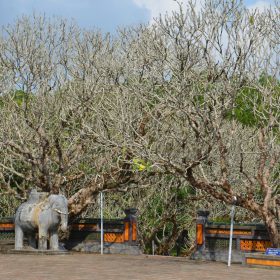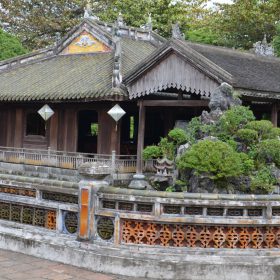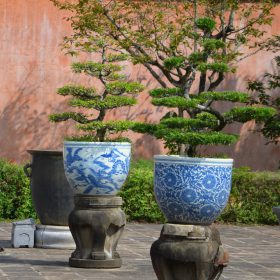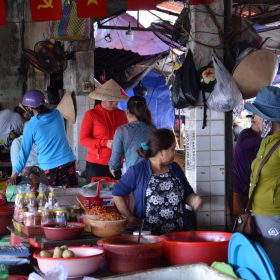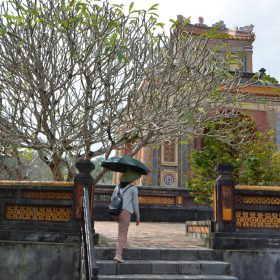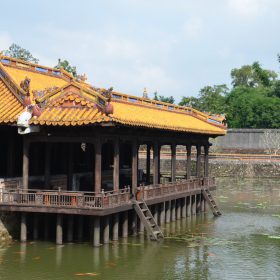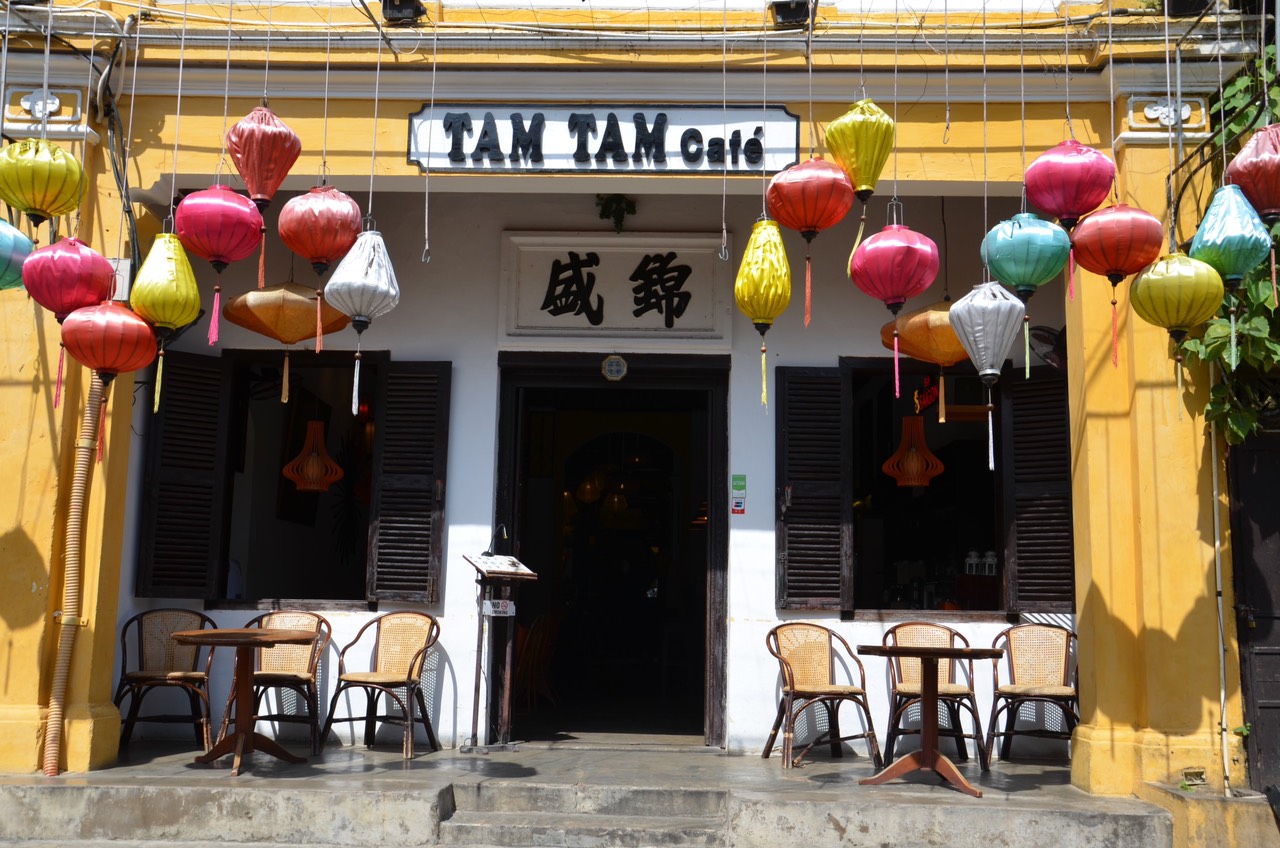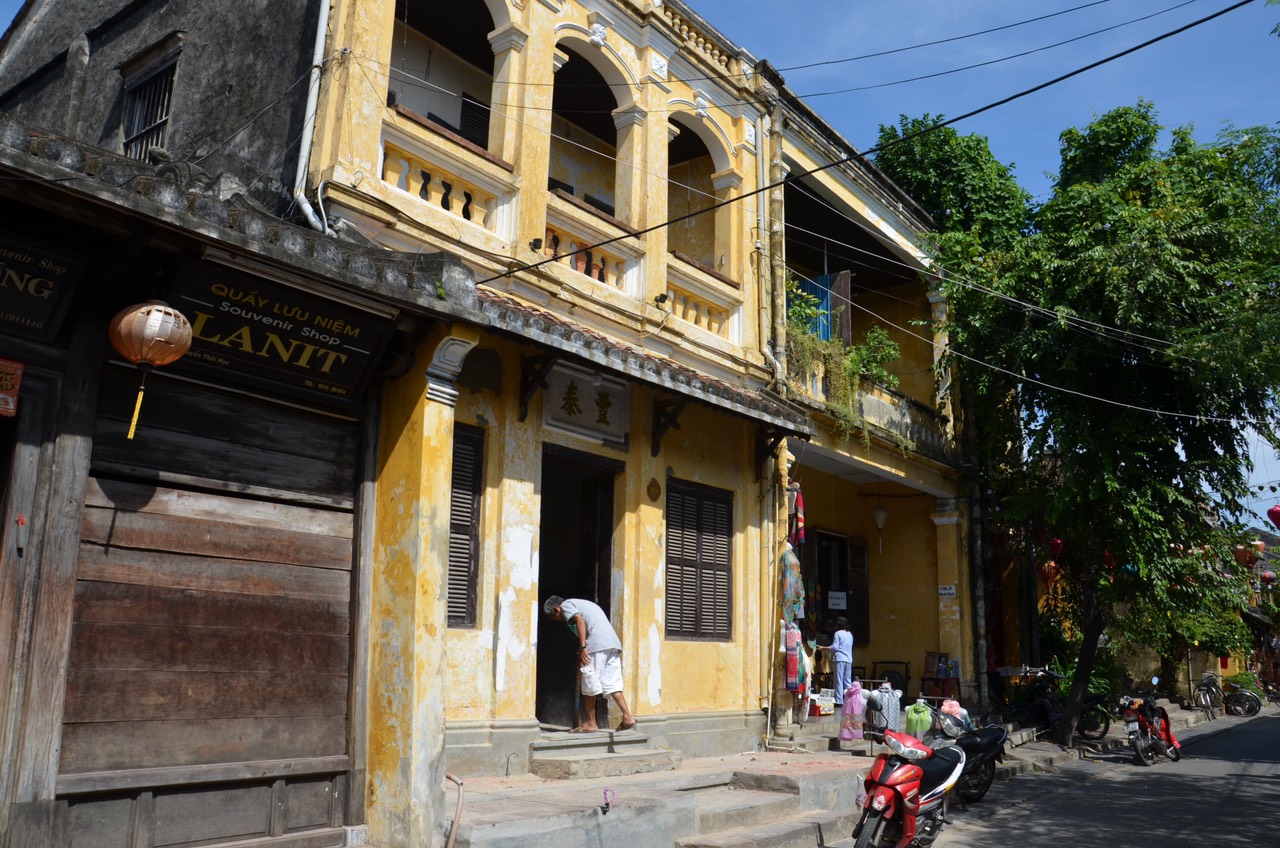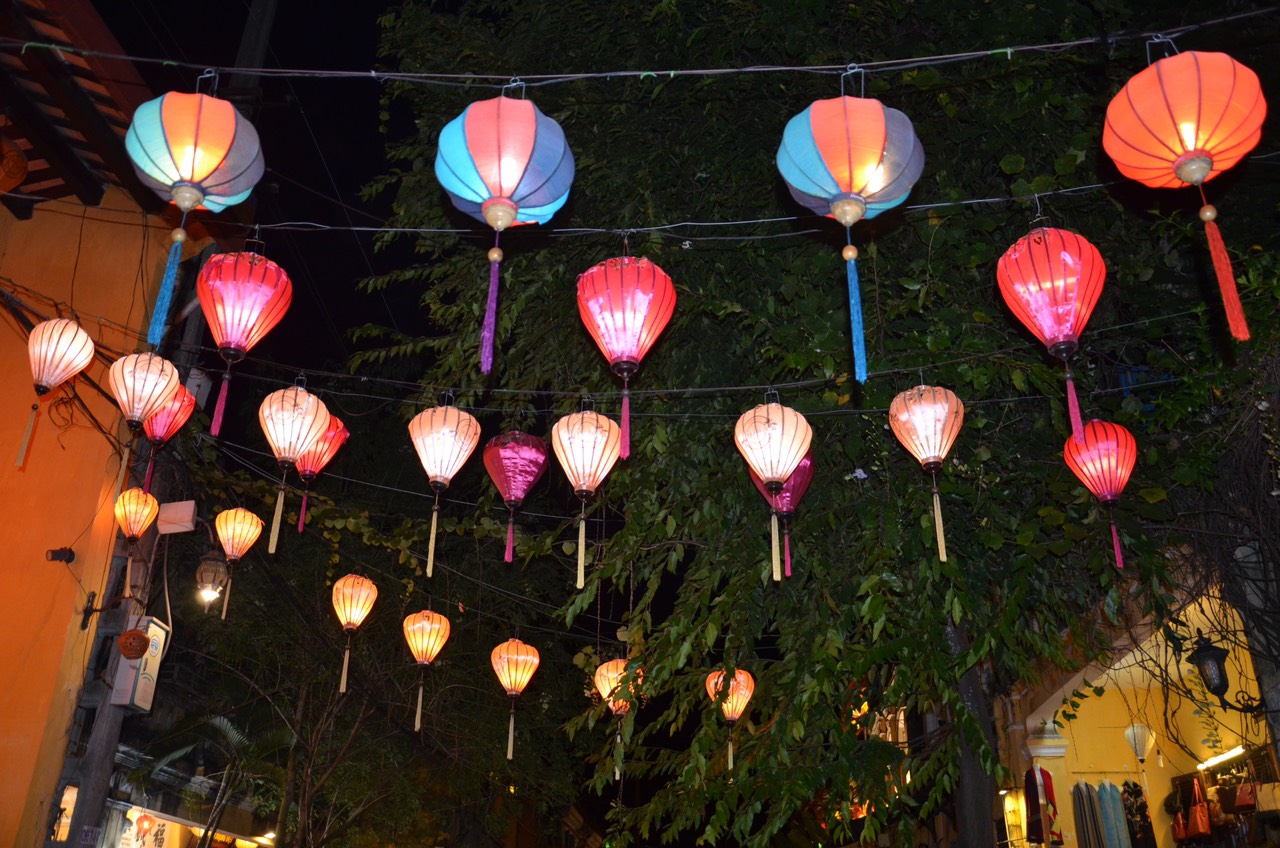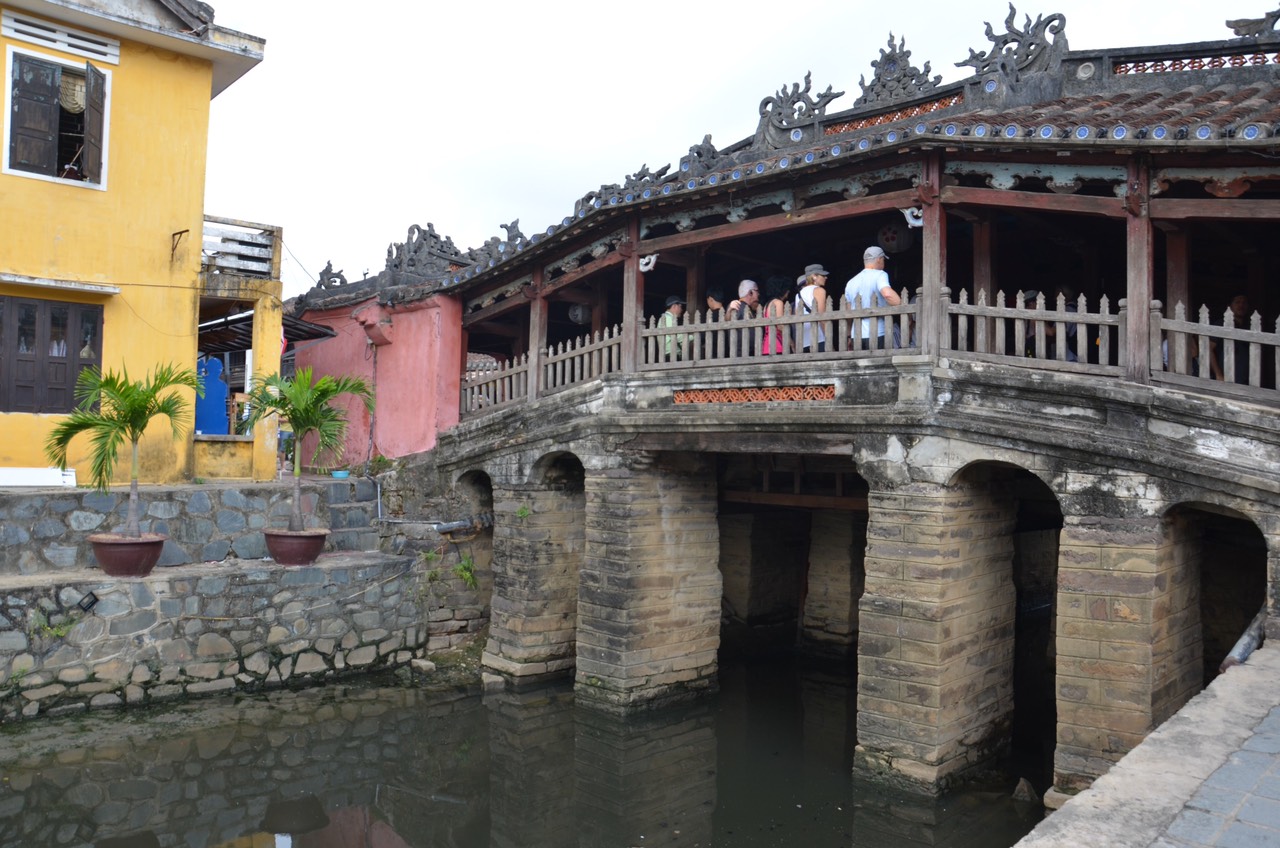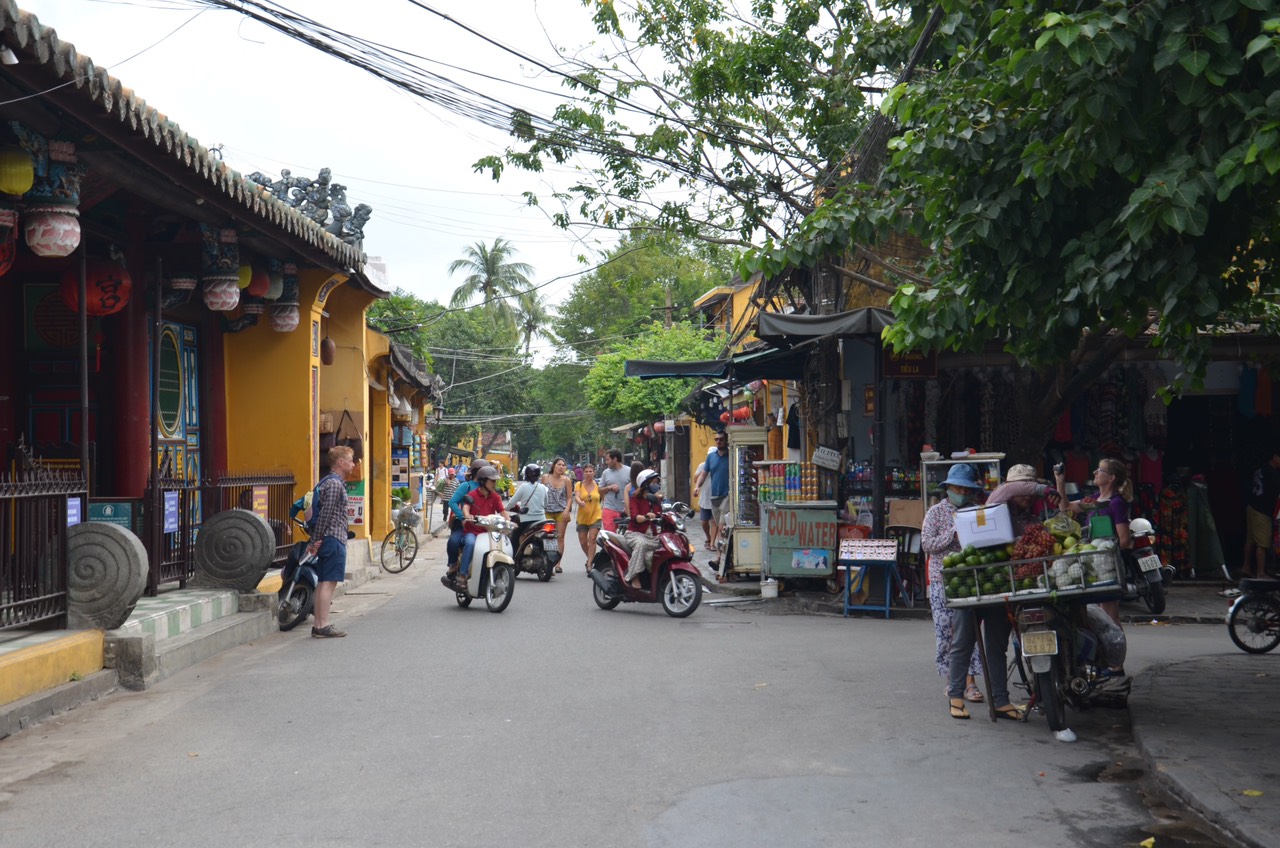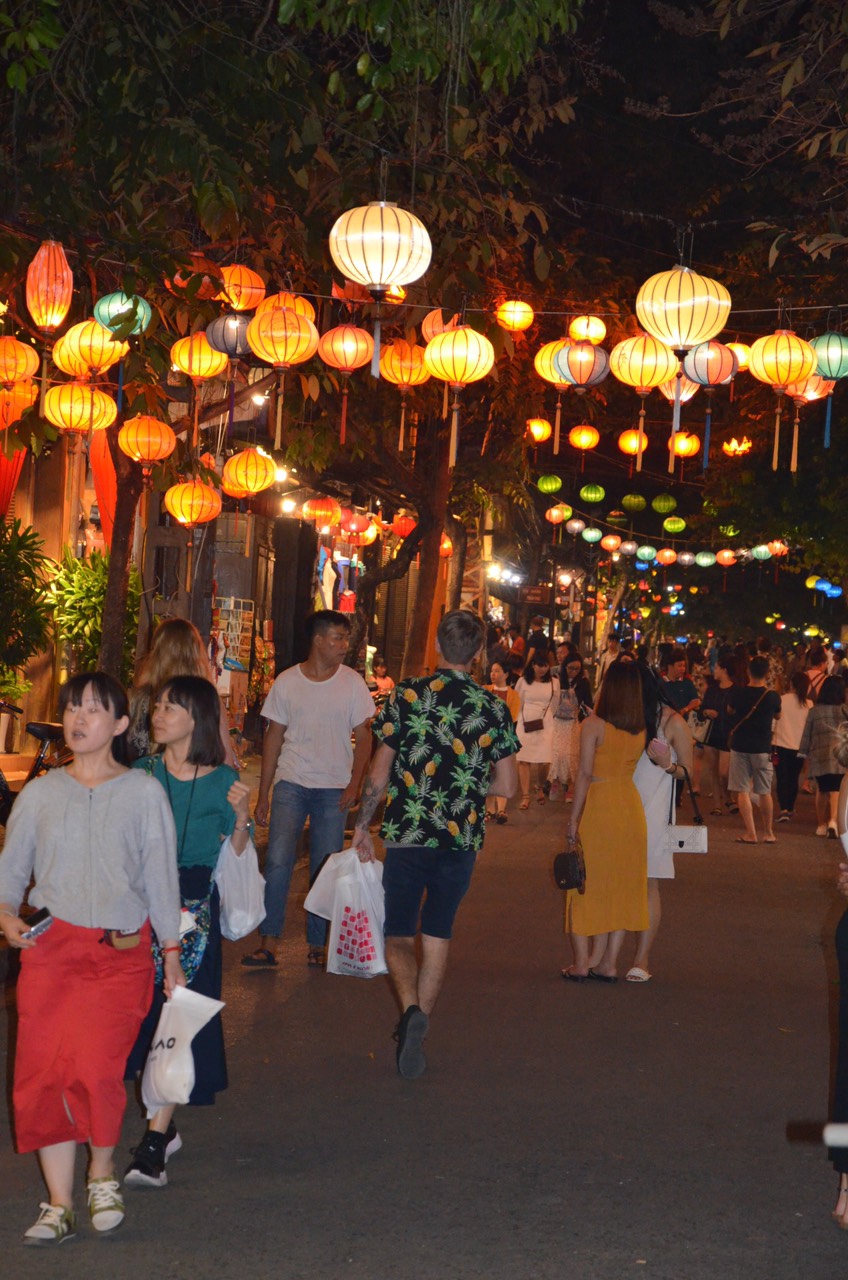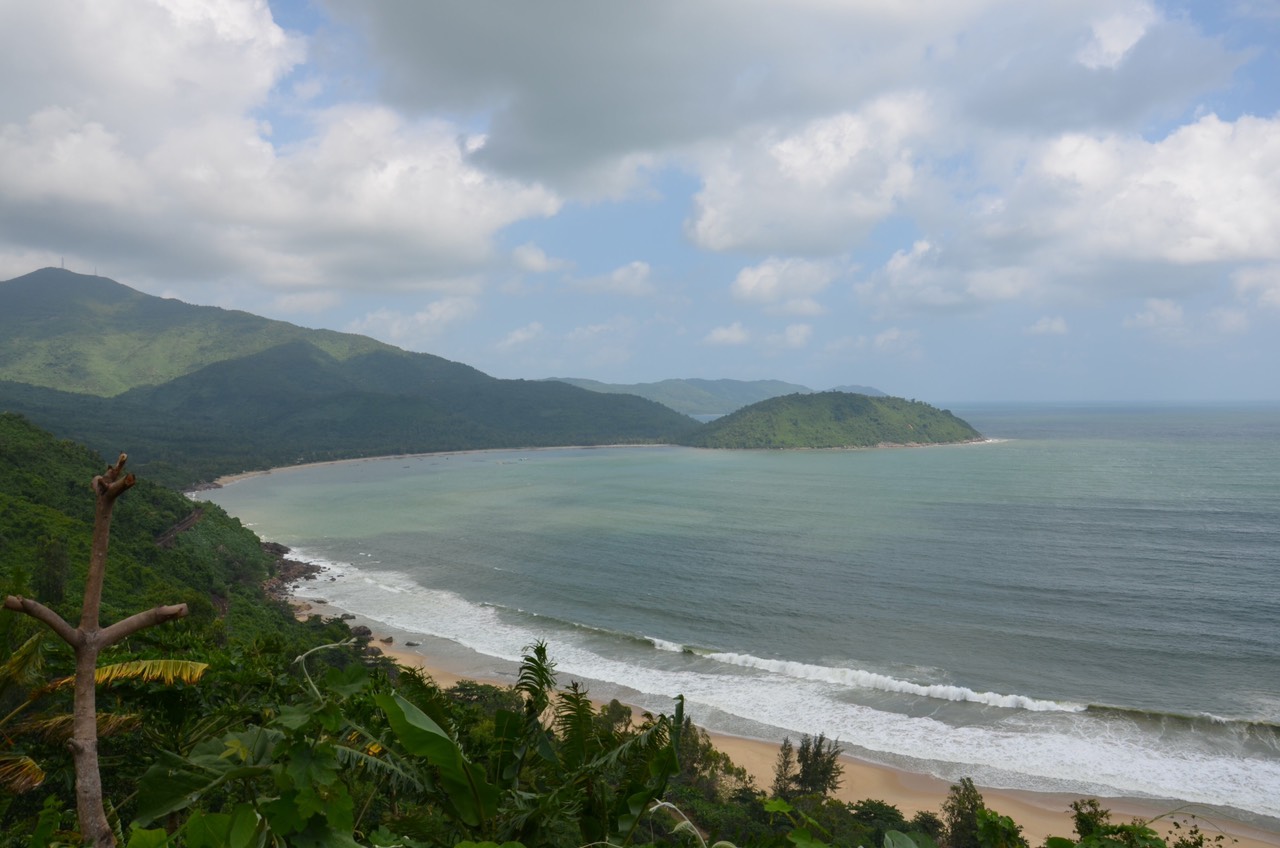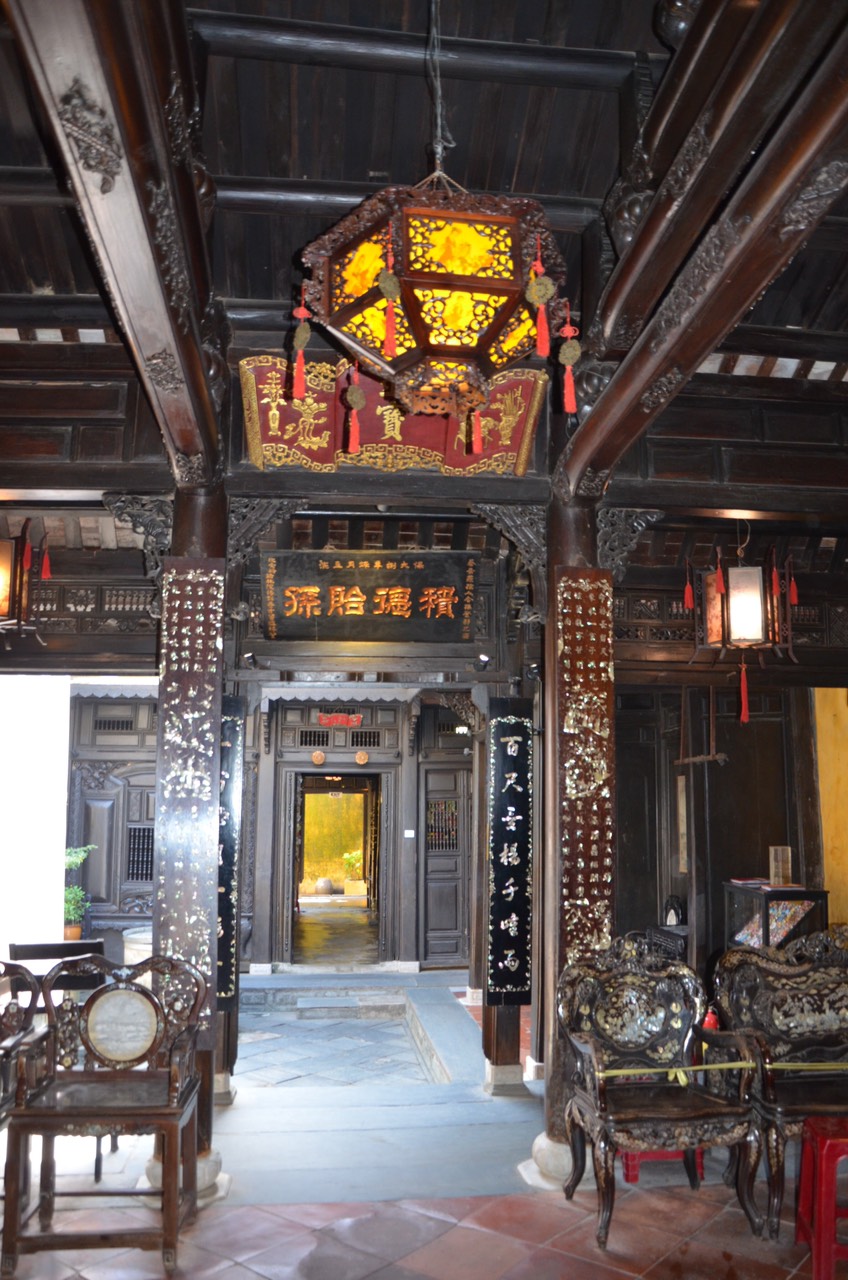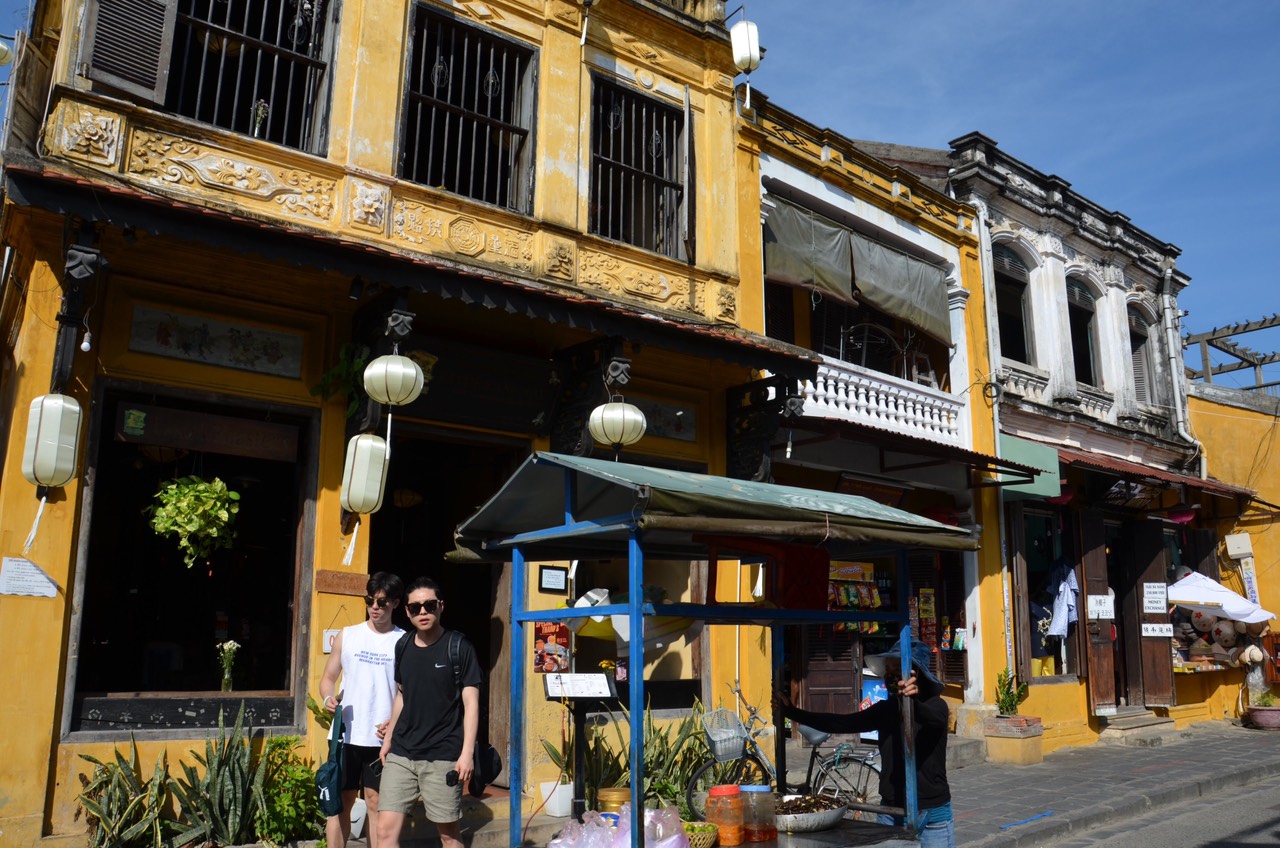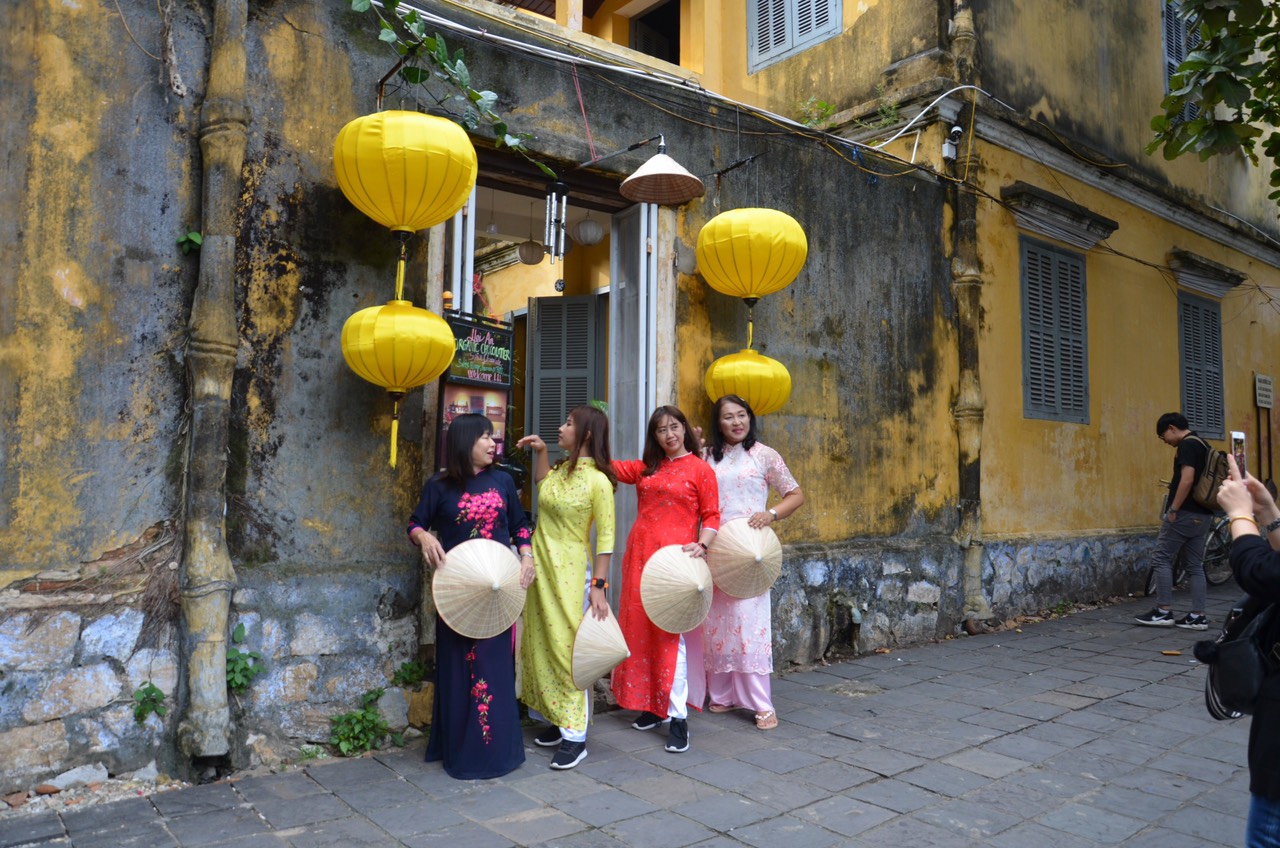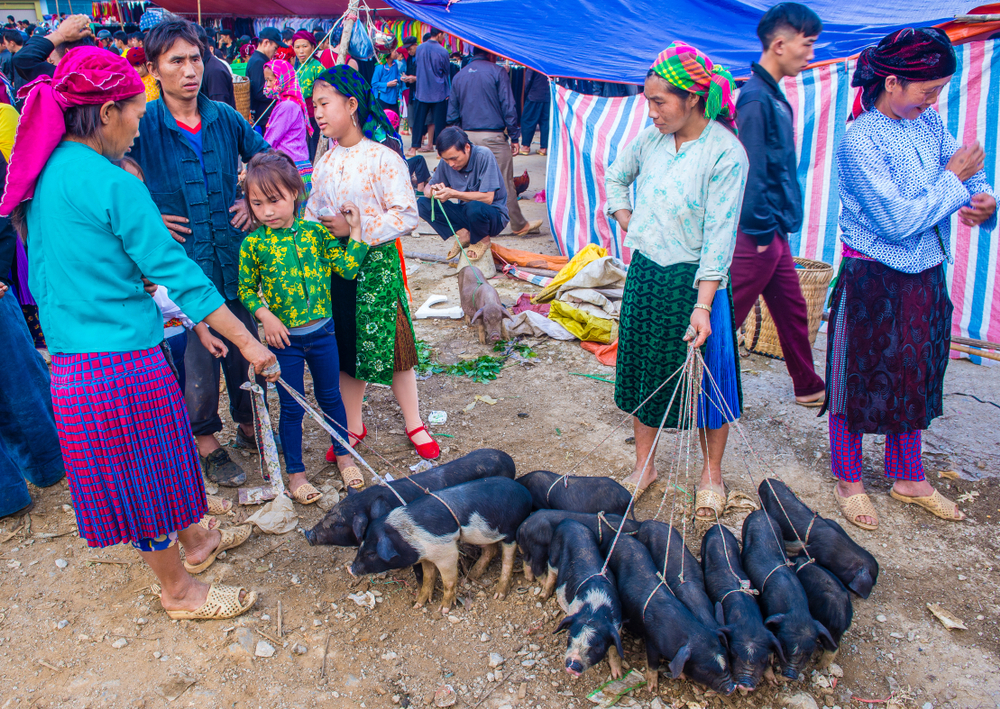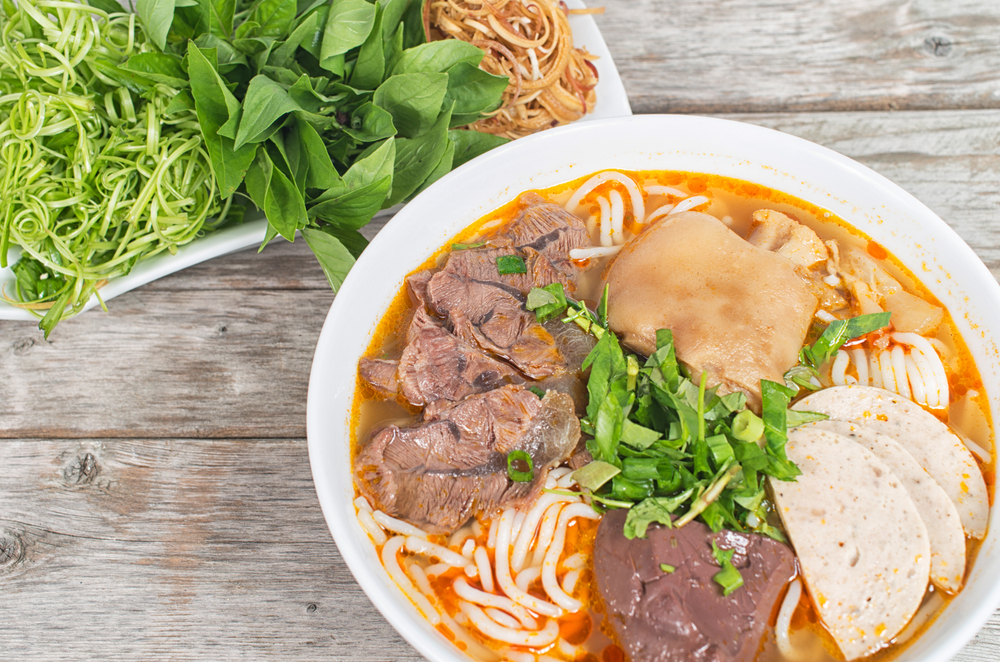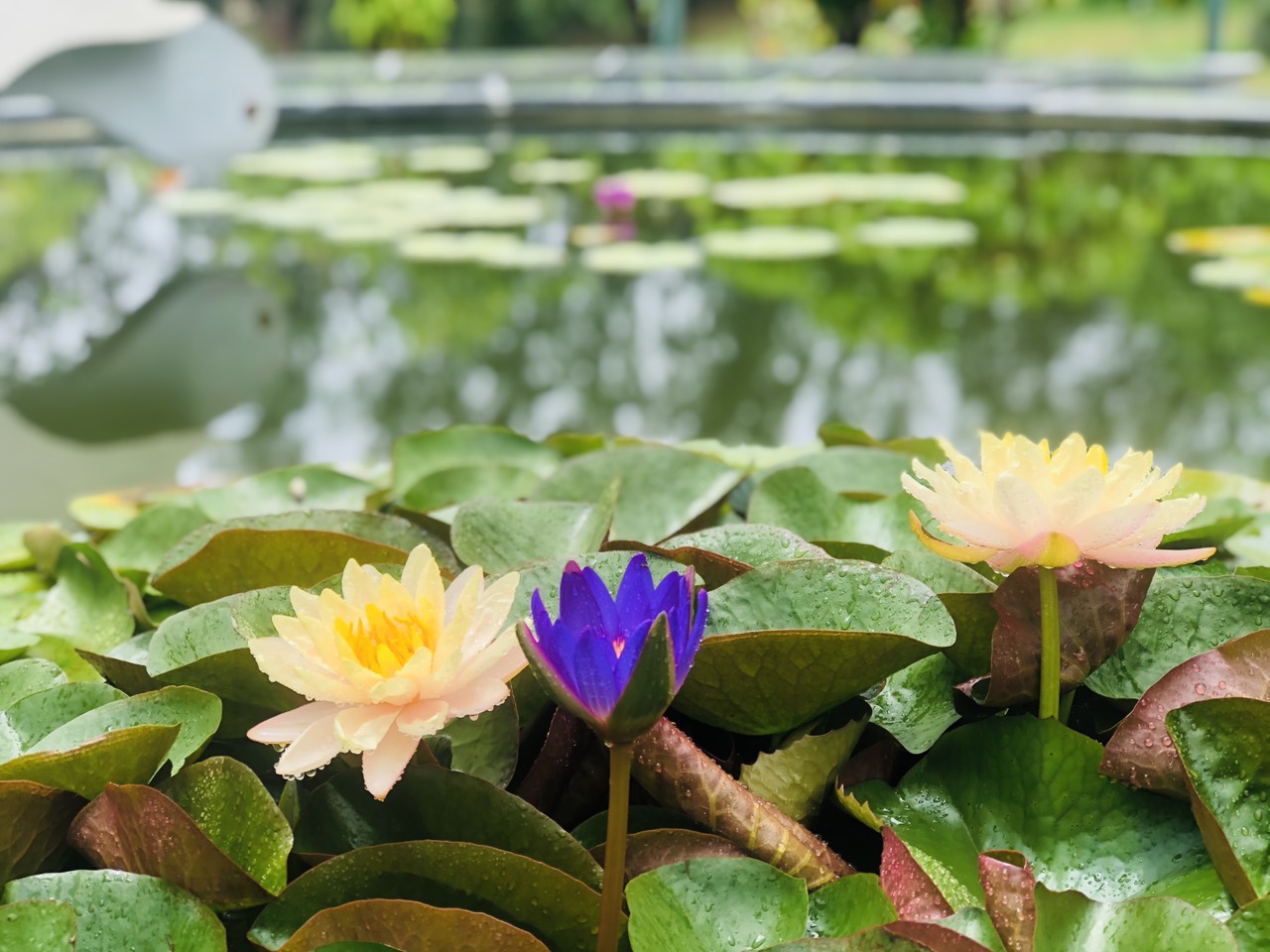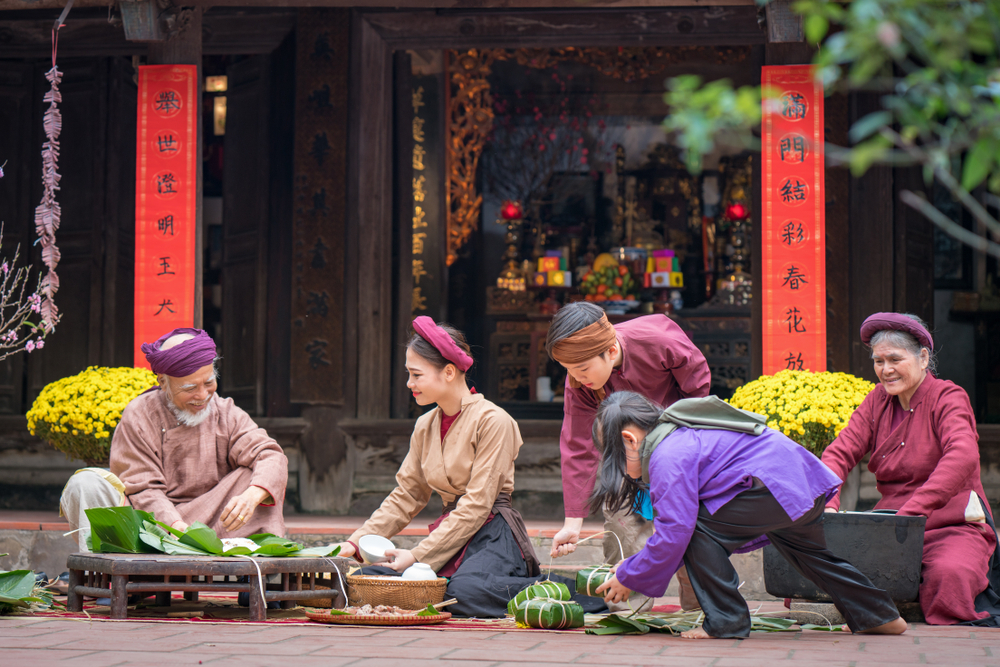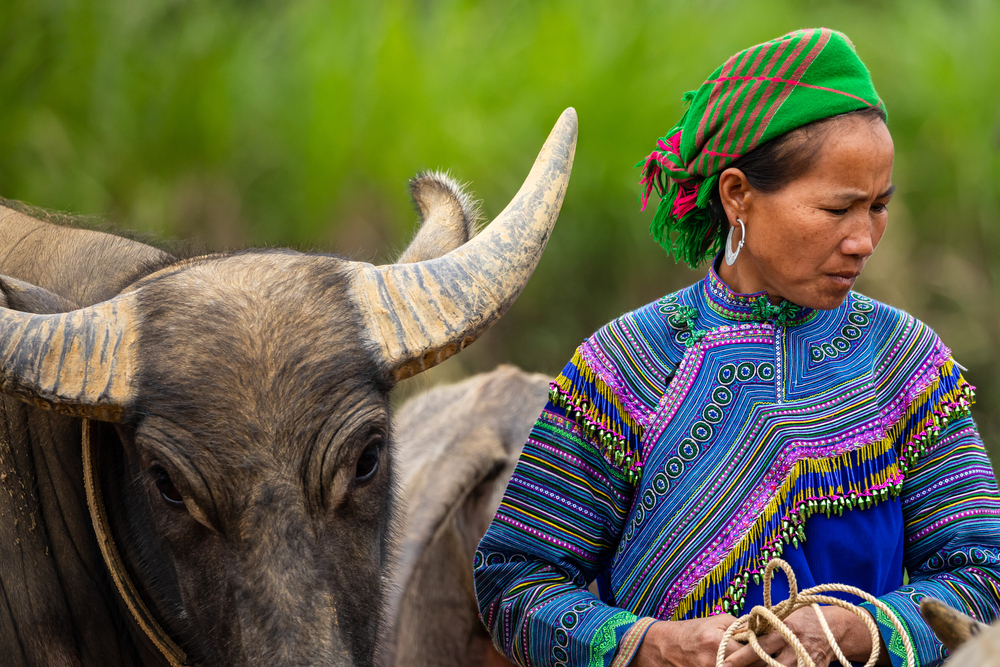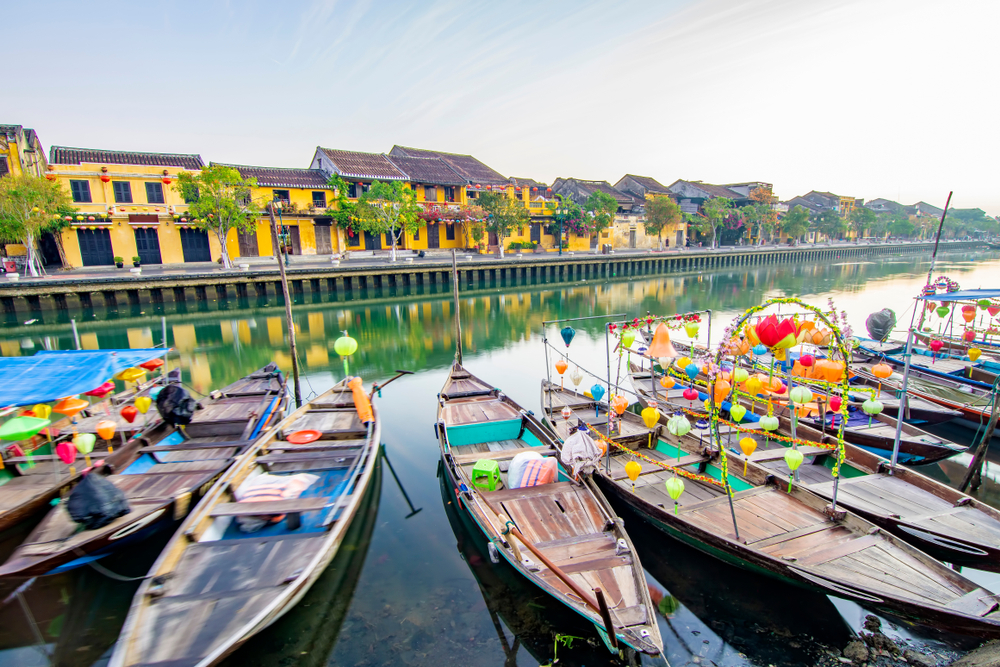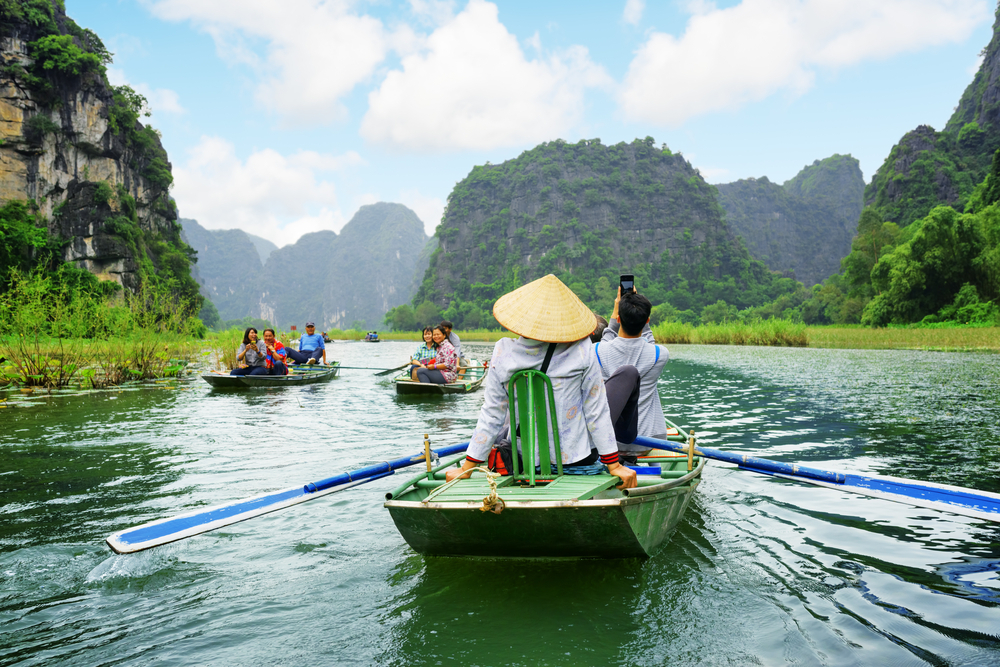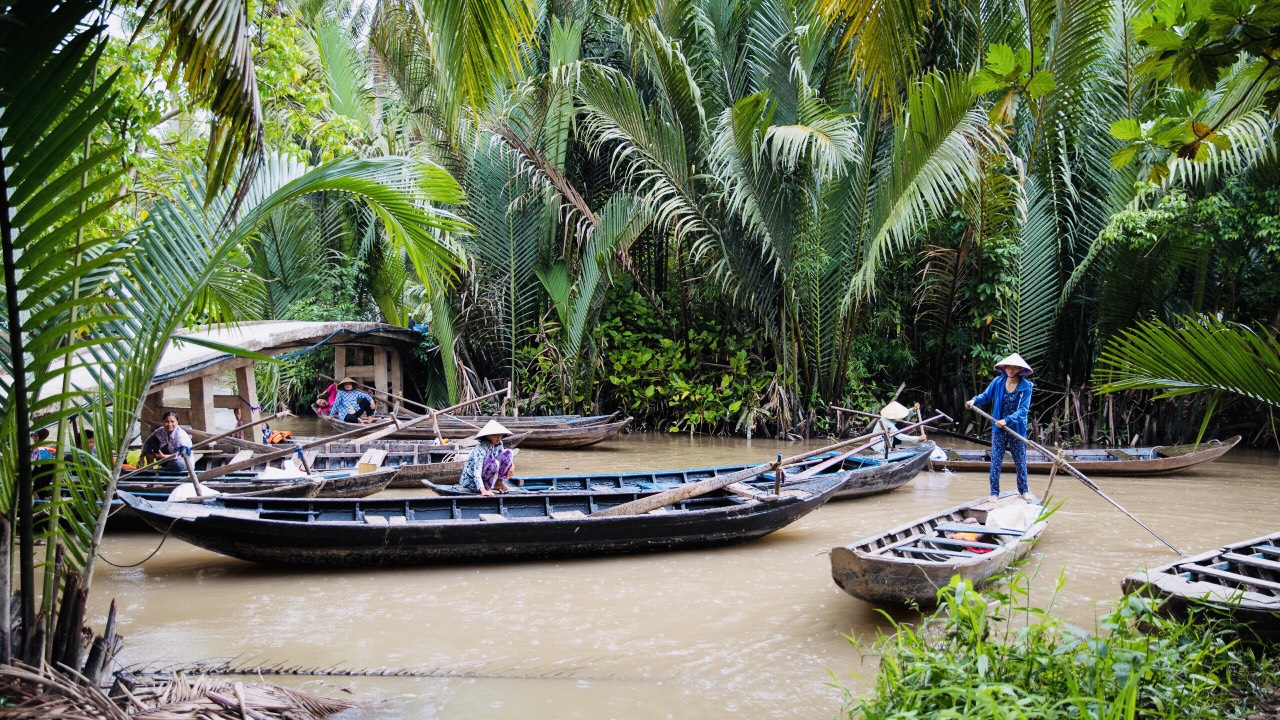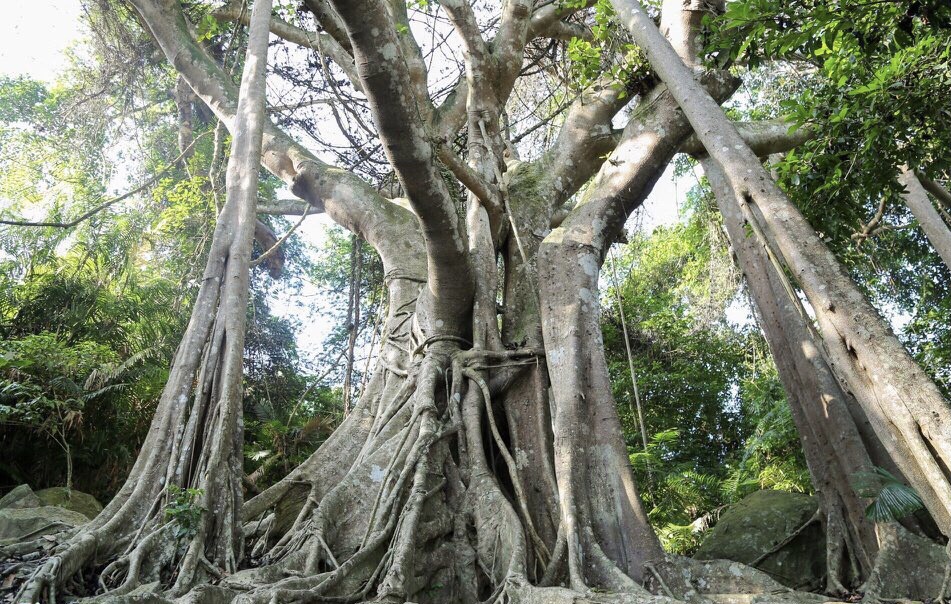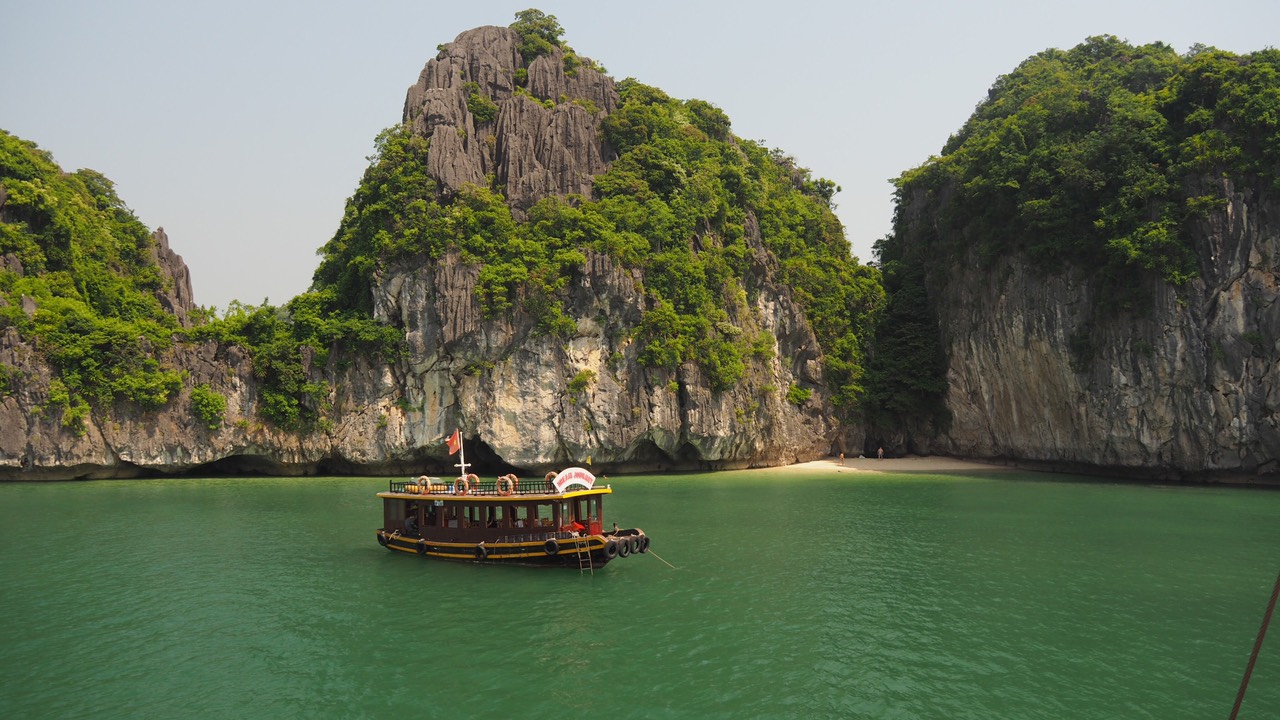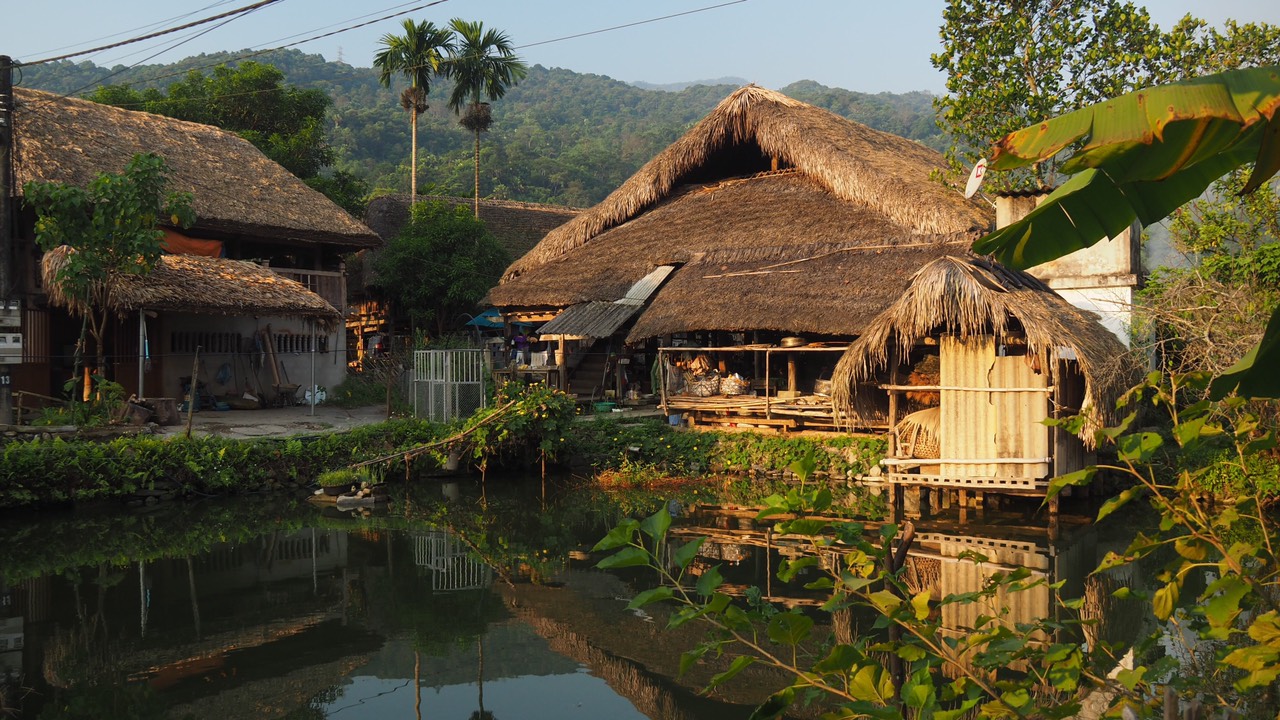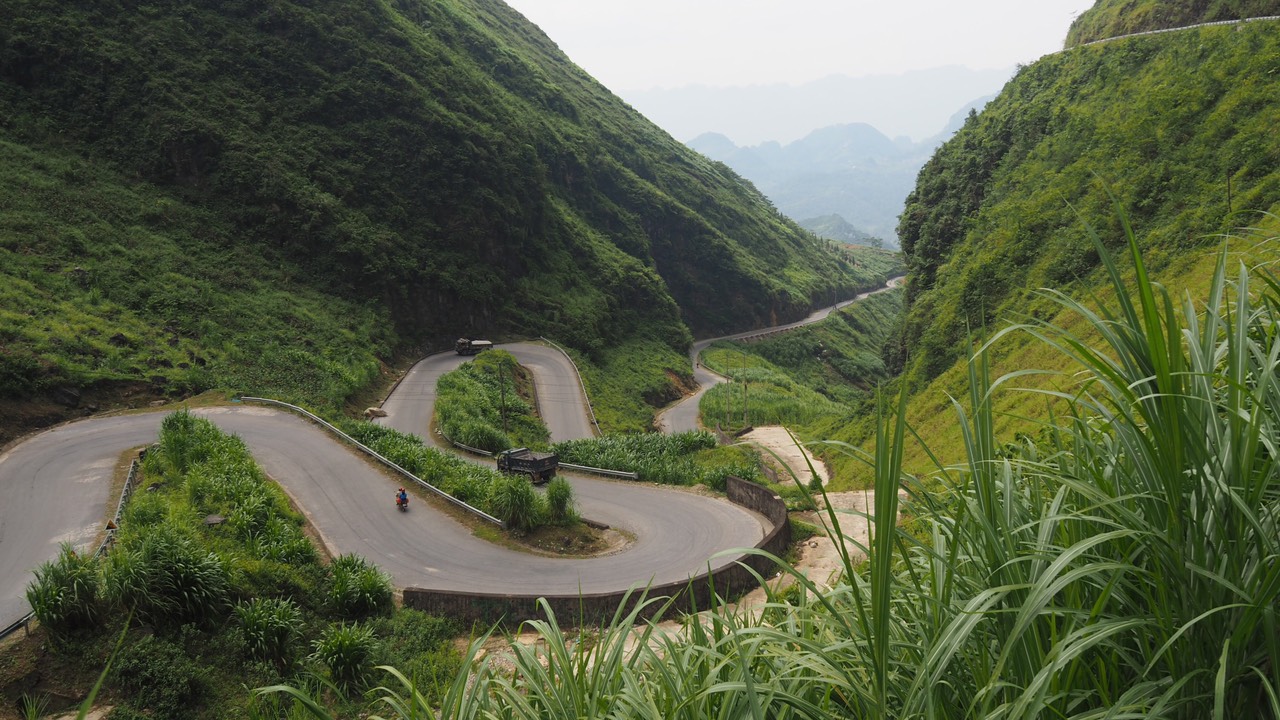
Discovery of landscapes, encounters with local populations, stories and unforgettable moments through photos taken by our clients during trips with our team.
————————————————————————————————————————————————————————————
Couple M. Frédéric Dauvergne from France, 2 persons, from 5/11/2019 to 25/11/2019.
Tour in North and Central Vietnam in 21 days : Hanoi – Ha Giang – Dong Van – Meo Vac – Bao Lac – Ba Be – Baie Lan Ha – Ninh Binh – Hue – Hoi An
>>> Read also :
Travel experiences of the group of friends Mrs. Florence Lepère
Travel experiences of the family group Mrs. Nicole Morel
Looking for a change of scenery and authenticity? Direction Hanoi, the capital of Vietnam !
Which city has a rich heritage? According to us, it is undoubtedly the most charming city in Vietnam with all its beauty and authenticity.
Multiple possibilities of activities and visits.
With its hundreds of pagodas, its preserved architecture, its street vendors, its unique atmosphere and its excellent cheap street food, all the ingredients are gathered for a total change of scenery and an unforgettable discovery.
A city walk to discover the old district of “36 streets and corporations”. Every square meter of sidewalk is used for commerce, and it is not uncommon to come across merchants whose entire merchandise is on a bicycle or motorcycle.
This land of contrasts, a subtle mix of western and eastern style with its buildings of the colonial era !
Its wide shaded avenues, its lakes, its old quarter (where all the stores are grouped by type of trade) but also its cultural richness, its sacred temples, its particular way of life, its animated colorful open-air markets and its street vendors make it a city not to be missed.
The rice harvest in Ha Giang. The harvest takes place 4 months after transplanting.
Rice, the main staple food of the Vietnamese, is grown throughout the country.
It is harvested by hand by mowing it with its straw.
Meeting the ethnic groups of the mountains of North Vietnam
Long day of road to join Dong Van located at the extreme north of the country at only a few kilometers from China. We completely change the scenery of our trip. The rice fields and the greenery are replaced by the vertiginous karst formations where the inhabitants grow corn. The karst plateau of Dong Van is classified as a karst geopark by UNESCO.
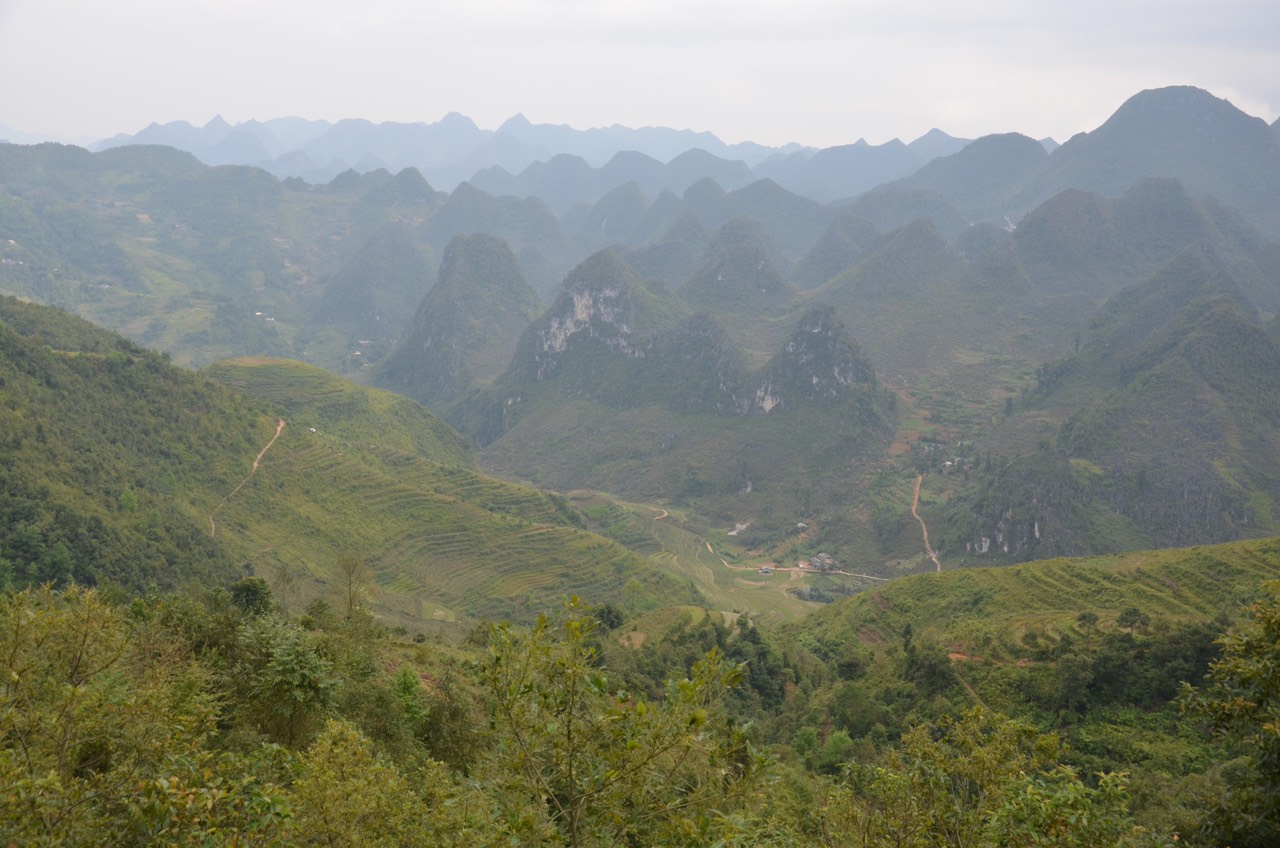
Beginning of the karst plateau of Dong Van
As soon as you leave Ha Giang city, the landscape becomes strange with countless sugar loaves.
The landscapes are breathtaking.
On the other side of the pass is the karst plateau of Dong Van classified by Unesco for its unique landscapes and its rich heritage.
The karst peaks stretch as far as the eye can see. The landscapes are always breathtaking. We make there several nice meetings, in particular children.
Ethnic minorities are everywhere in the region, whether on the roads, in the fields but especially in the colorful weekly markets. It is absolutely necessary to see at least one of them during the Ha Giang loop.
Discovery of the big weekly market of Dong Van where every Sunday morning, the inhabitants of the villages of the area come to sell and/or buy various products. Stroll between the different stalls, cattle sellers, butchers, toys, meat, fruits, alcohol, vegetables, telephones, clothes, incense, in short there is everything. The market is also the place where people gossip, where single people play the game of seduction, where people come only to stroll… For the event, the minorities (Hmong, Dao, Tay…) dress in their most beautiful traditional costumes.
The area is full of minority markets, whether you want to see H’mong, Dao or Tay there will be what you need.
The landscape around is just spectacular.
This colorful market, located outside the classical tourist circuits, keeps all its authenticity.
A new hike of 2h30 awaits us in the afternoon, on the heights of Dong Van and Meo Vac through ethnic hamlets and corn fields. On this climb, we cross several small villages inhabited by the Hmong people.
Our path passes on the karst cliffside which overhangs the impressive Nho Que gorge. The view on the mountains around is simply magic.
There are always Hmong working in the fields. On this not very fertile ground, they use the steep slopes of the mountains to cultivate corn.
At the end of the hike, we get back in our vehicle and continue our trip to Meo Vac by following the spectacular “road of happiness”. Carved in the cliff, the road overhangs the waters of the Nho Que, embedded in a deep gorge.
We certainly drive on one of the most beautiful roads of Vietnam. Then following the Gam River, we arrive at Bao Lac, the country of the Black Lolo.
The RDV program in unknown territory was shot with rugby player Frédéric Michalak in this region. “It’s harder to be a black Lolo than to make a rugby world cup,” he says.
The arrival on Ba Be lake at sunset, really sublime.
Green and quiet setting. All the homestays have sublime views of the lake in the heart of the lush tropical vegetation and there is almost no noise, it is very relaxing.
Boat trip on the lake
Departure for Lan Ha Bay, little sister of Halong Bay, boarding on a private junk.
Navigation in the middle of innumerable karst peaks. The boat joins a floating village where the main activity is seafood breeding.
Then outing in a sea kayak, another way to discover the place, bike ride in the park, admire the sunset.
The decoration is magical.
The region of Tam Coc is distinguished by the remarkable diversity of its cultural sites and by its amazing karst landscapes crisscrossed by rivers and carpeted with rice fields that have given it the nickname “land Halong Bay”.
On the program: Boat trip, visit of the ancient capital of Hoa Lu and the stone cathedral of Phat Diem, climbing on the Hang Mua mountain, bicycle ride in the surroundings…
Visit Hue, its imperial city and royal tombs.
This city is known for its history, as it is the former imperial capital of Vietnam during the Nguyen dynasty (1802-1945).
One of its main attractions is its large 19th century forbidden city which is surrounded by a moat and thick stone walls.
Also, it is impossible not to mention the royal tombs of the Nguyen kings which are located in the middle of the hills, along the Perfume River. These tombs of former emperors (Tu Duc, Minh Mang, Khai Dinh…) are part of the history of the city and the country.
And the Thien Mu pagoda: The place is big and monks still live there. The gardens are beautiful and there is a very relaxing Zen atmosphere. A nice collection of bonsai trees is displayed on a small square.
And the trip ends in beauty in Hoi An :
This small town is a unique place in Vietnam. A must-see site that is only 2 hours away from the imperial city of Hue and is a major stop on any trip to Vietnam.
Located on the maritime routes of the silk trade, the old port of Hoi An, well preserved today, can be recognized by its canals surrounded by old mansions of Chinese, Japanese and Vietnamese bourgeois and merchants. It is not surprising that the city served as early as the 16th century as a port of Asia for several centuries.
Crossed by the Thu Bon River which is connected to the sea, it is located on the silk sea routes. This made it an obligatory stopover for international merchants. Numerous houses were built by immigrant merchants as well as a wharf where Indian, Thai, Spanish, Polish, English, French, Dutch, Portuguese, Japanese and Chinese ships docked.
Listed as a UNESCO World Heritage Site, the old town charms with its narrow streets, lanterns, wooden architecture, temples and beautiful surroundings.
